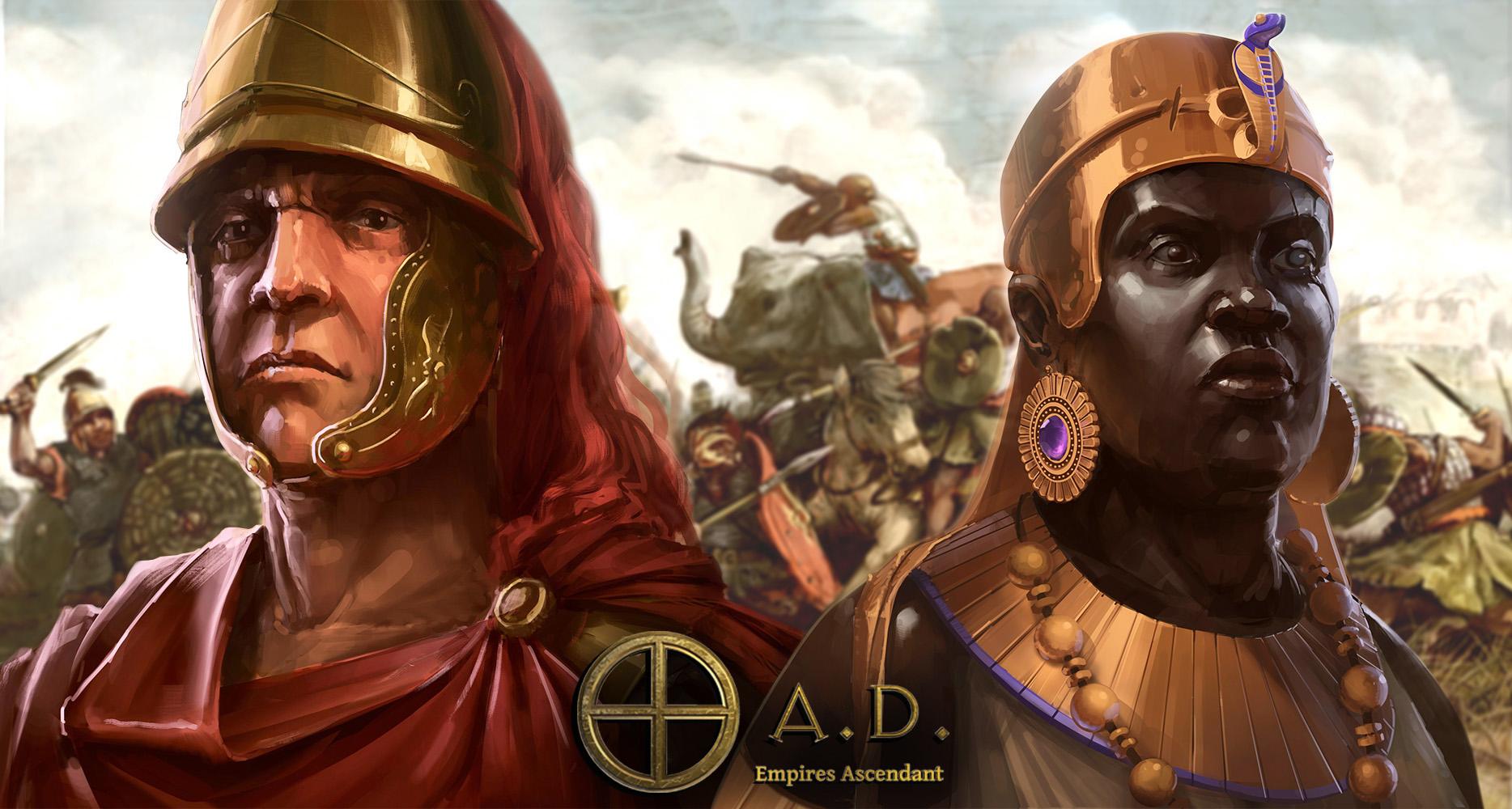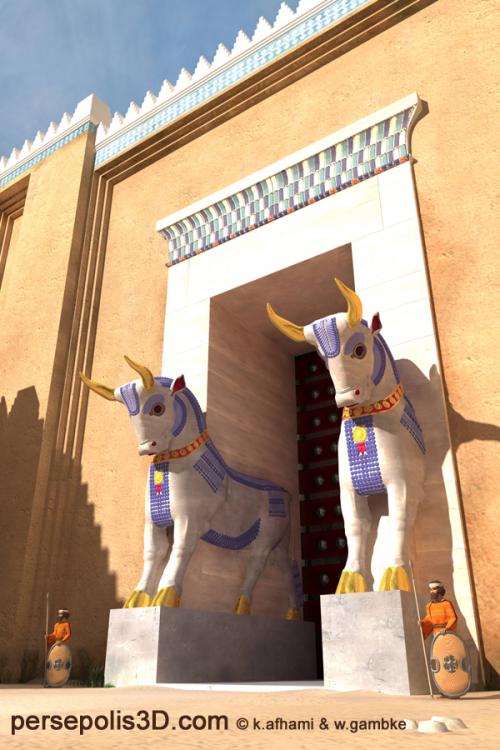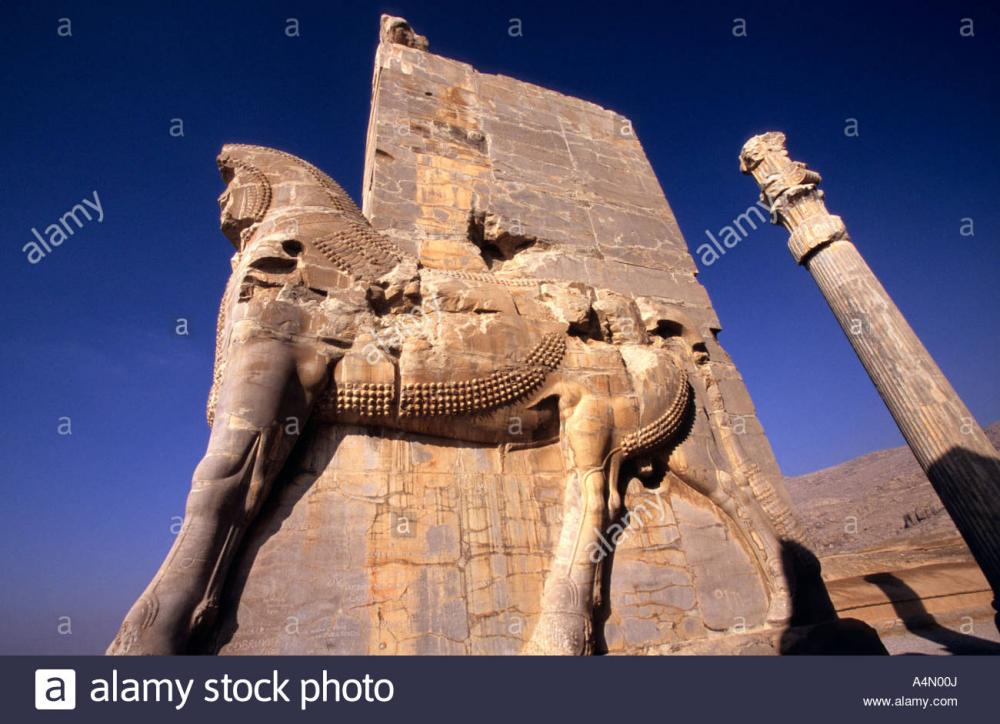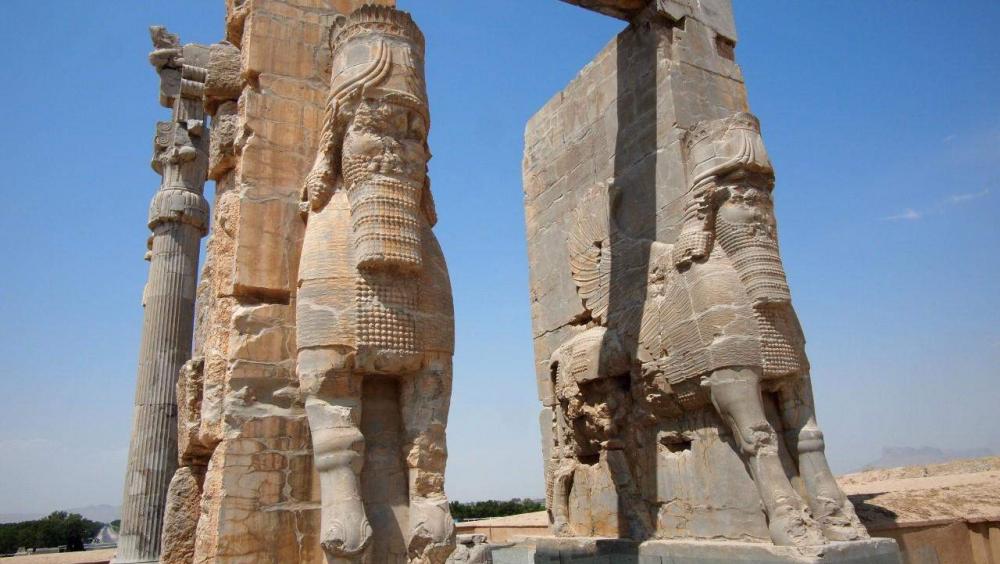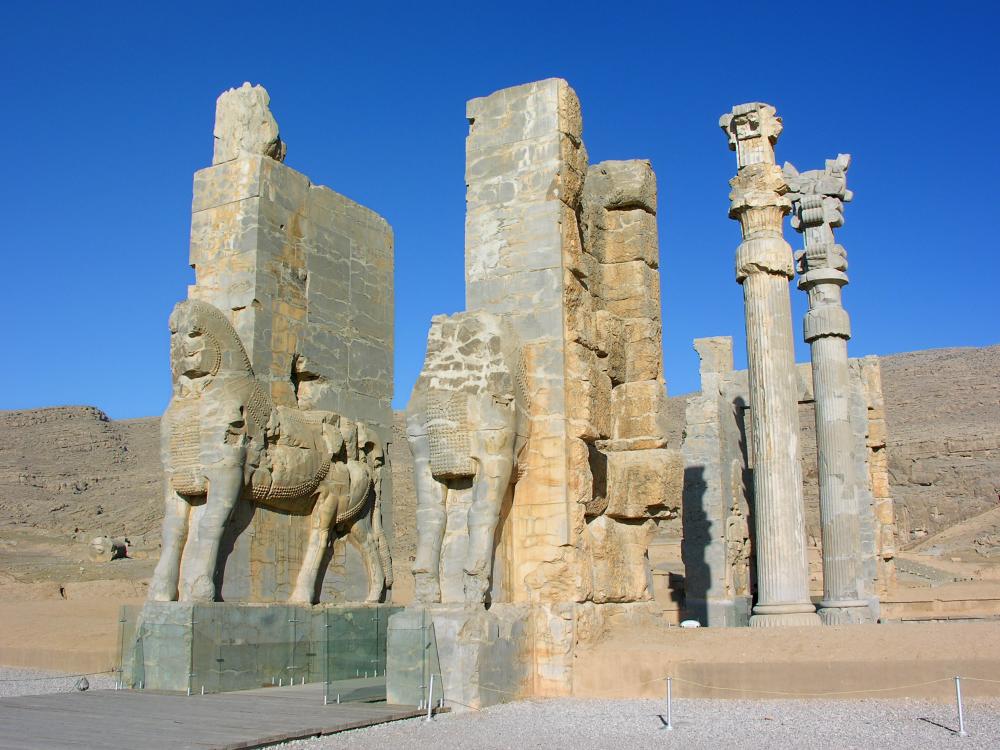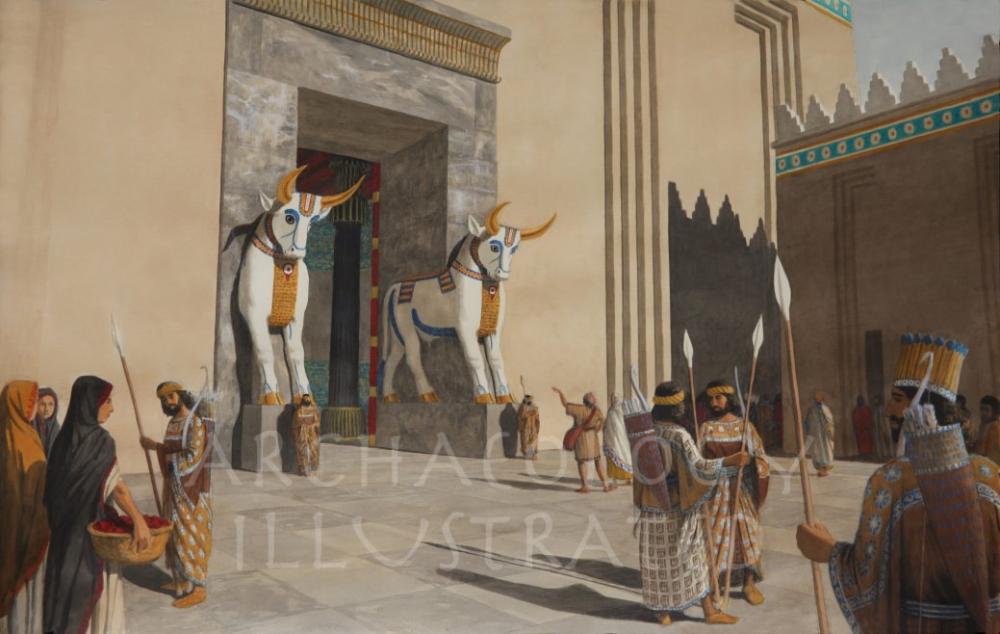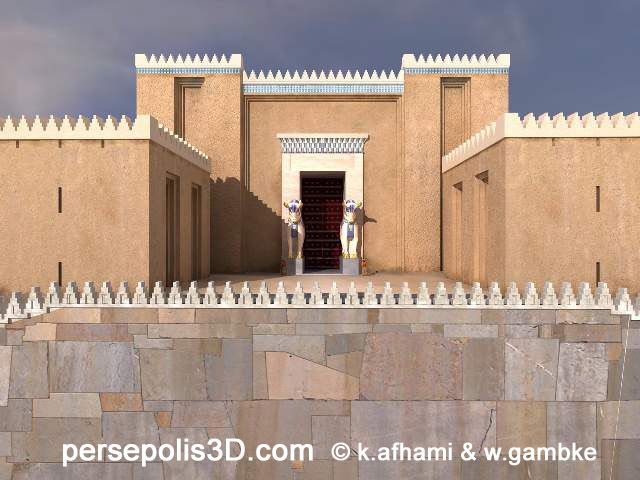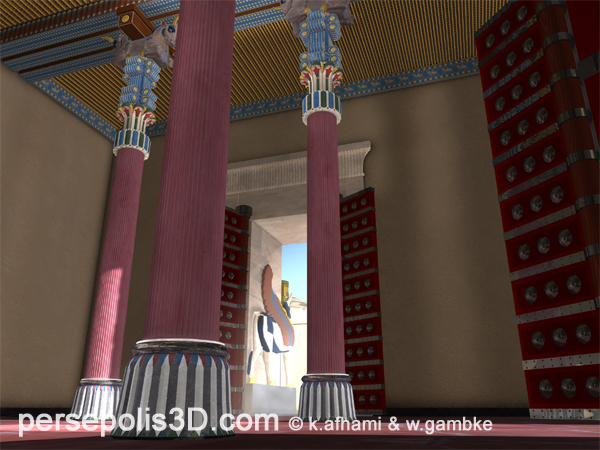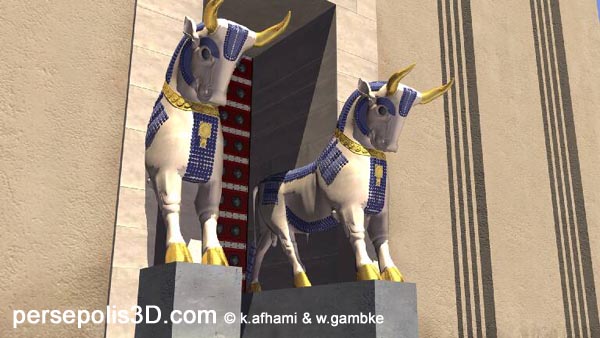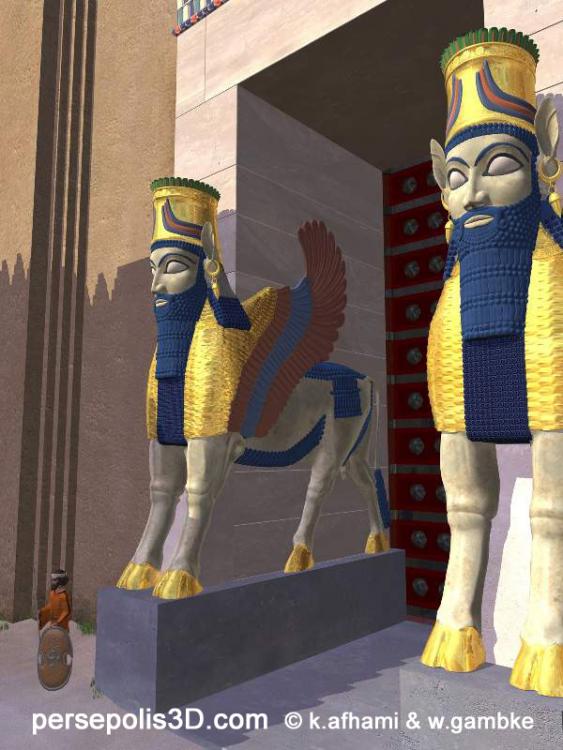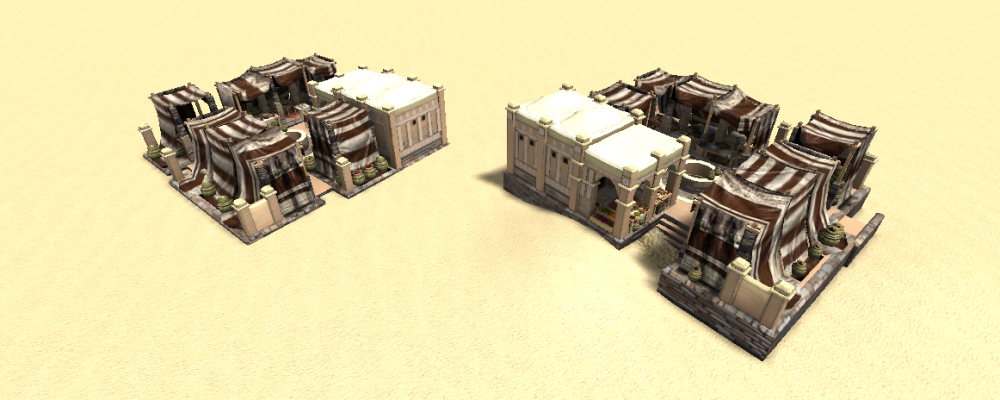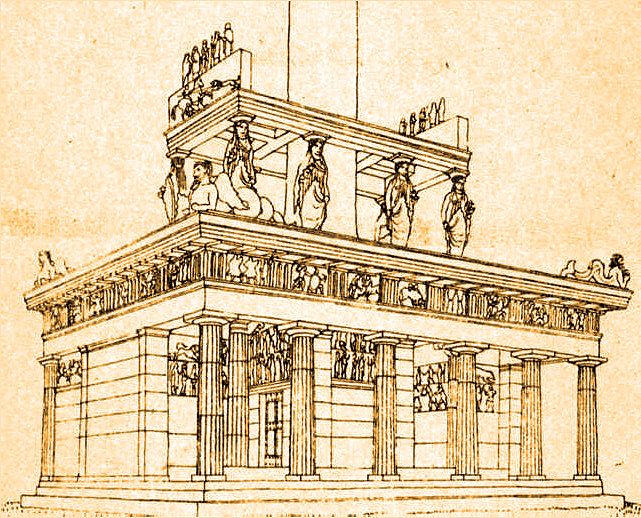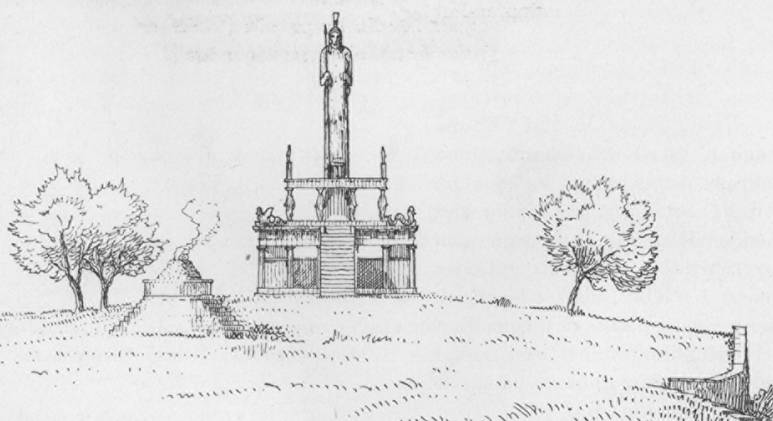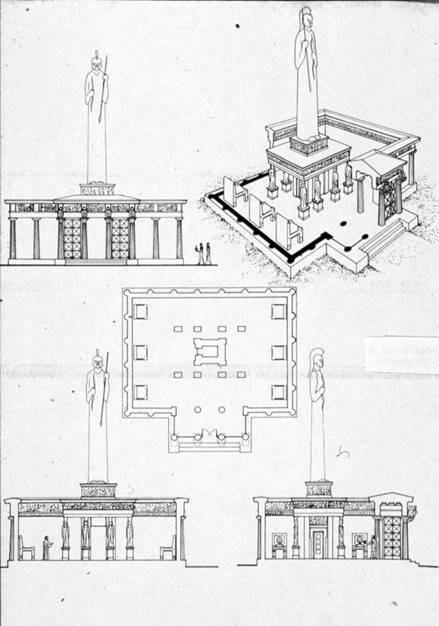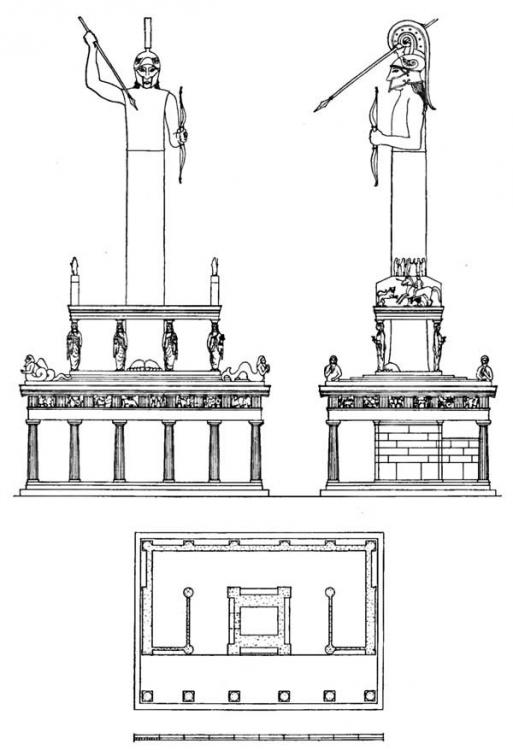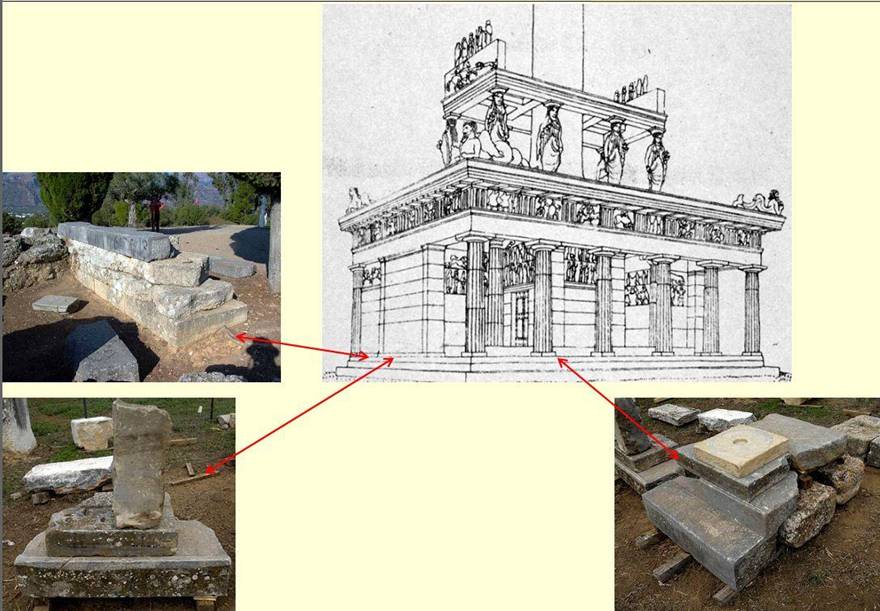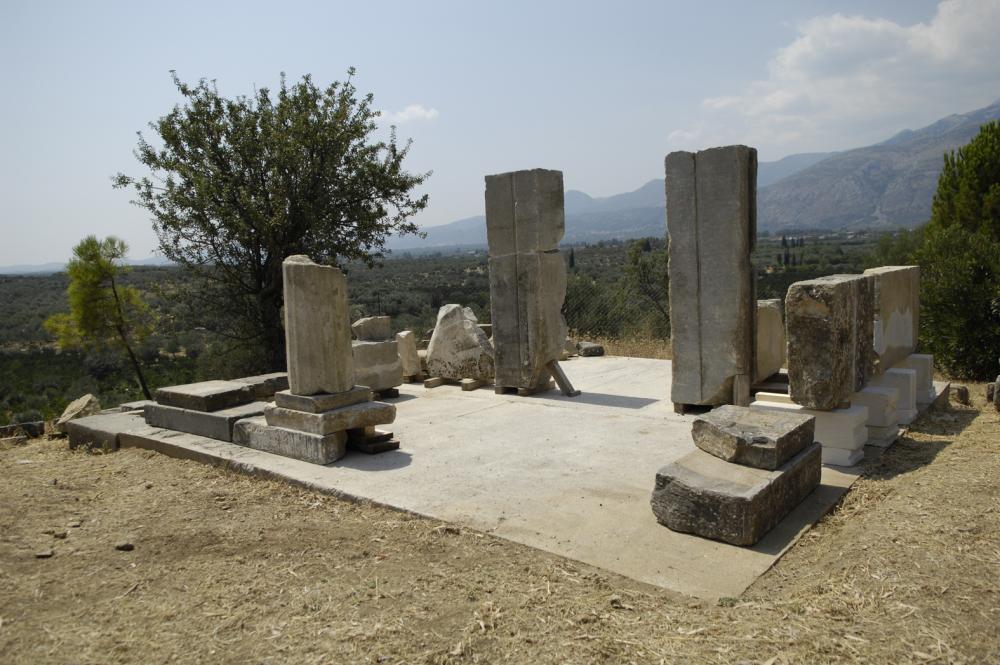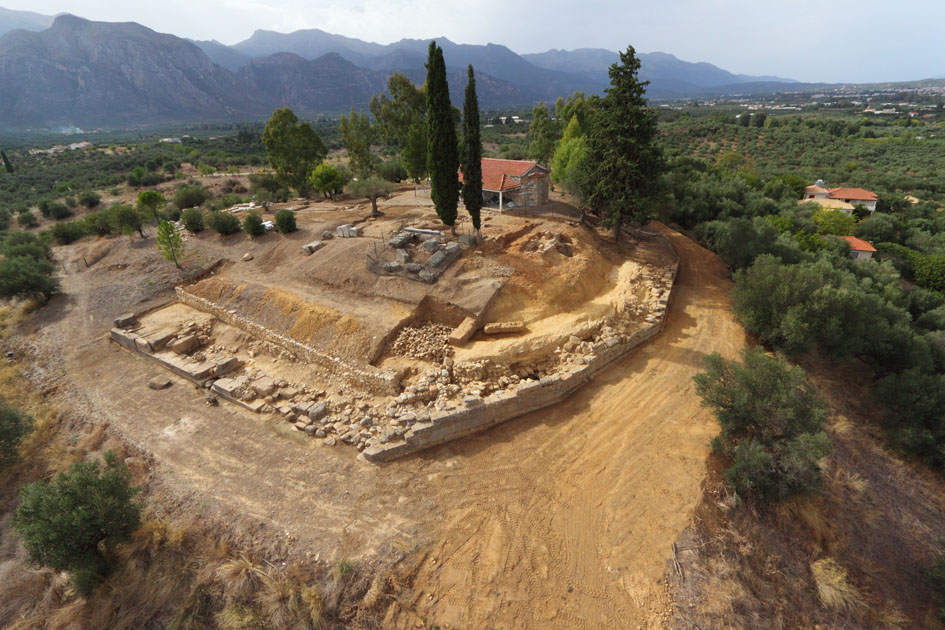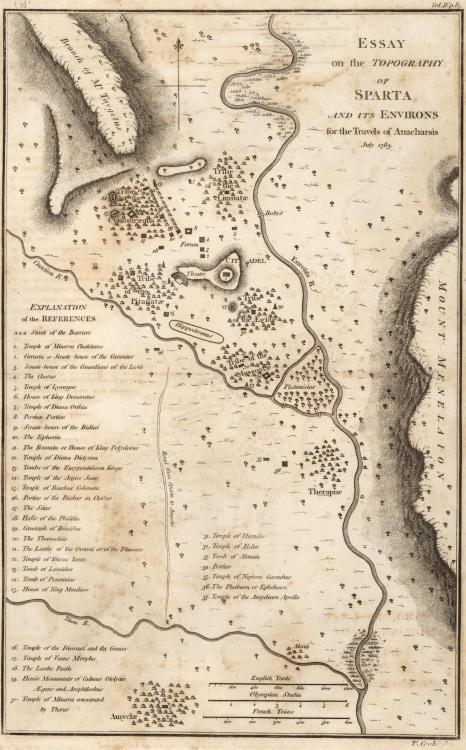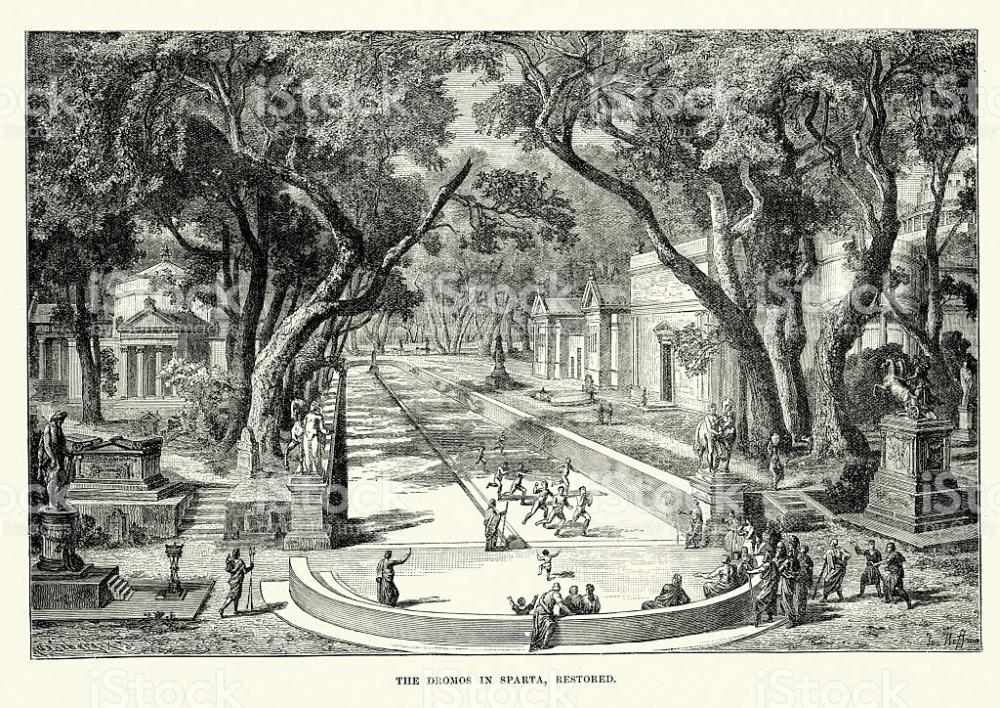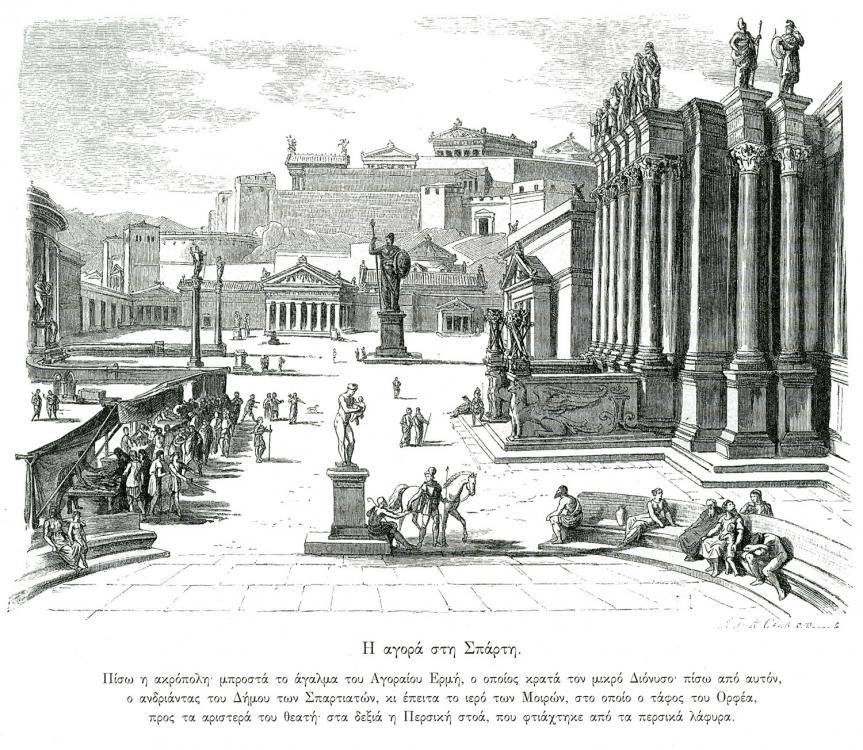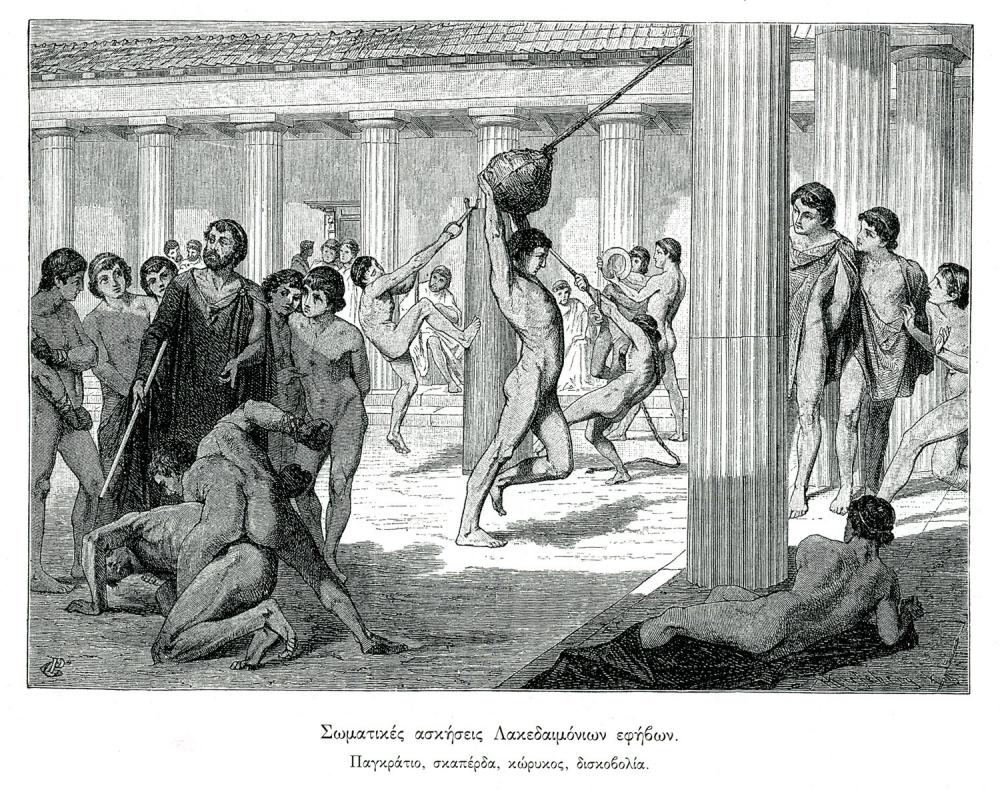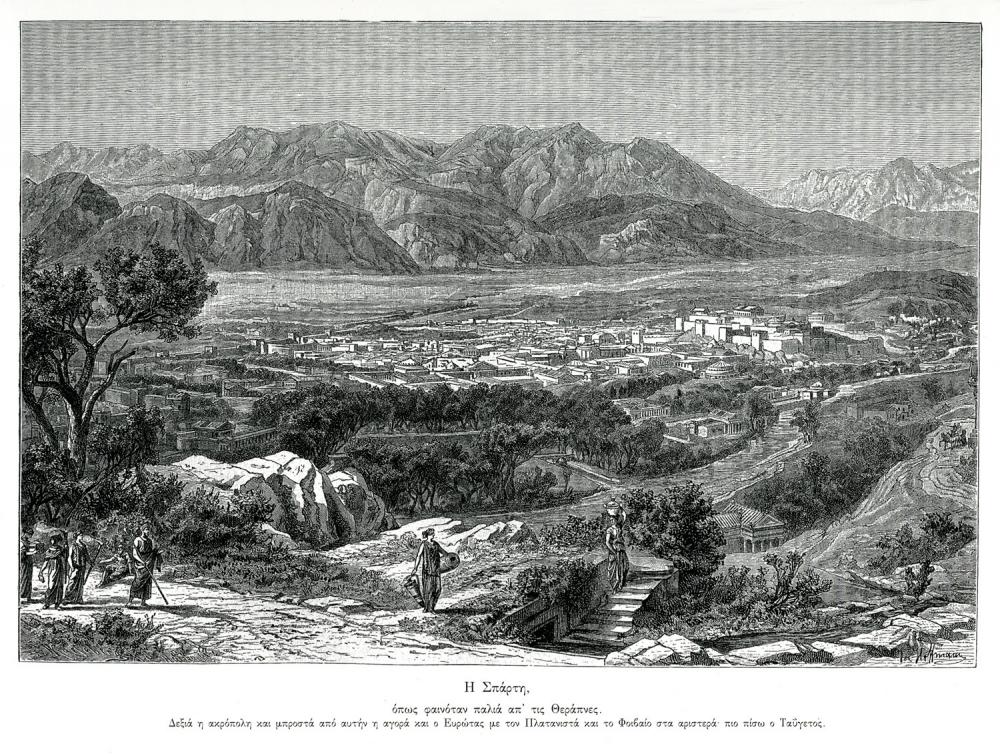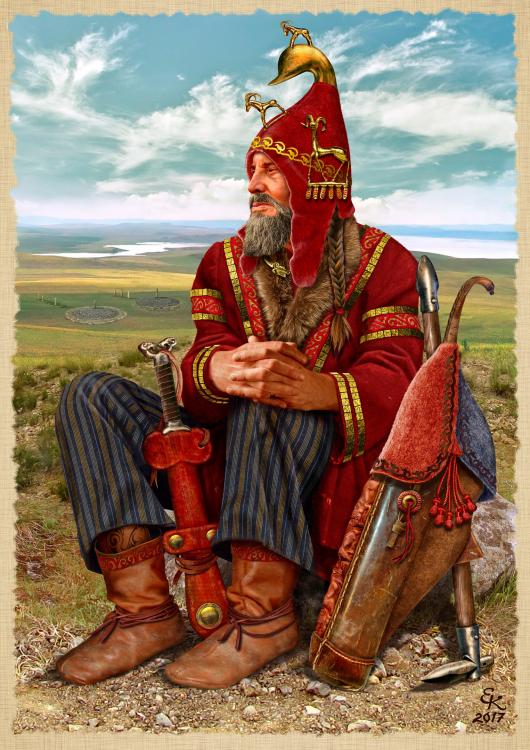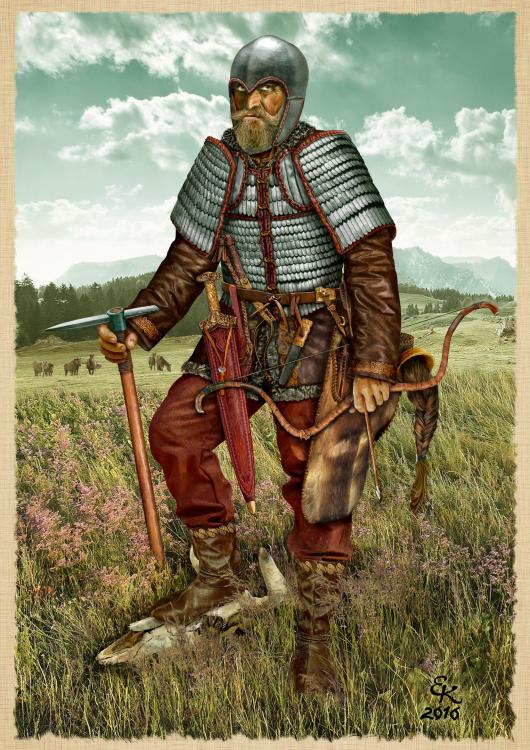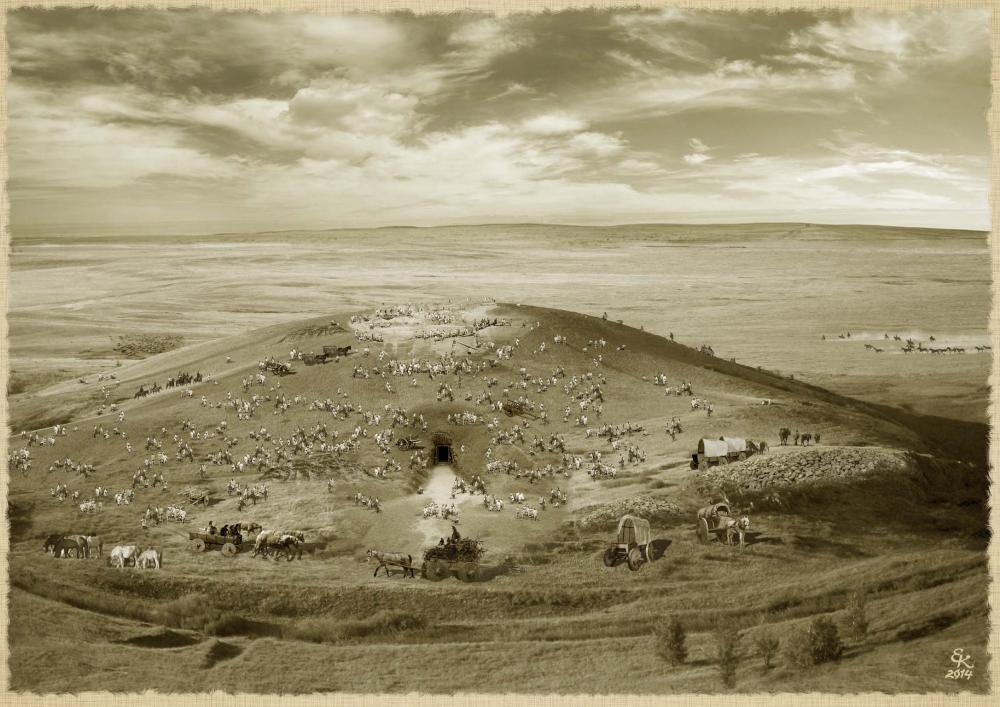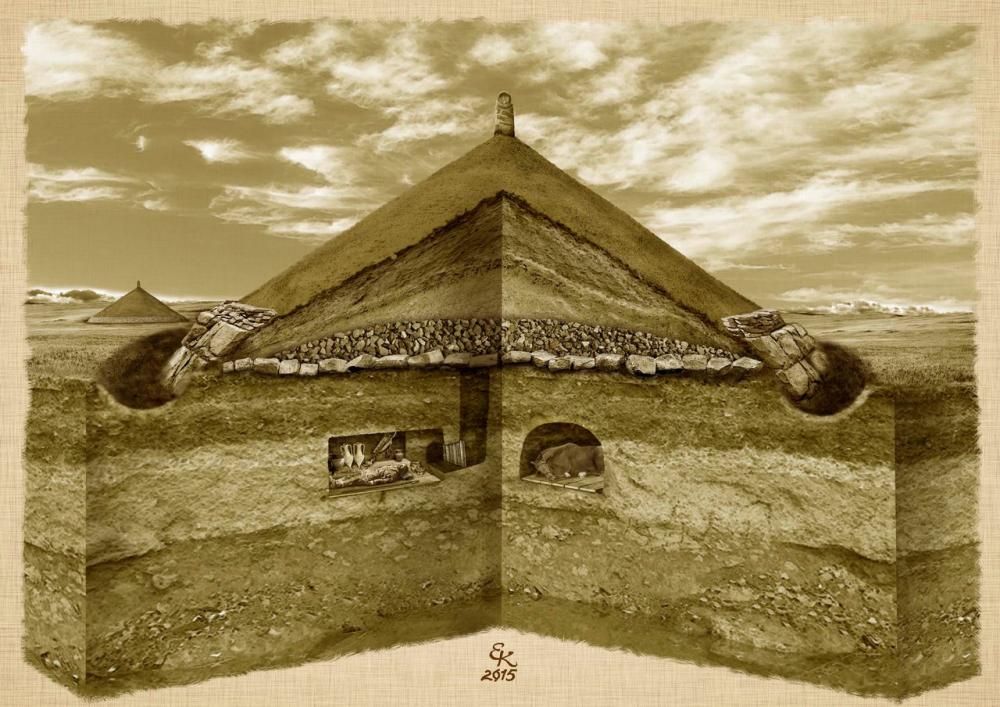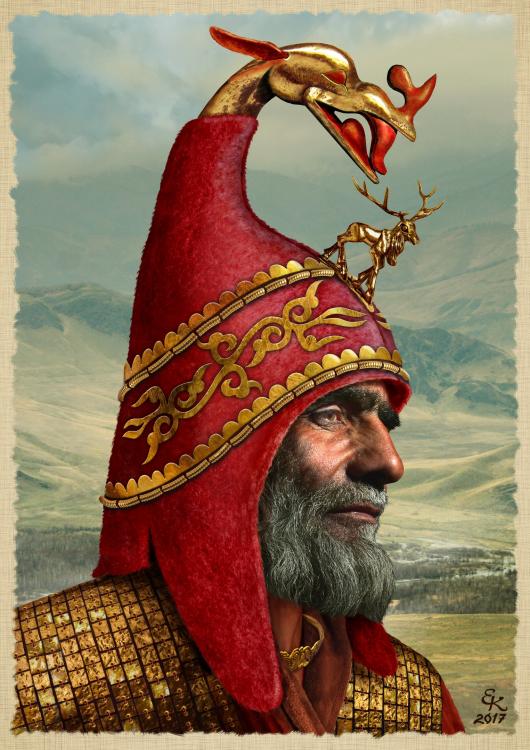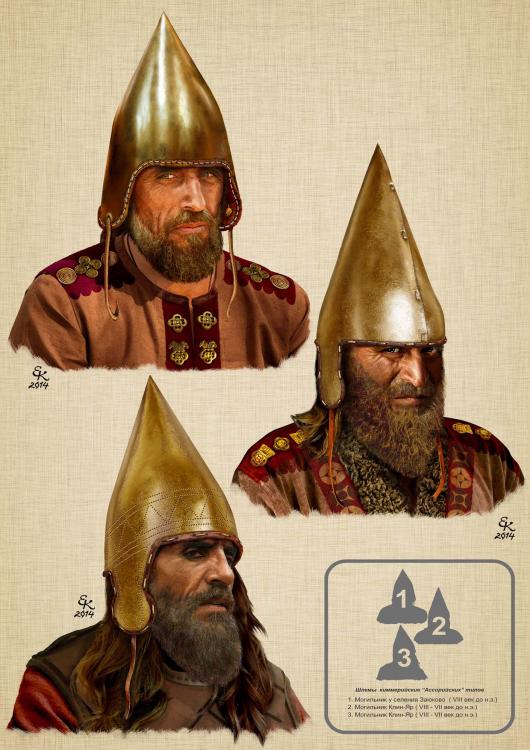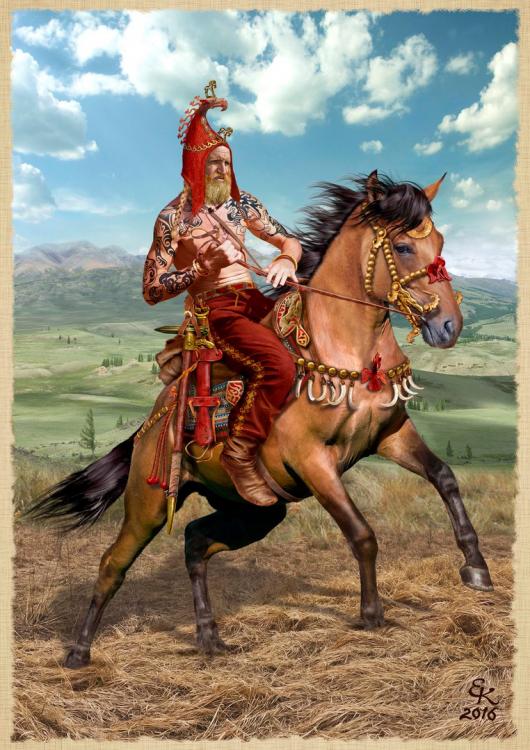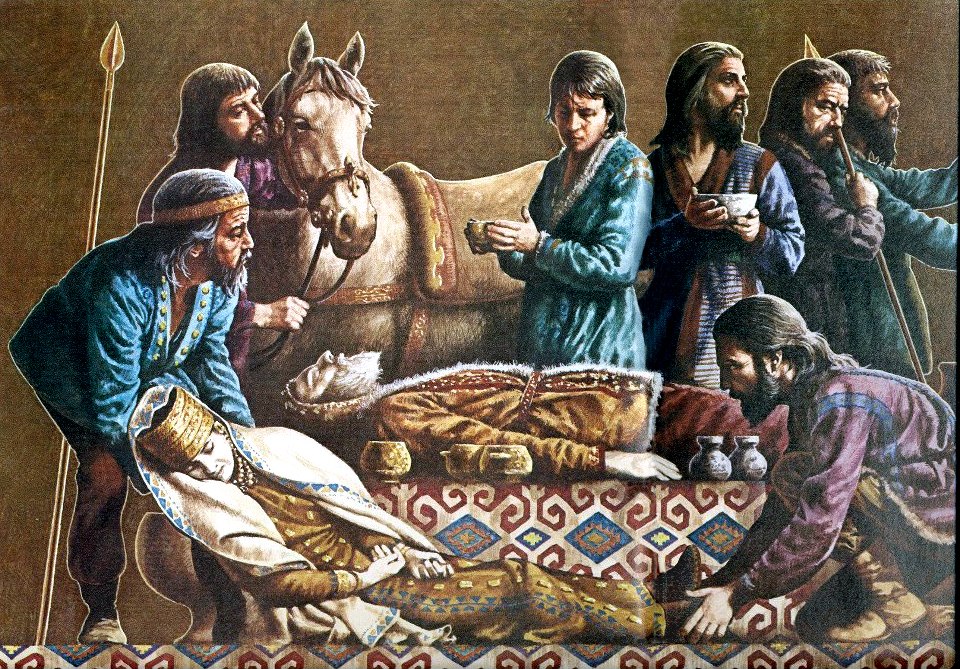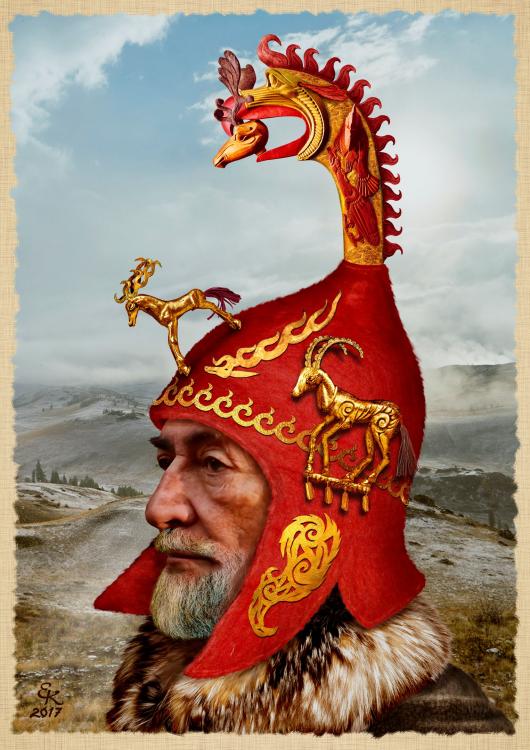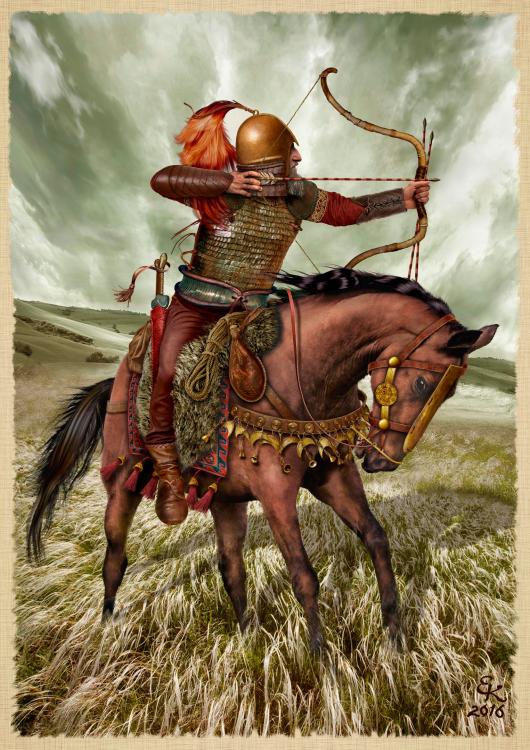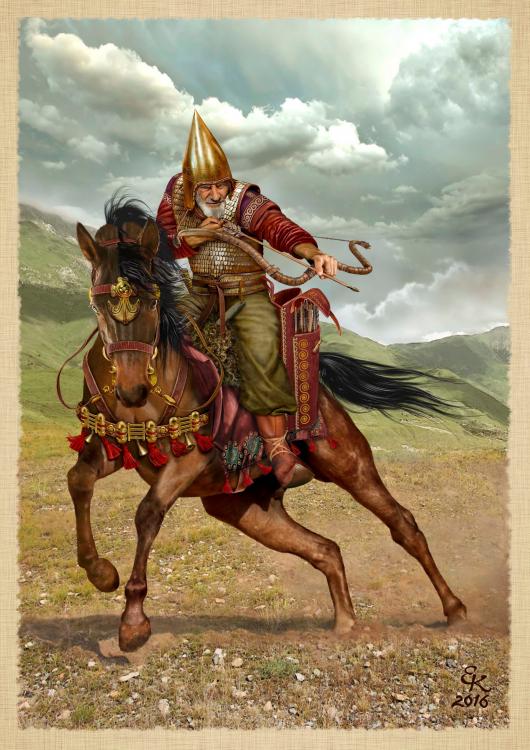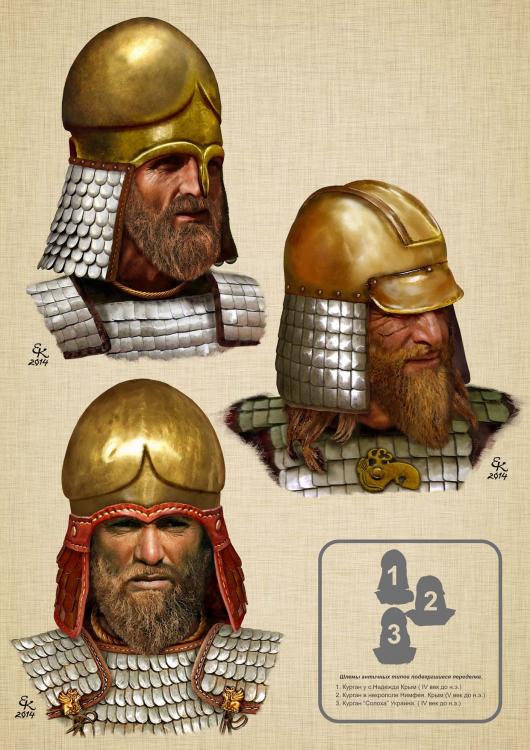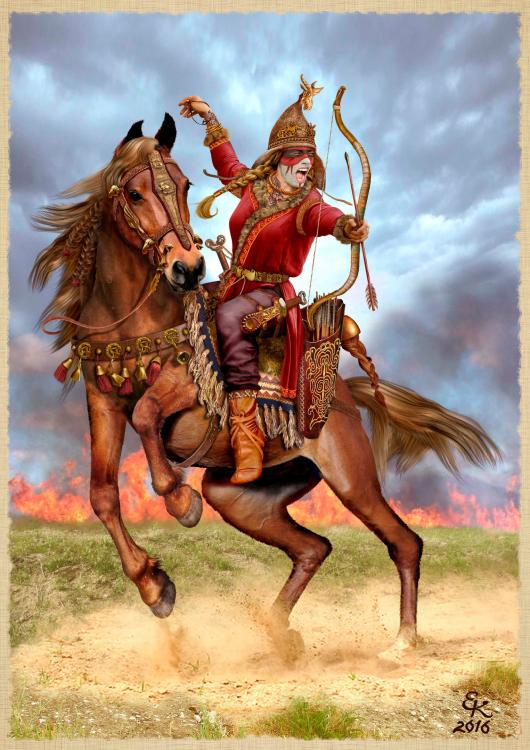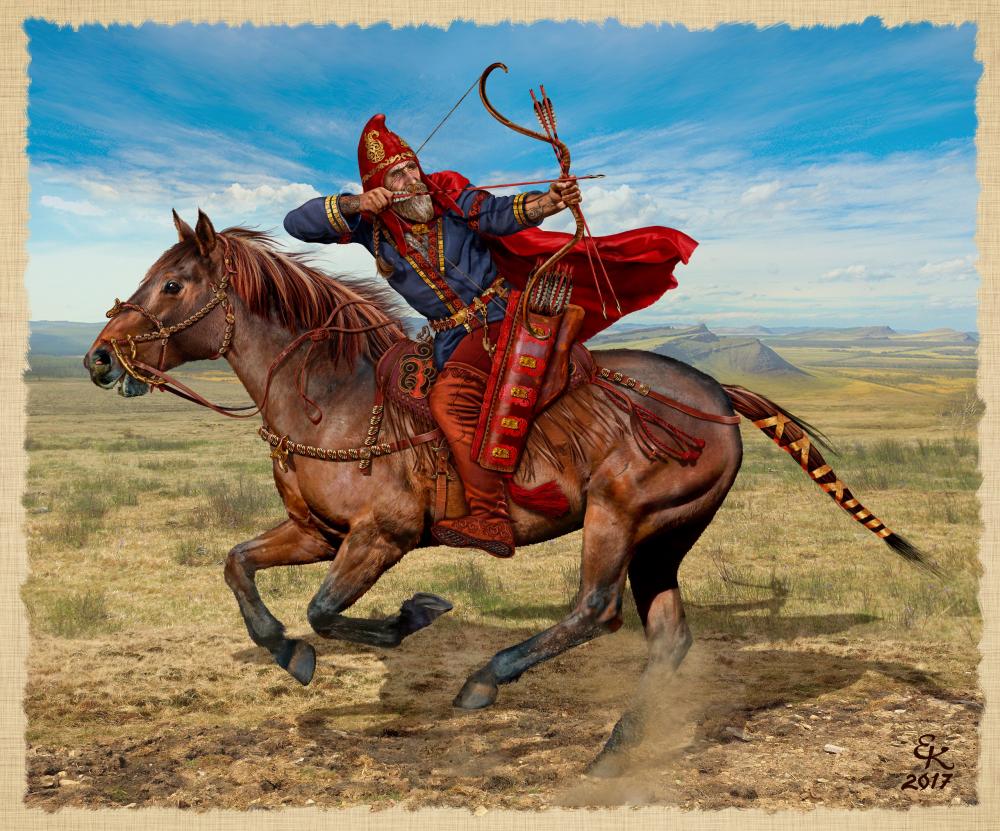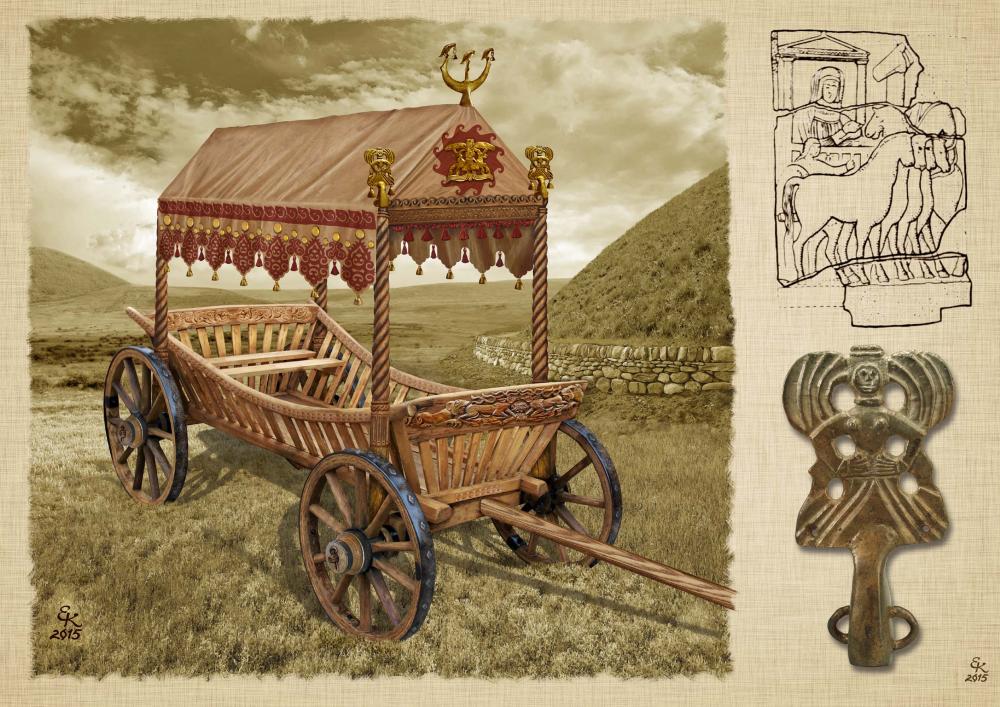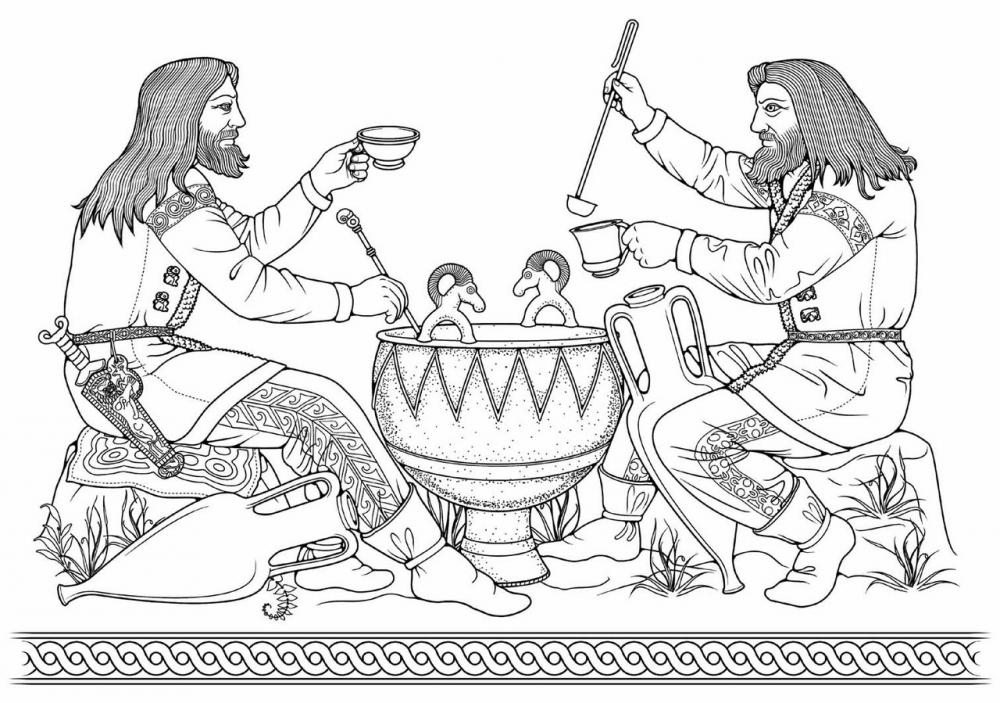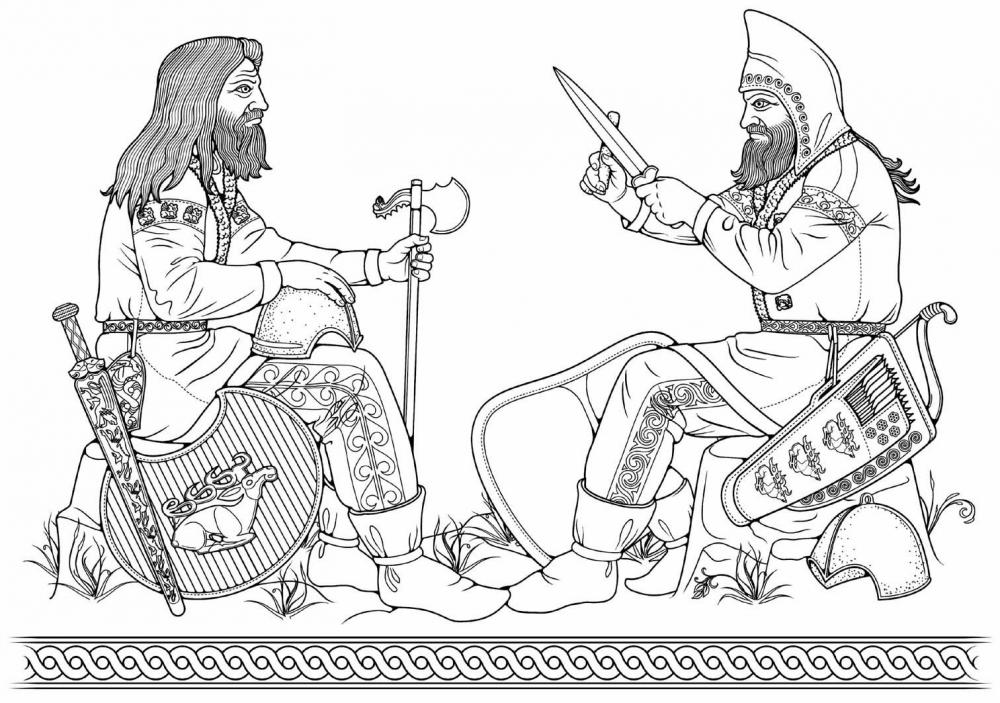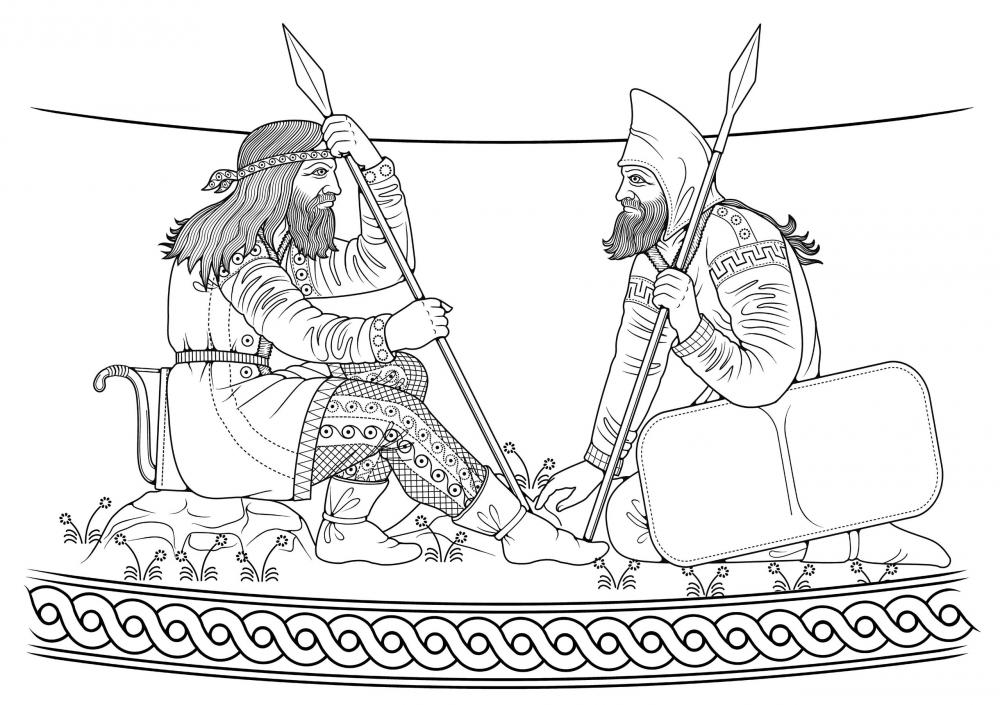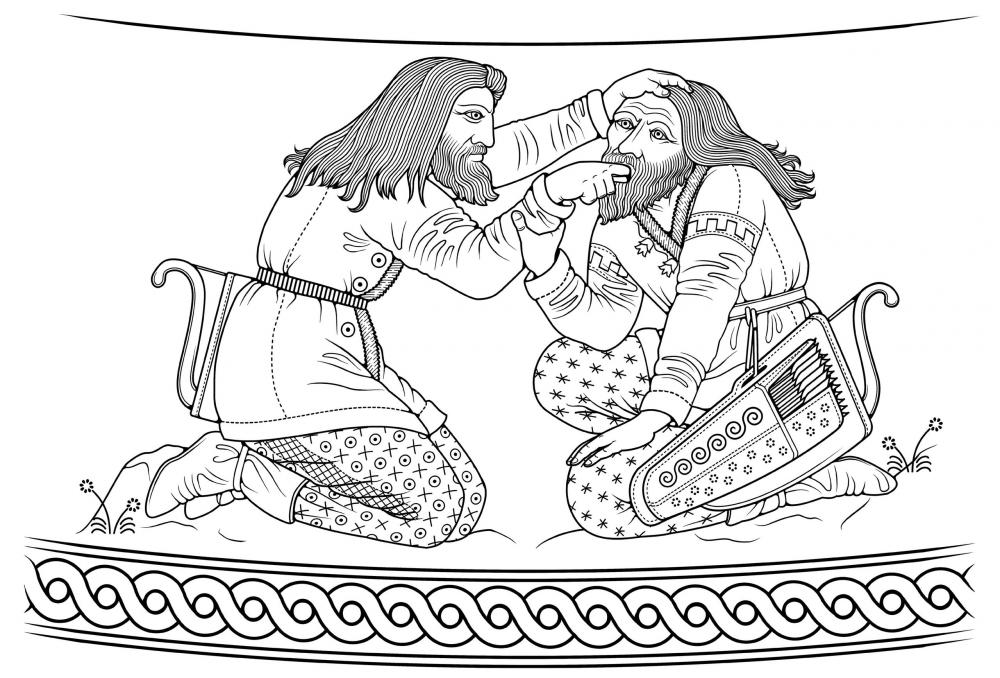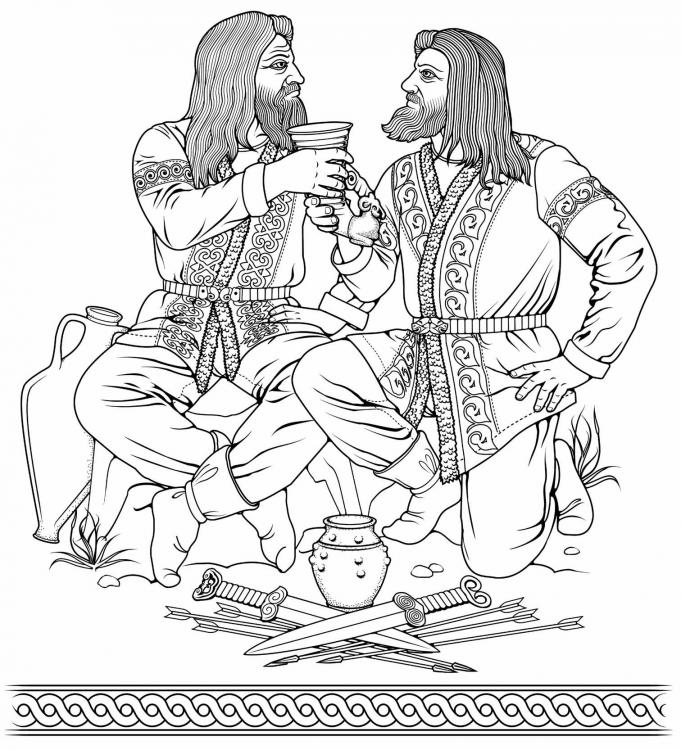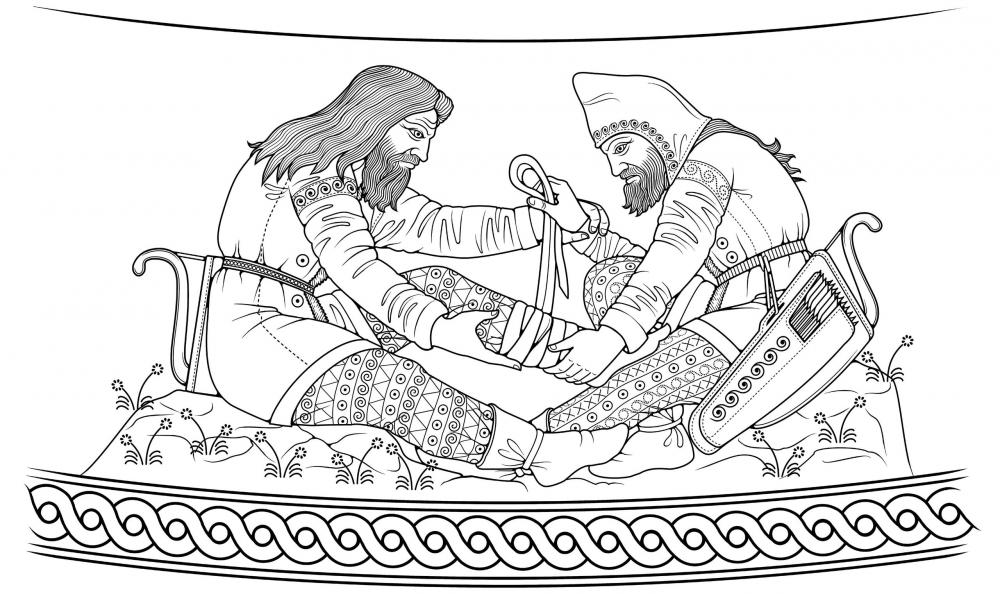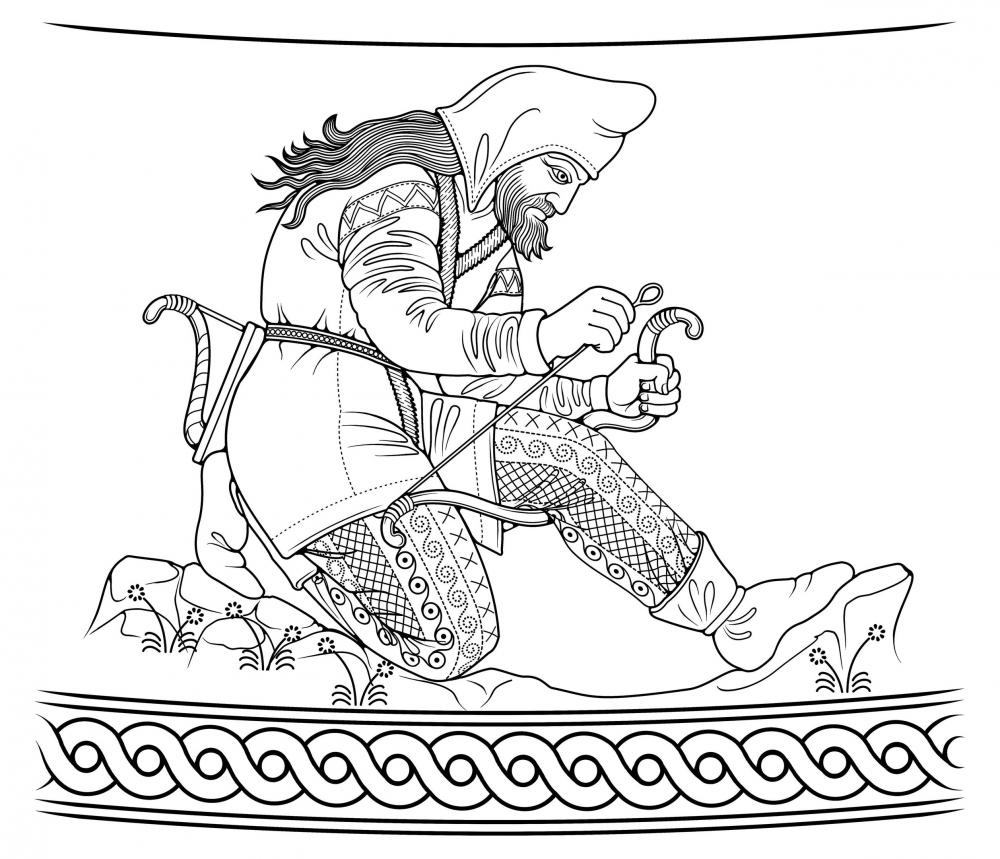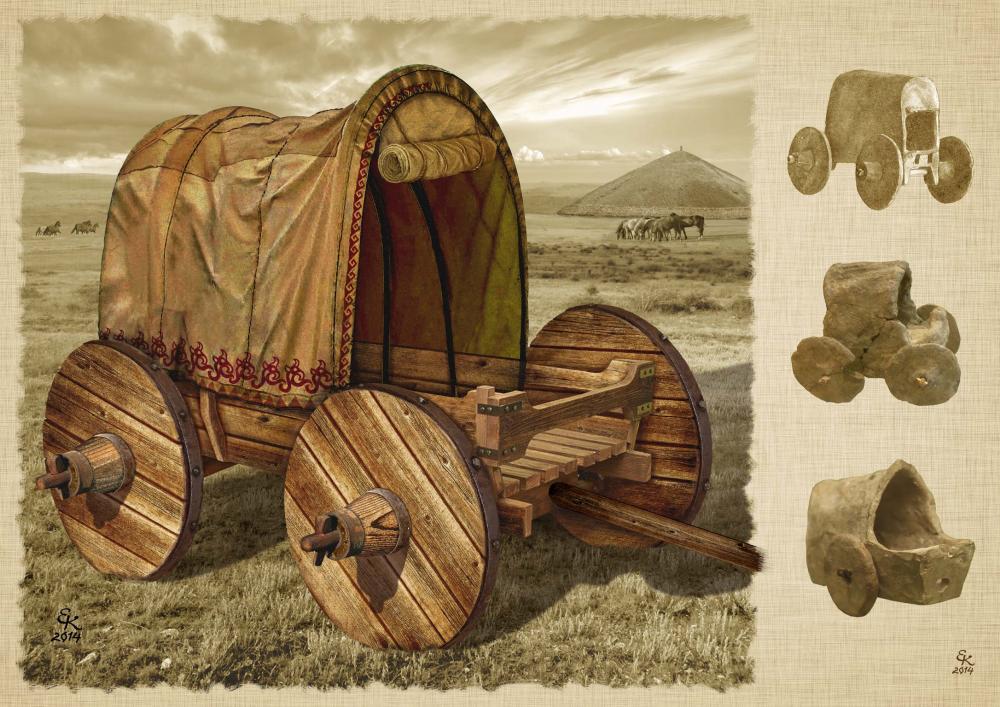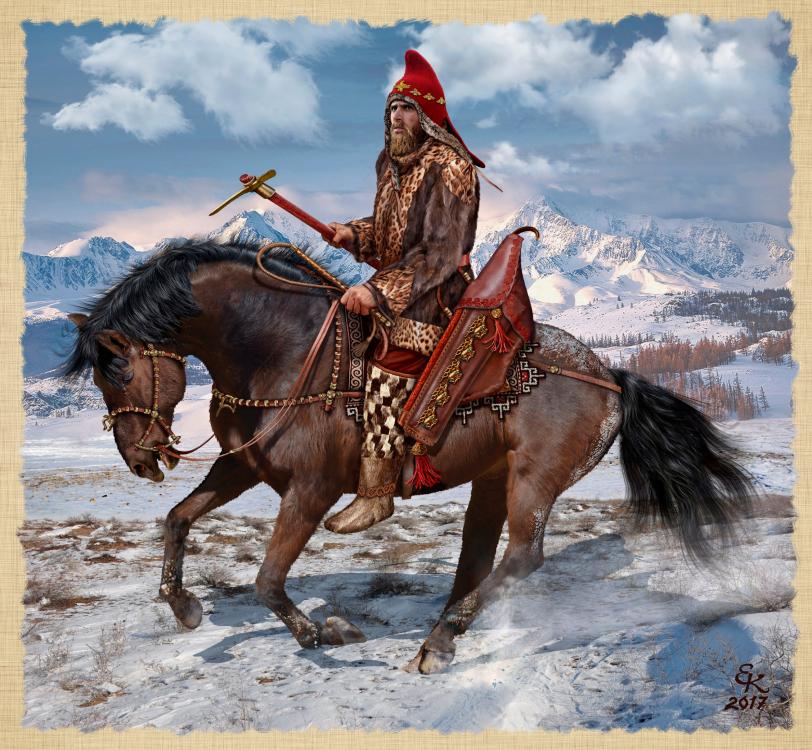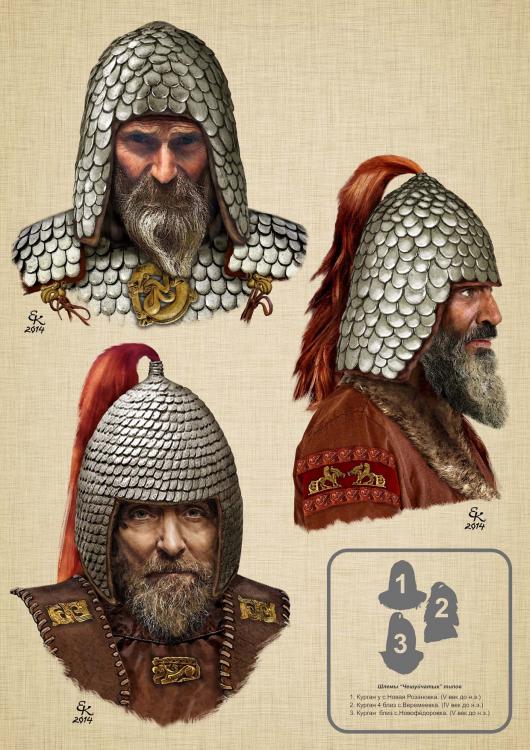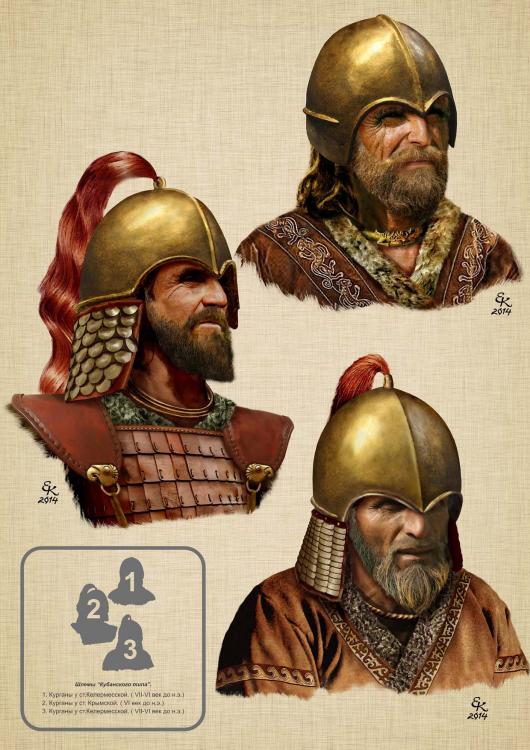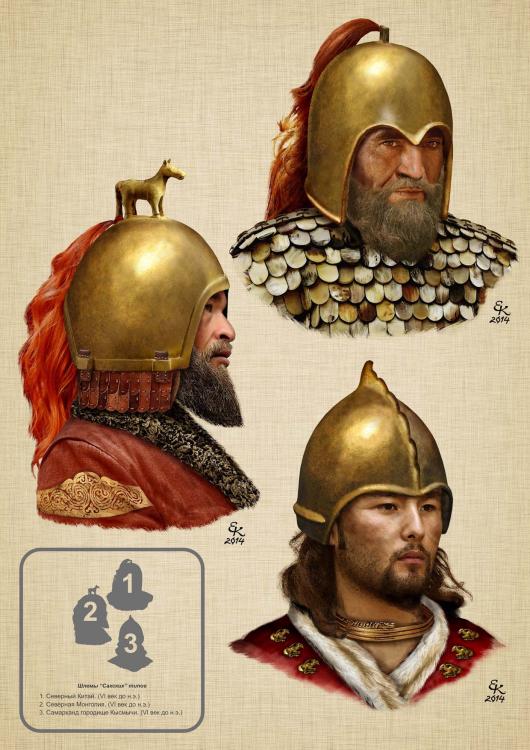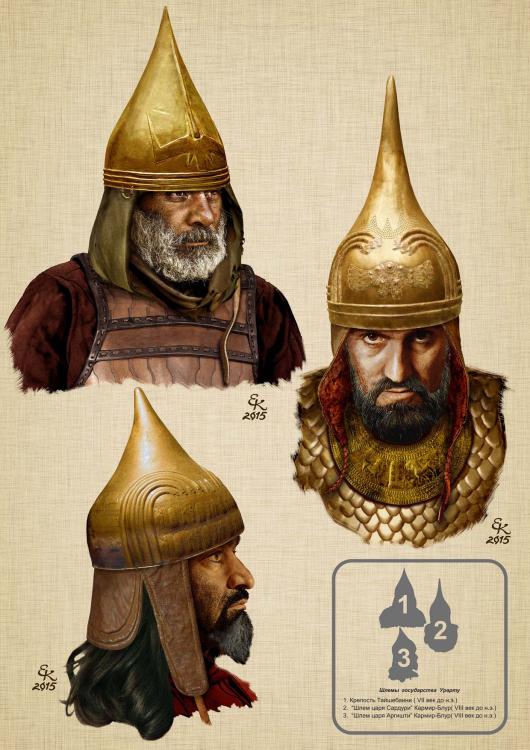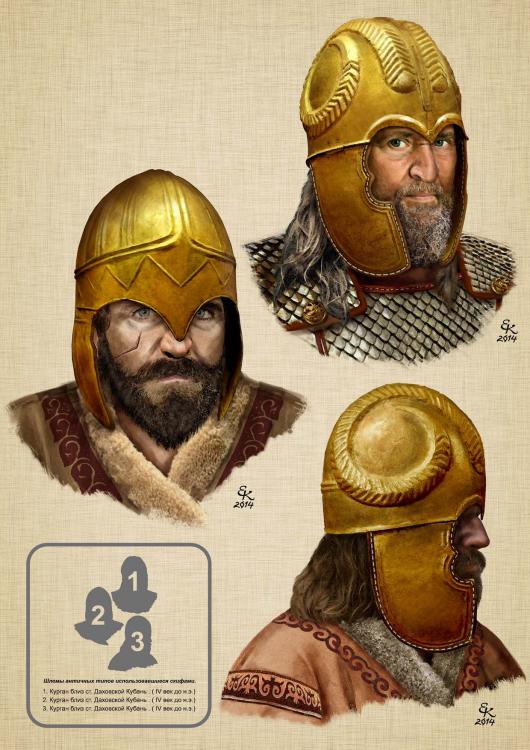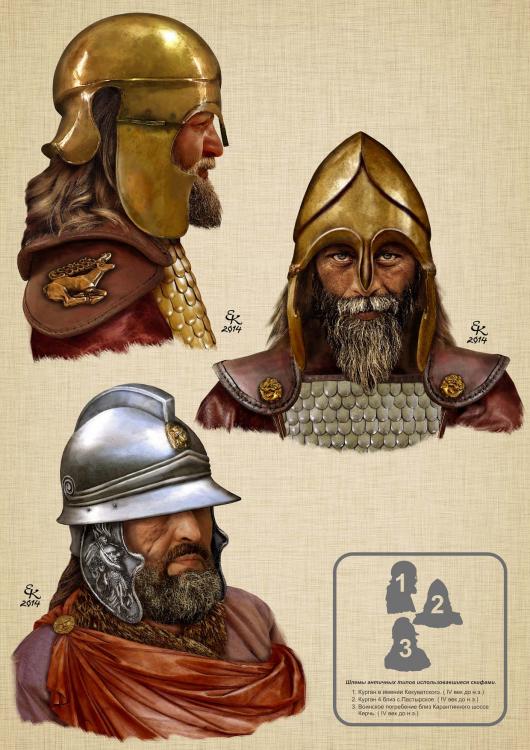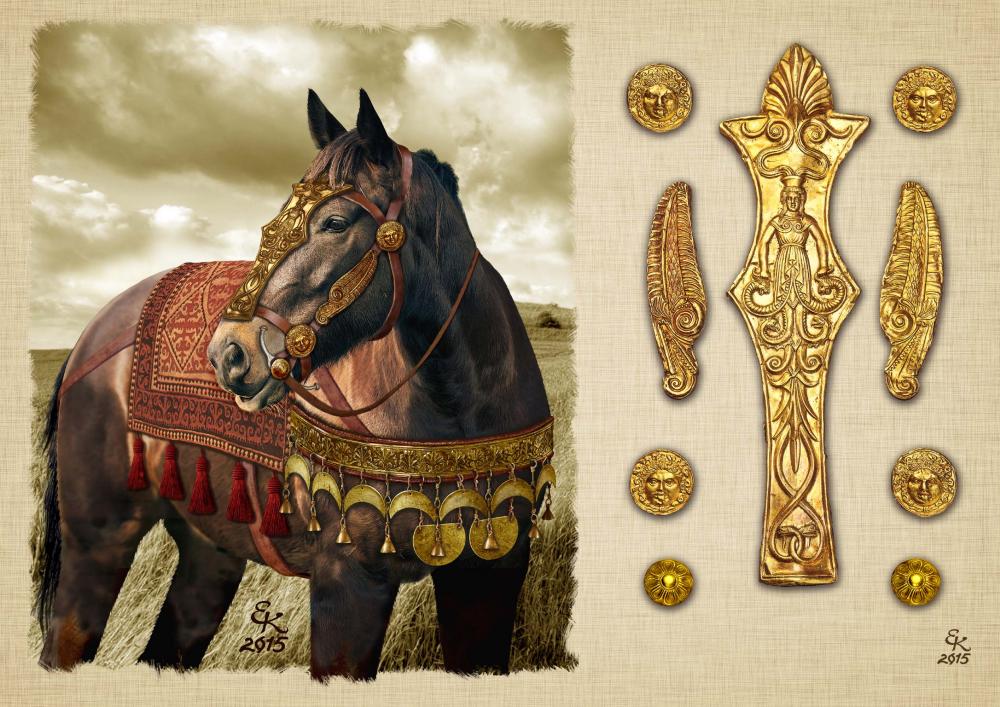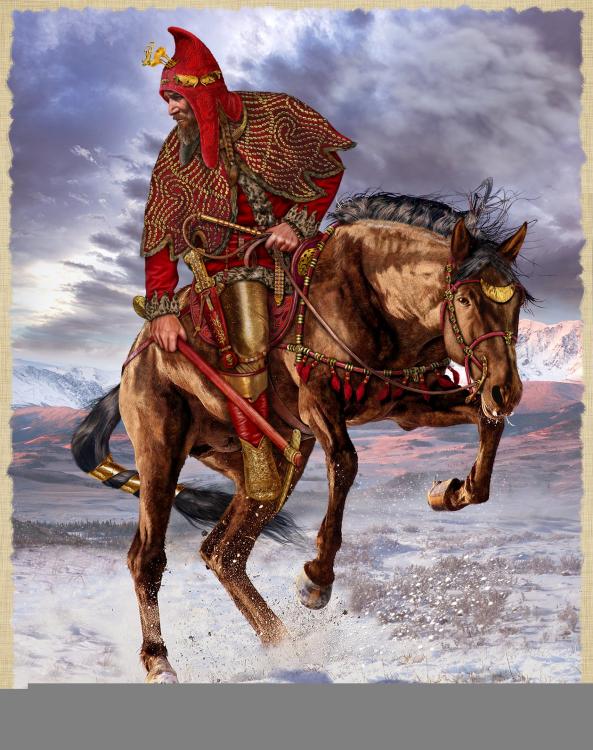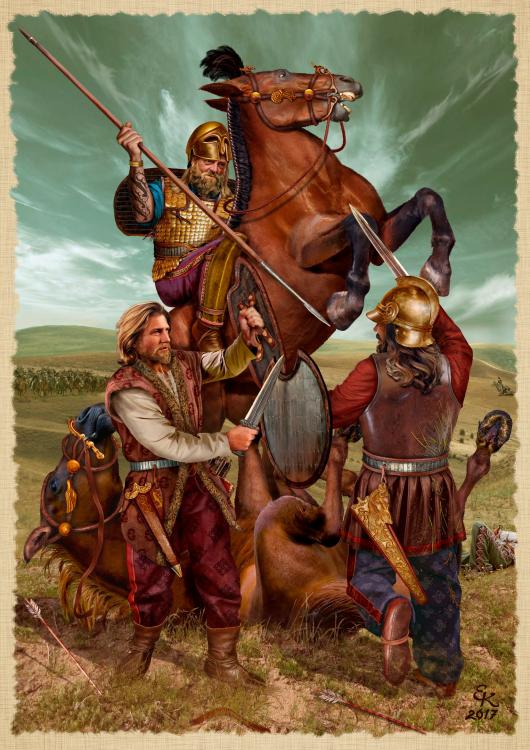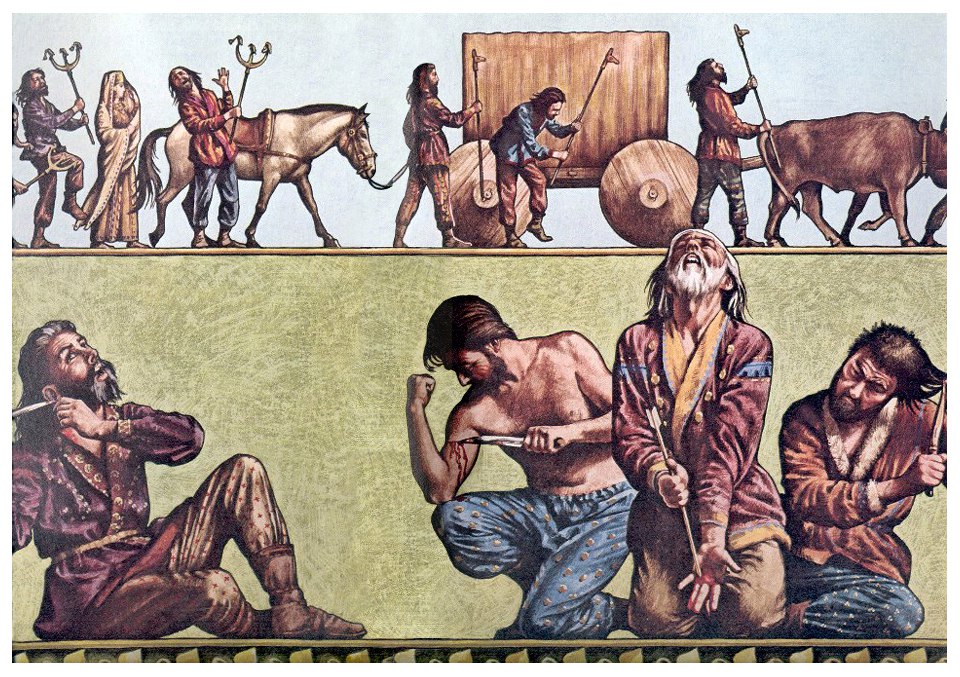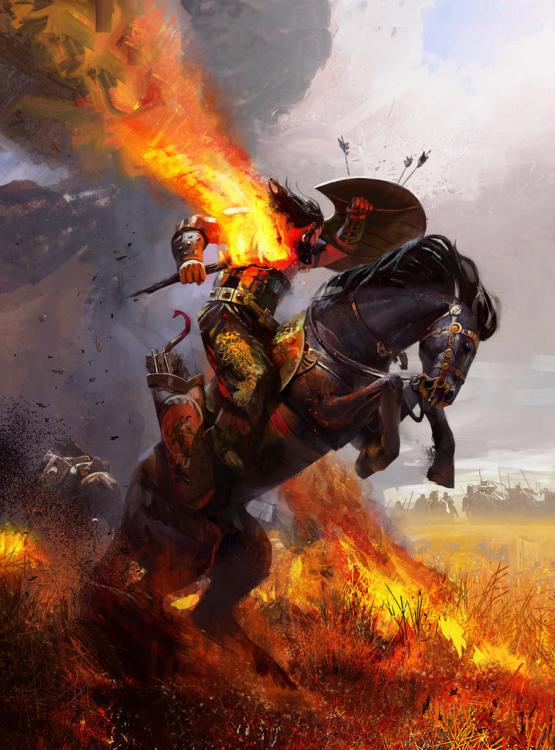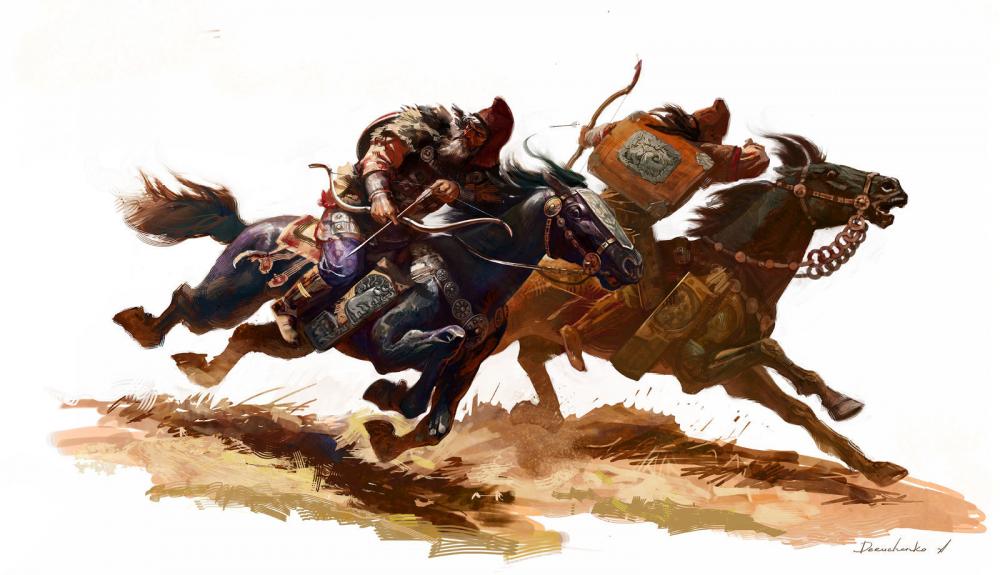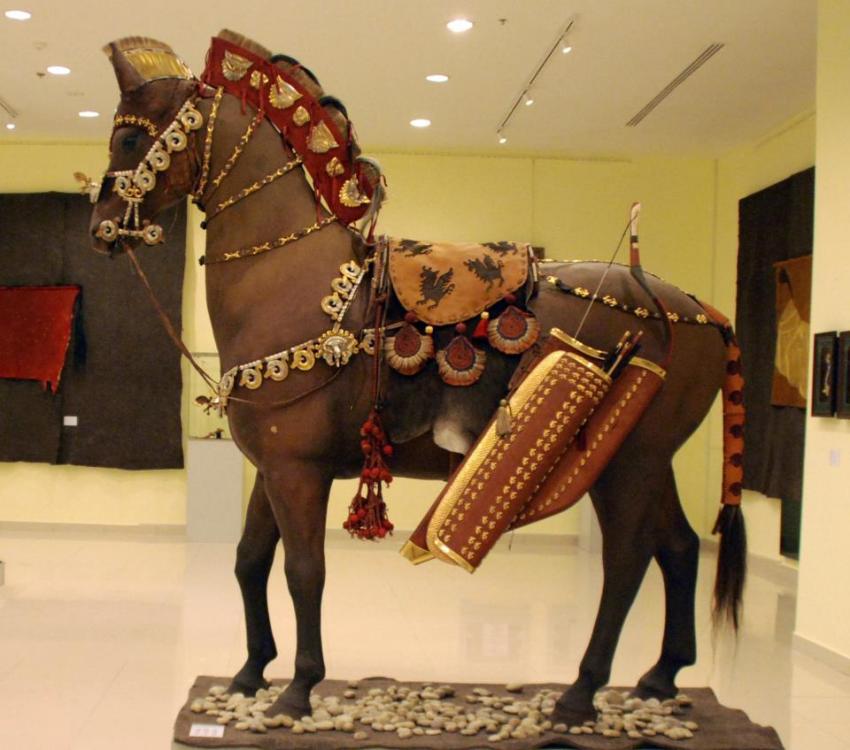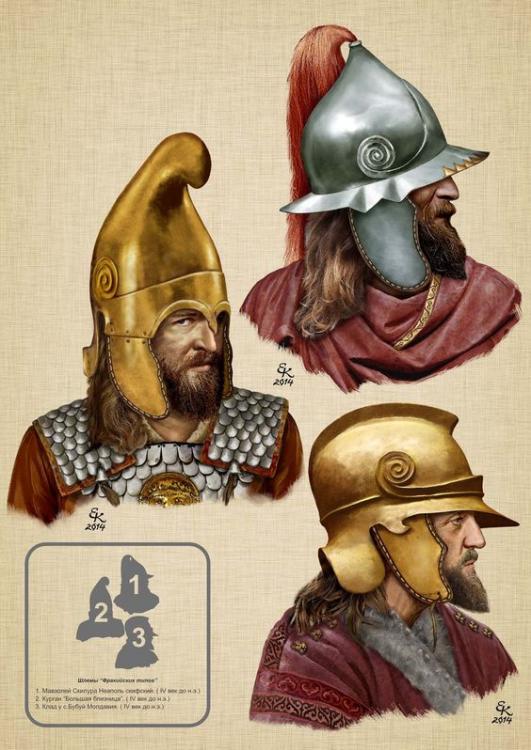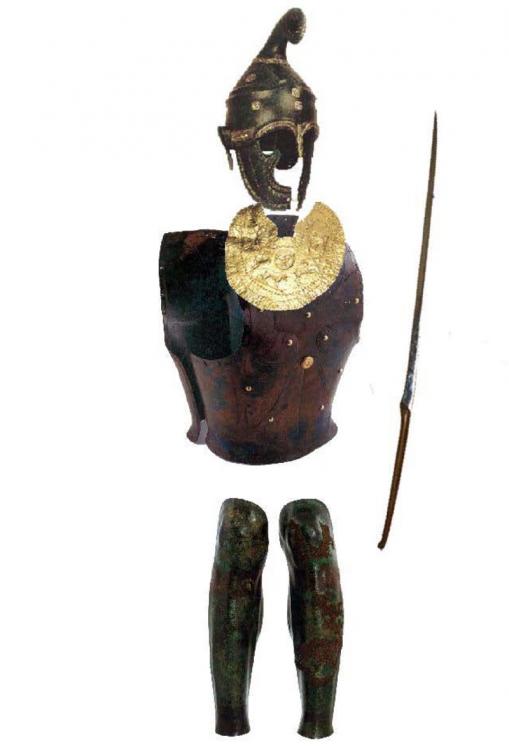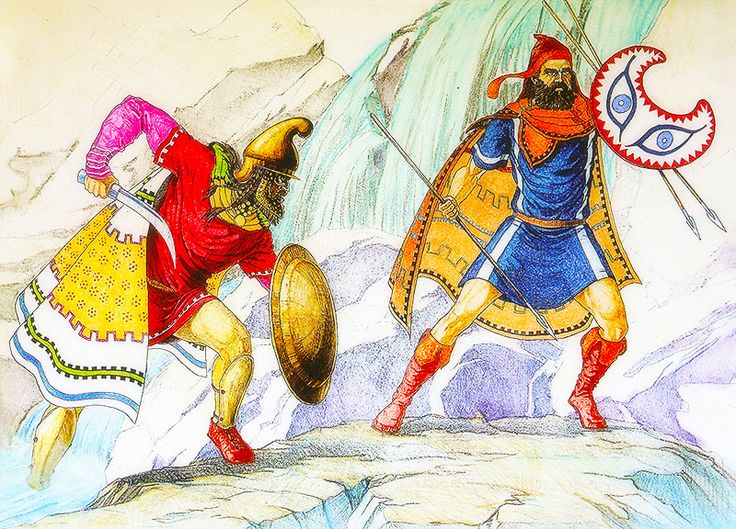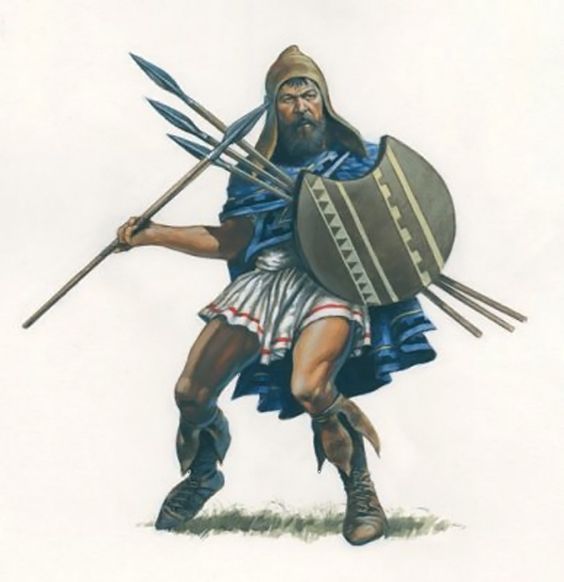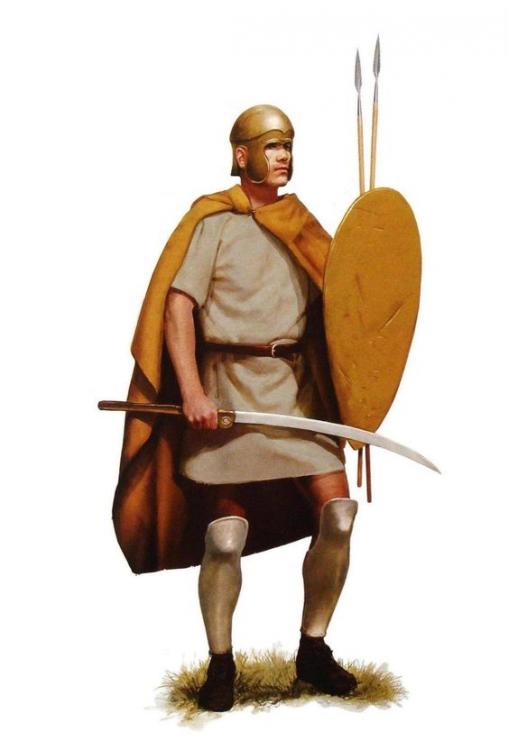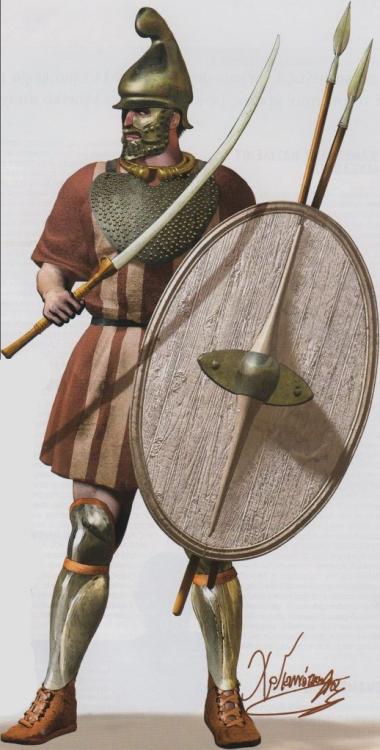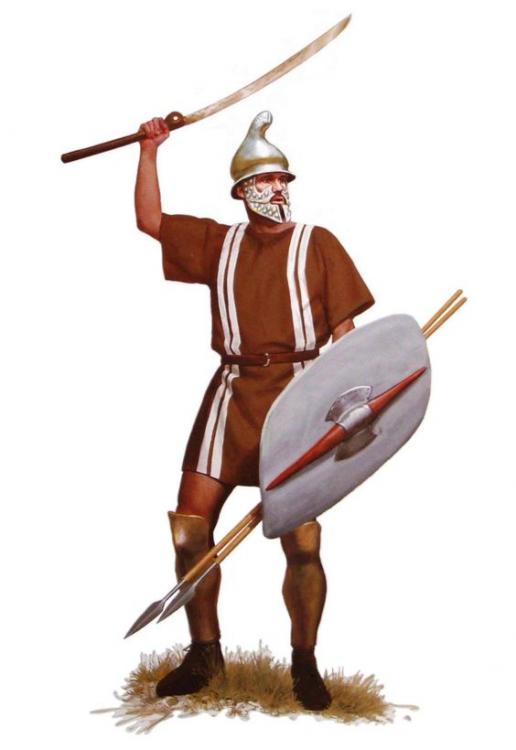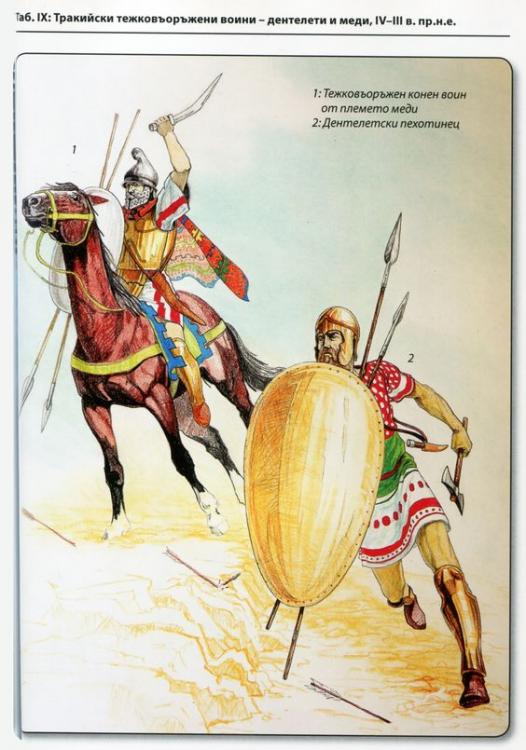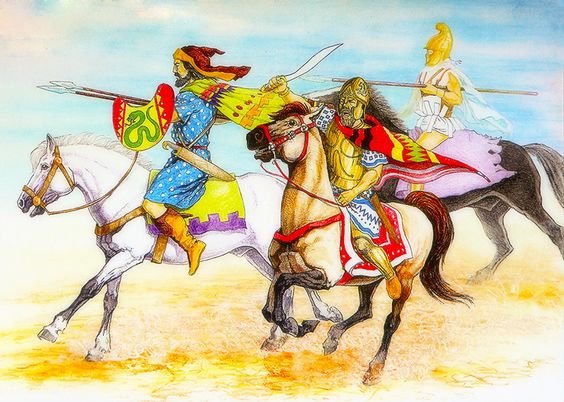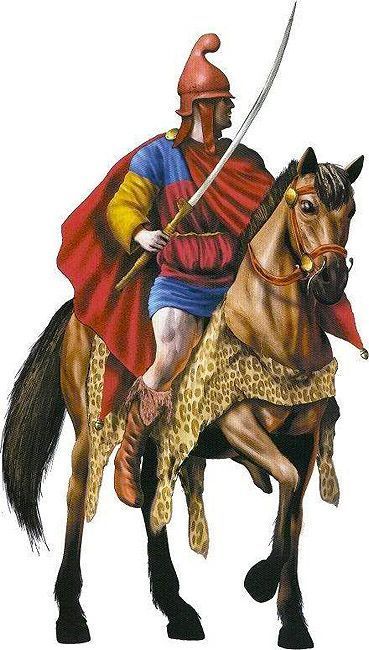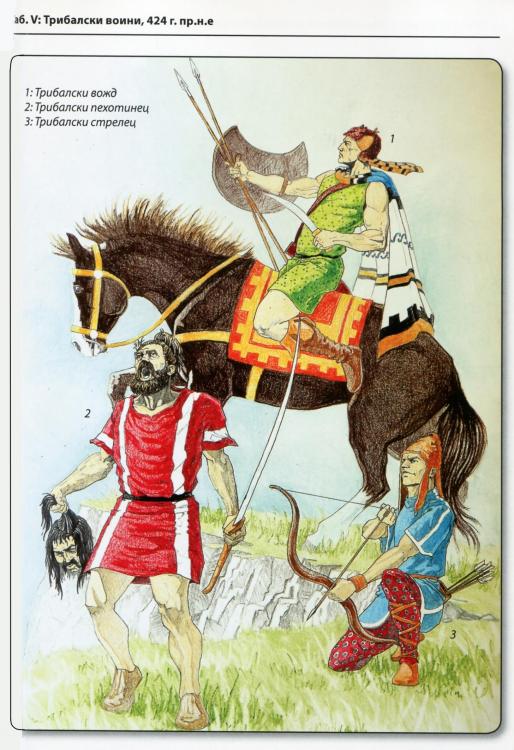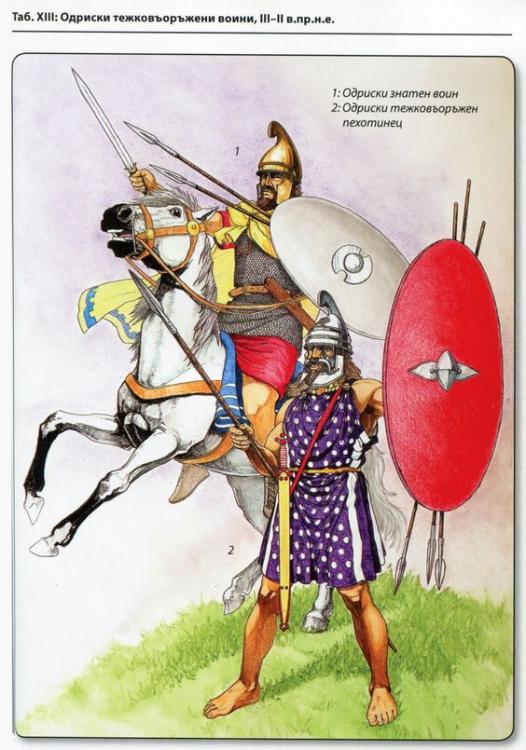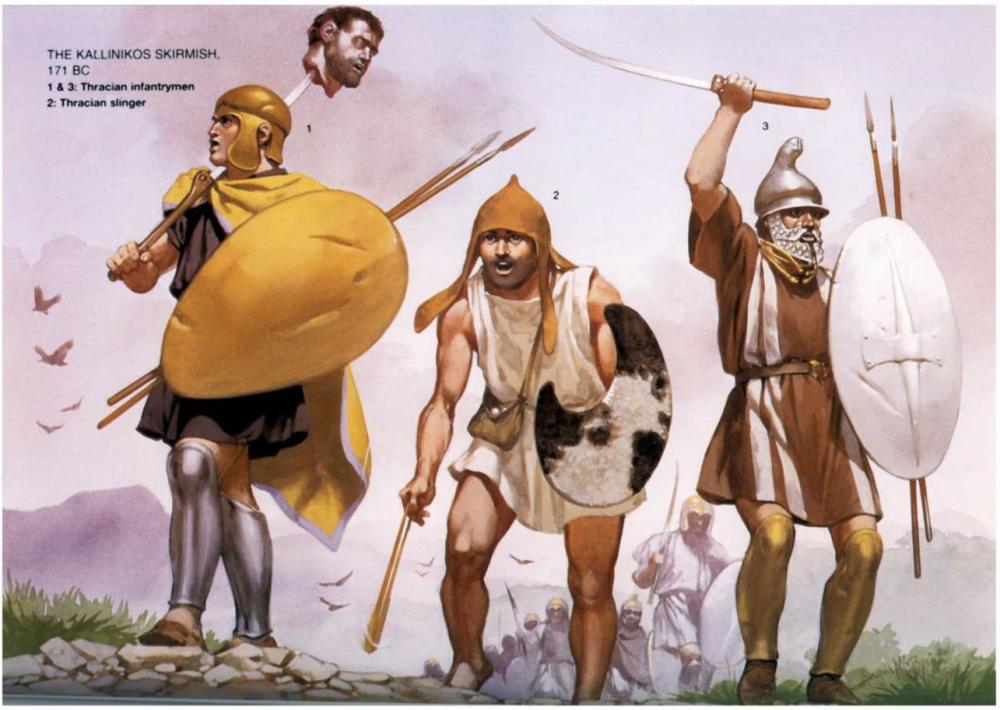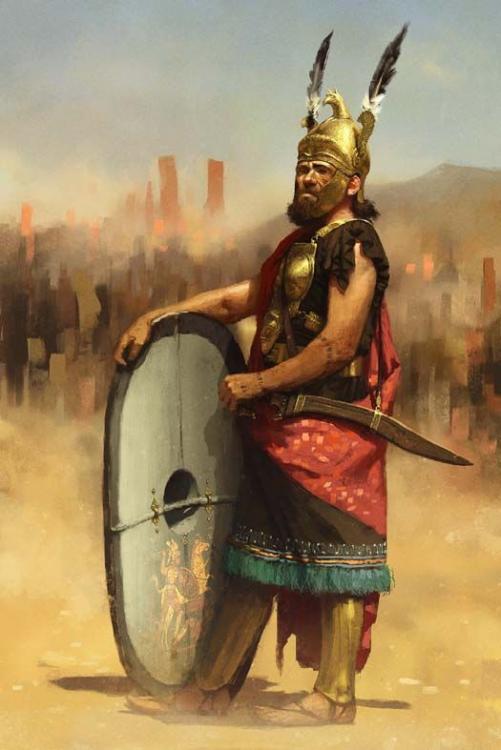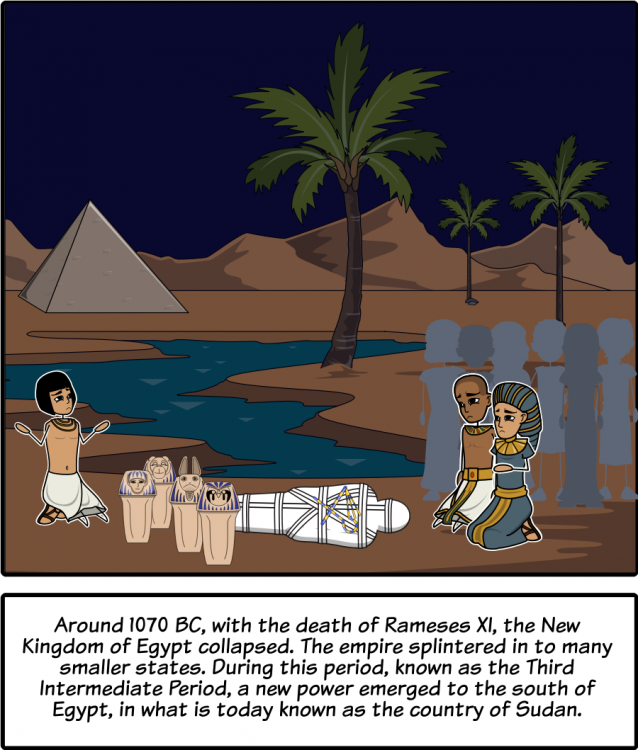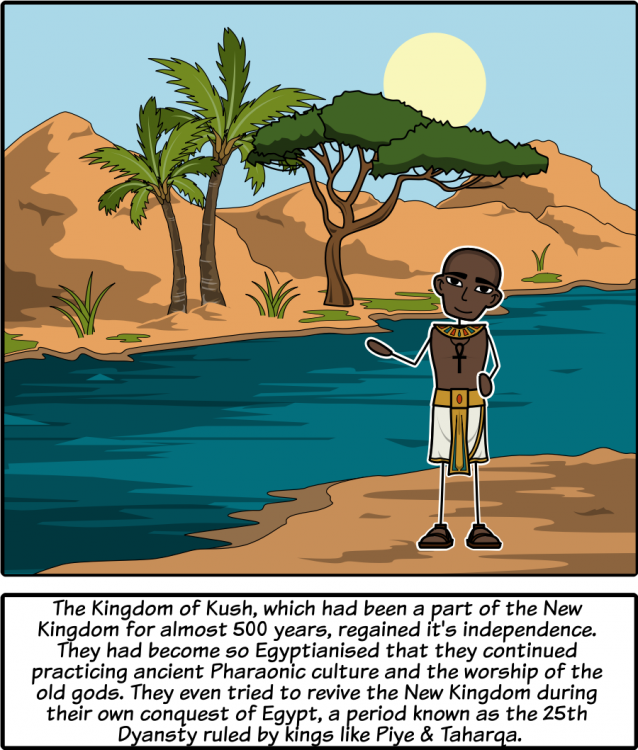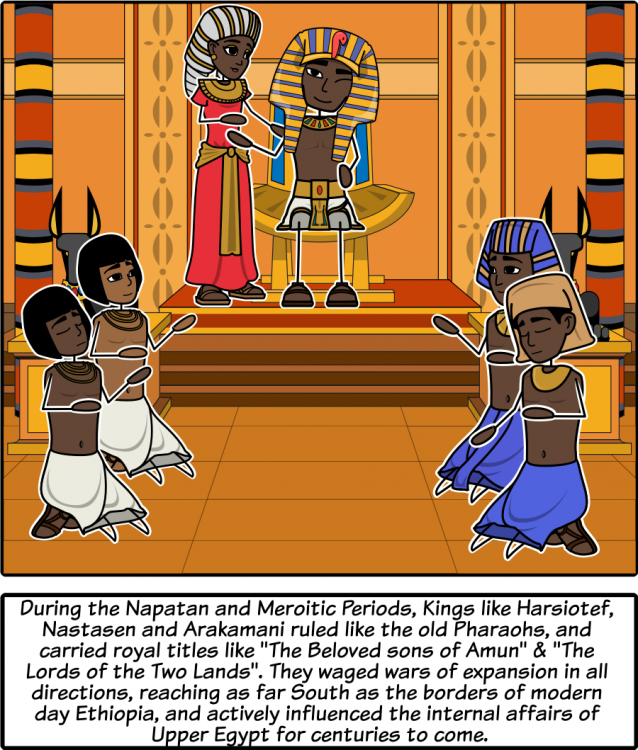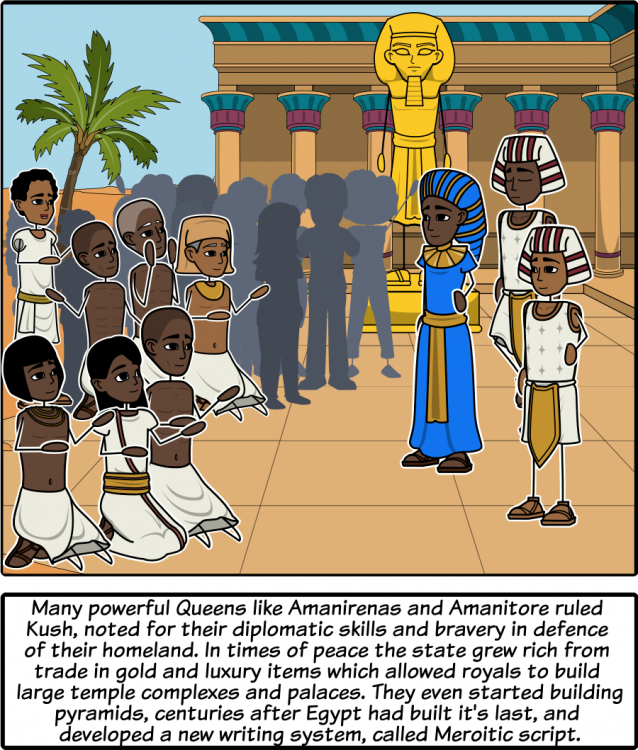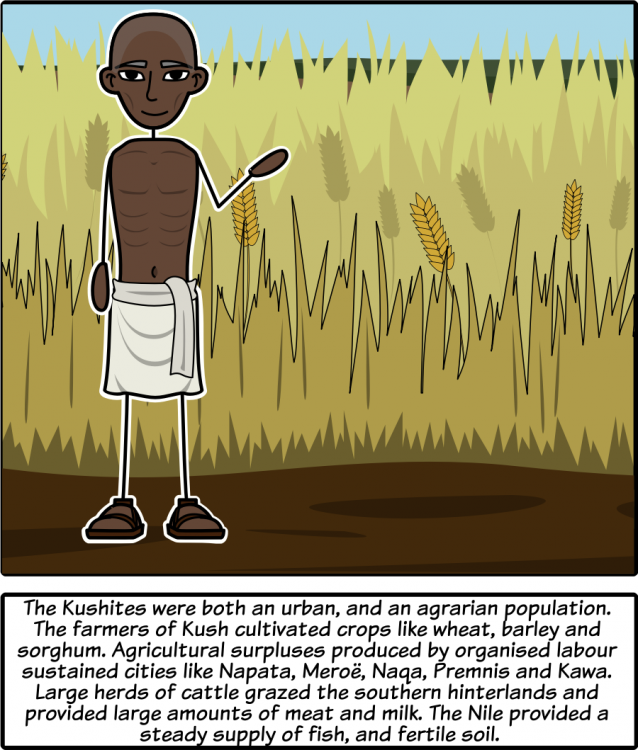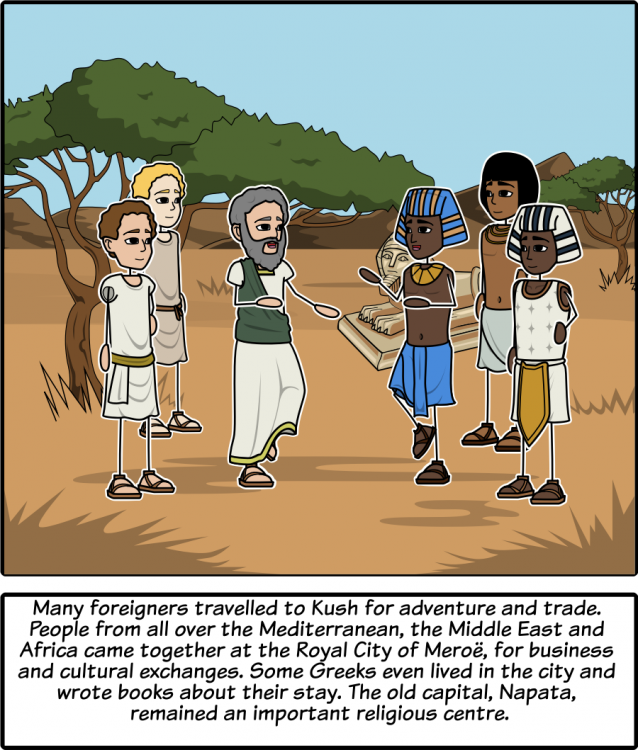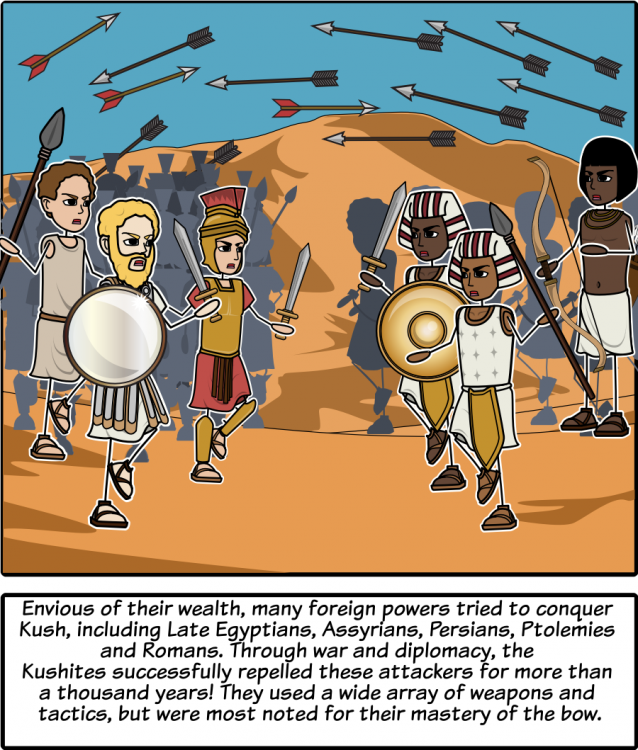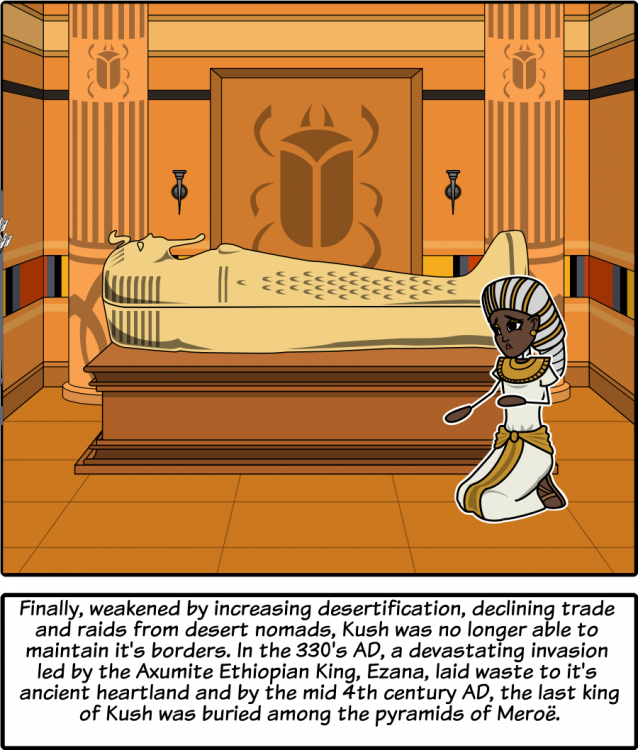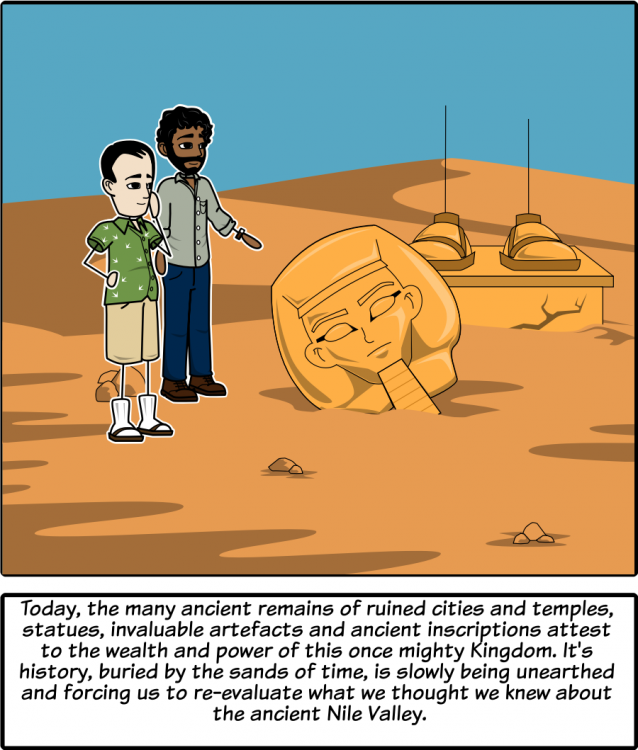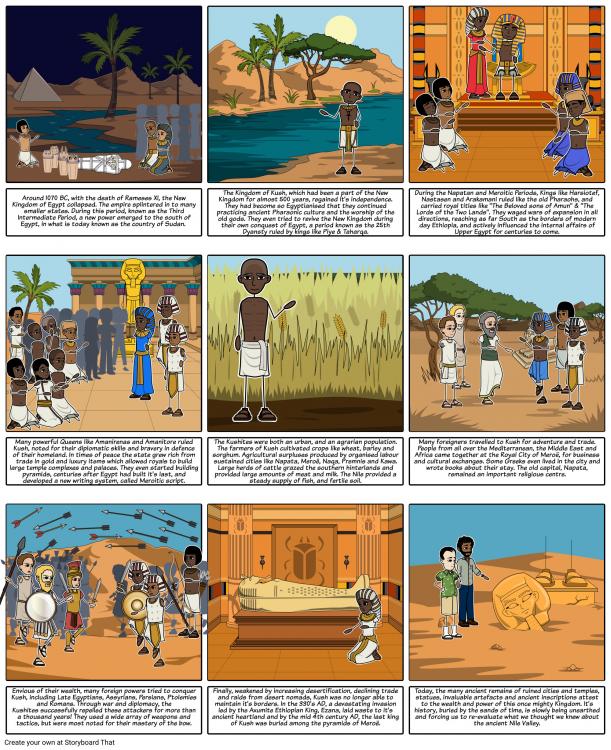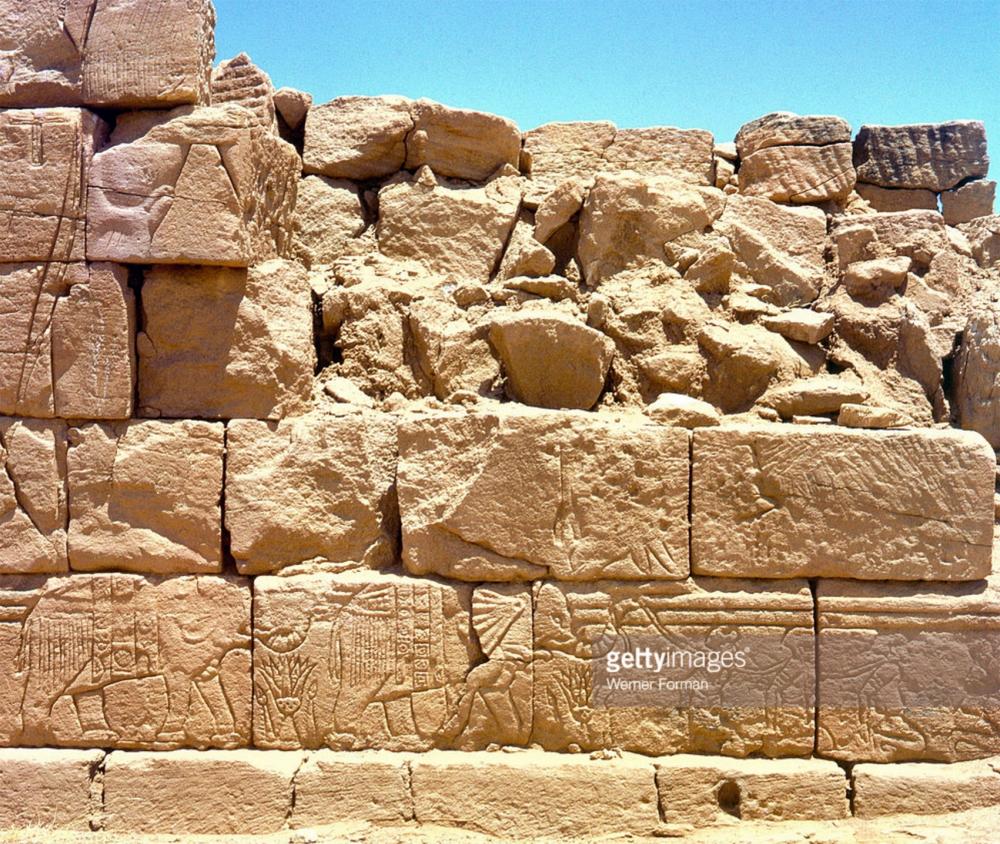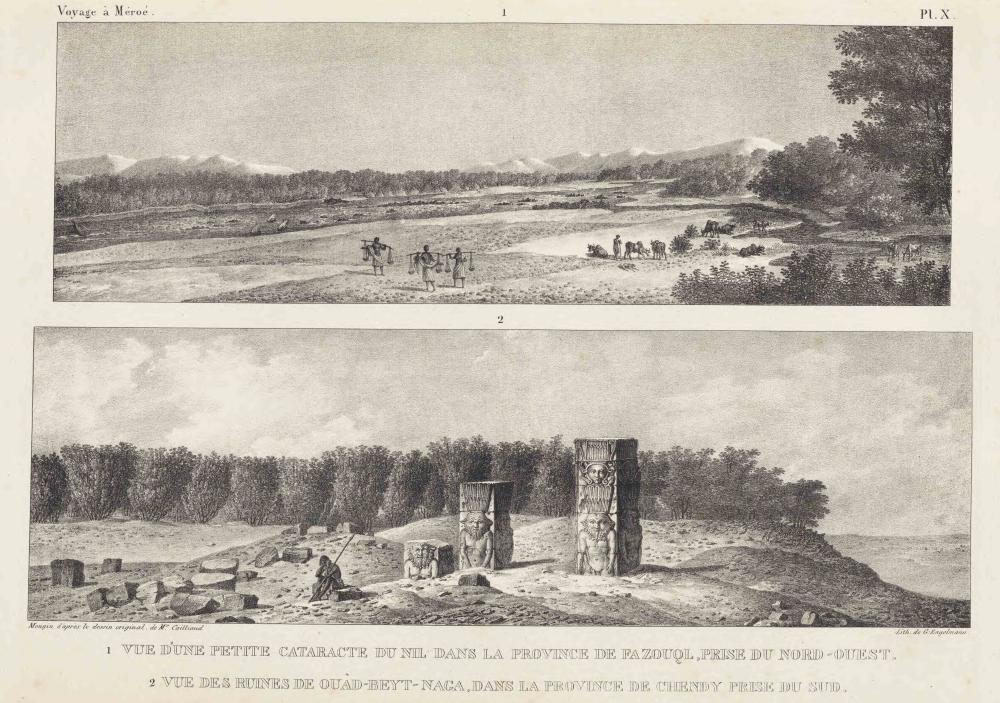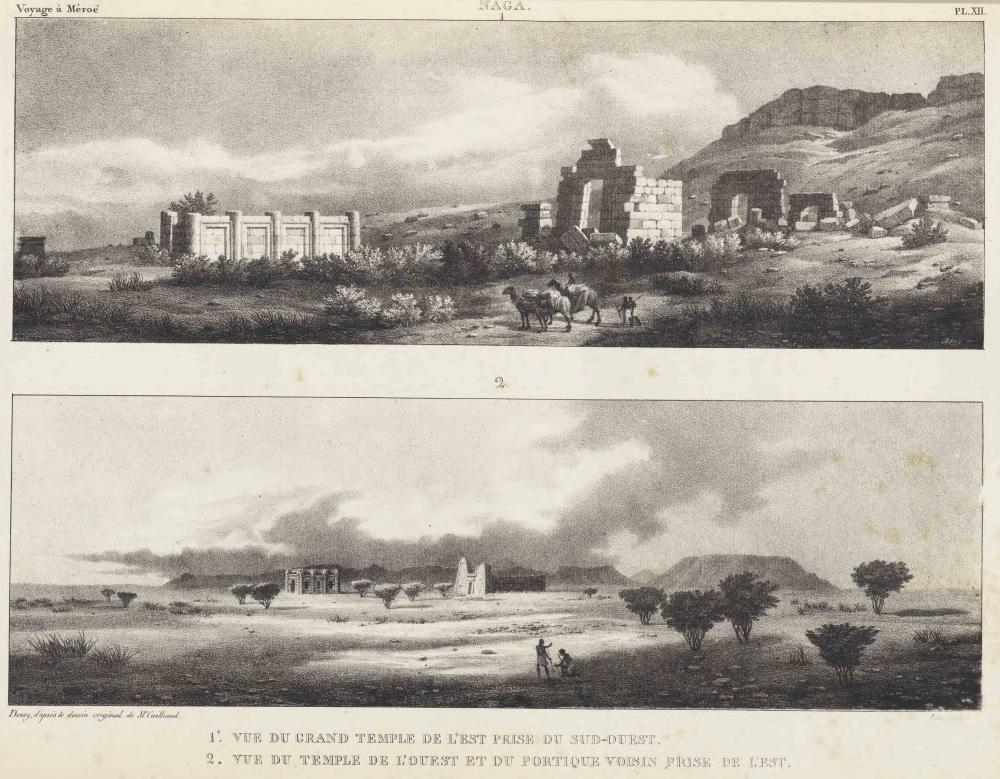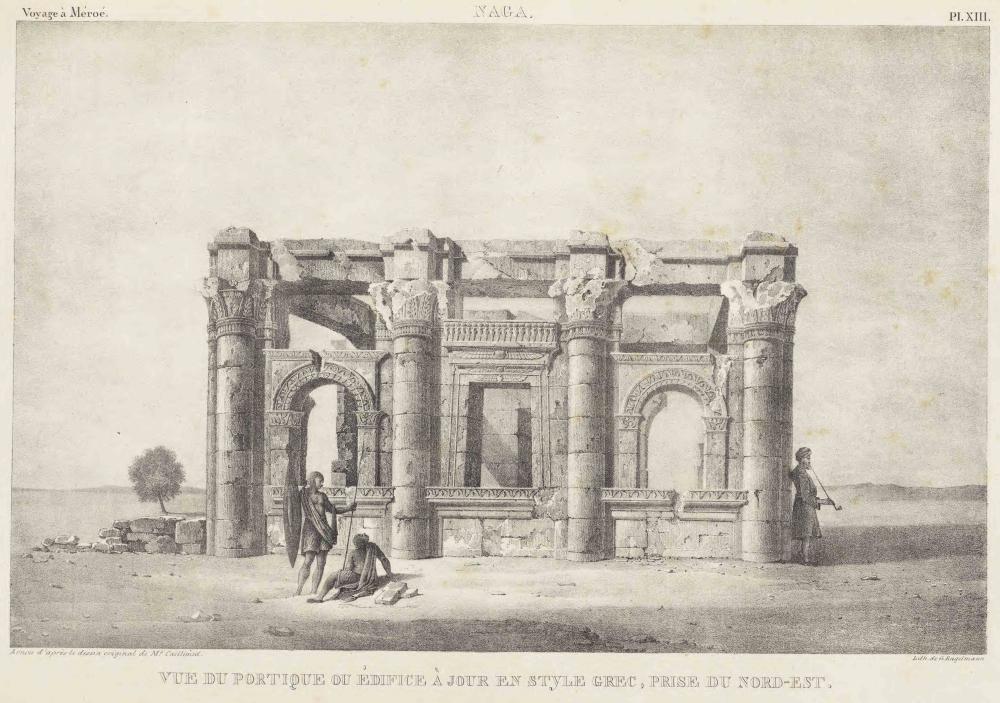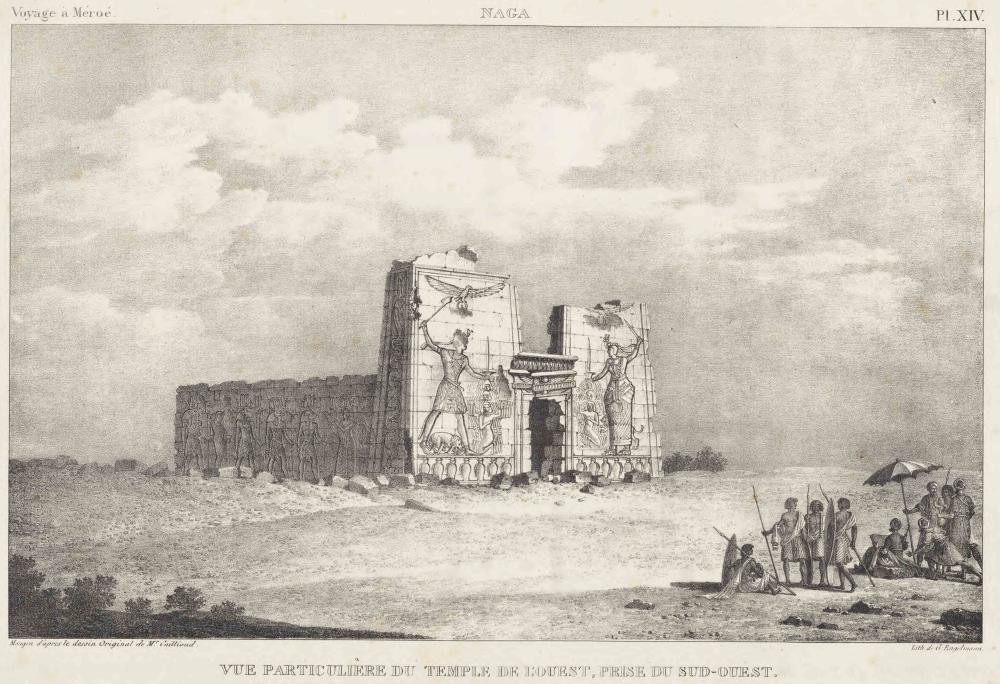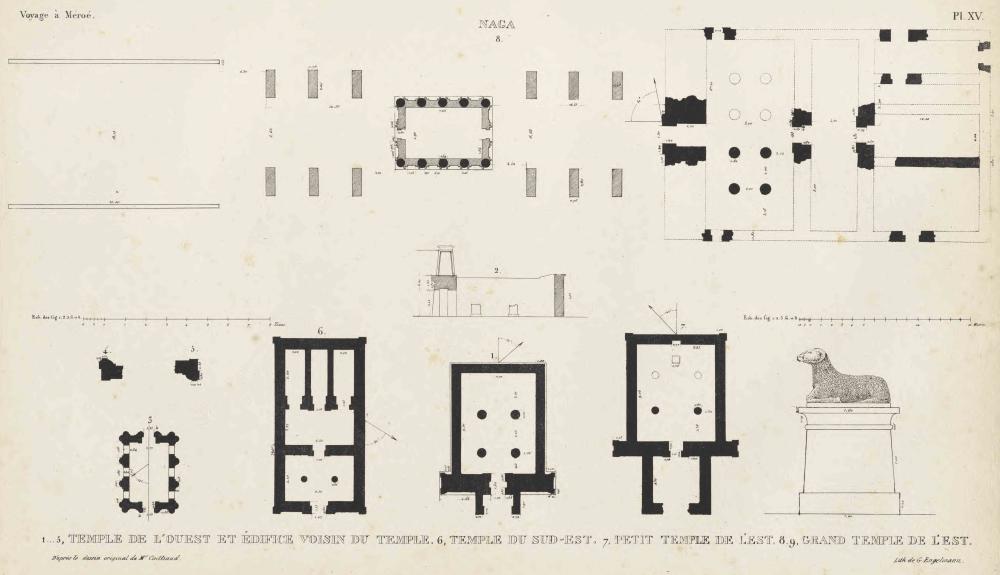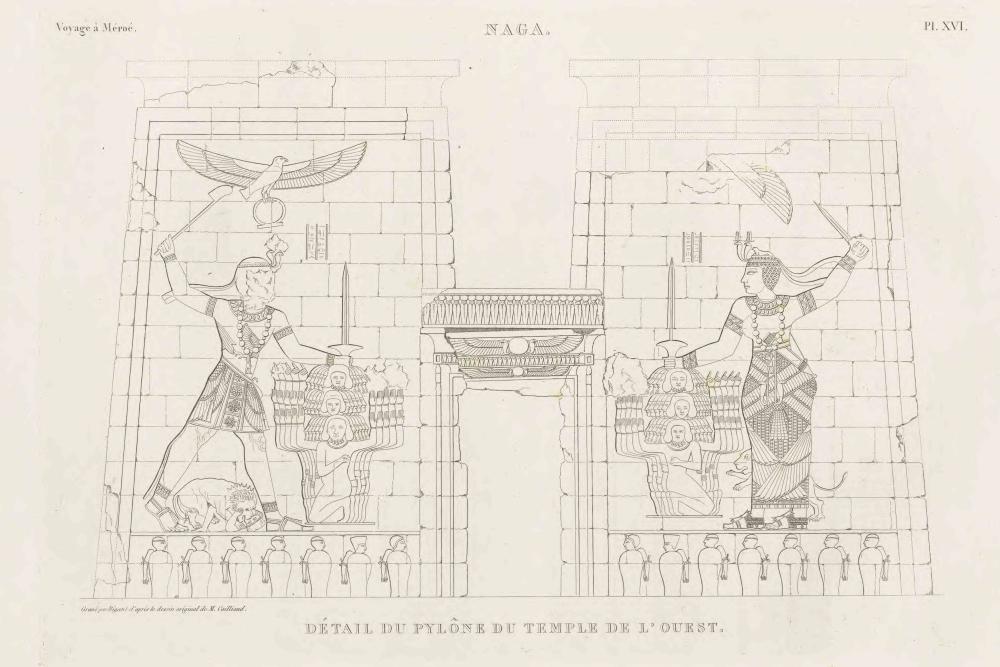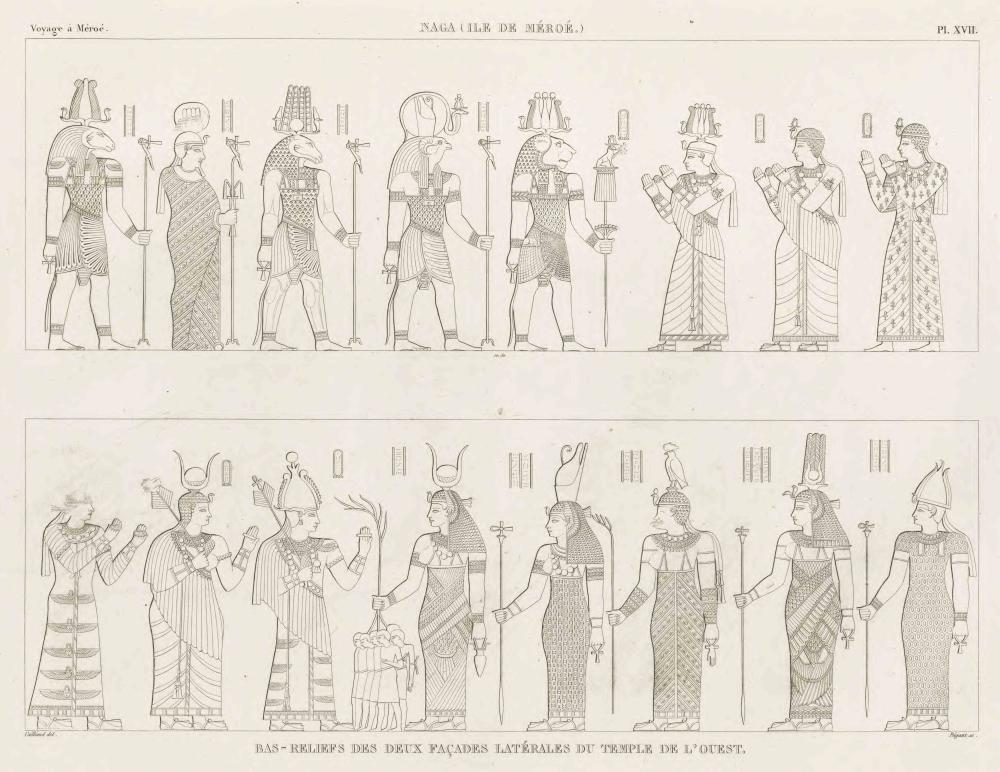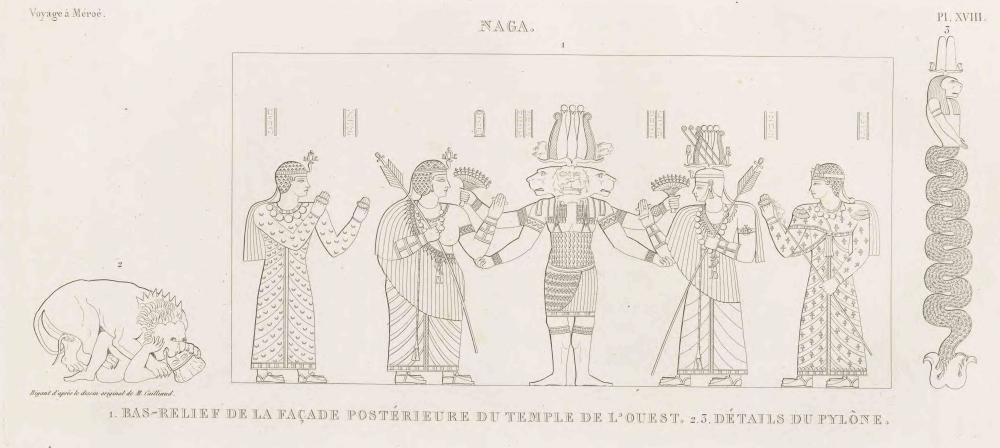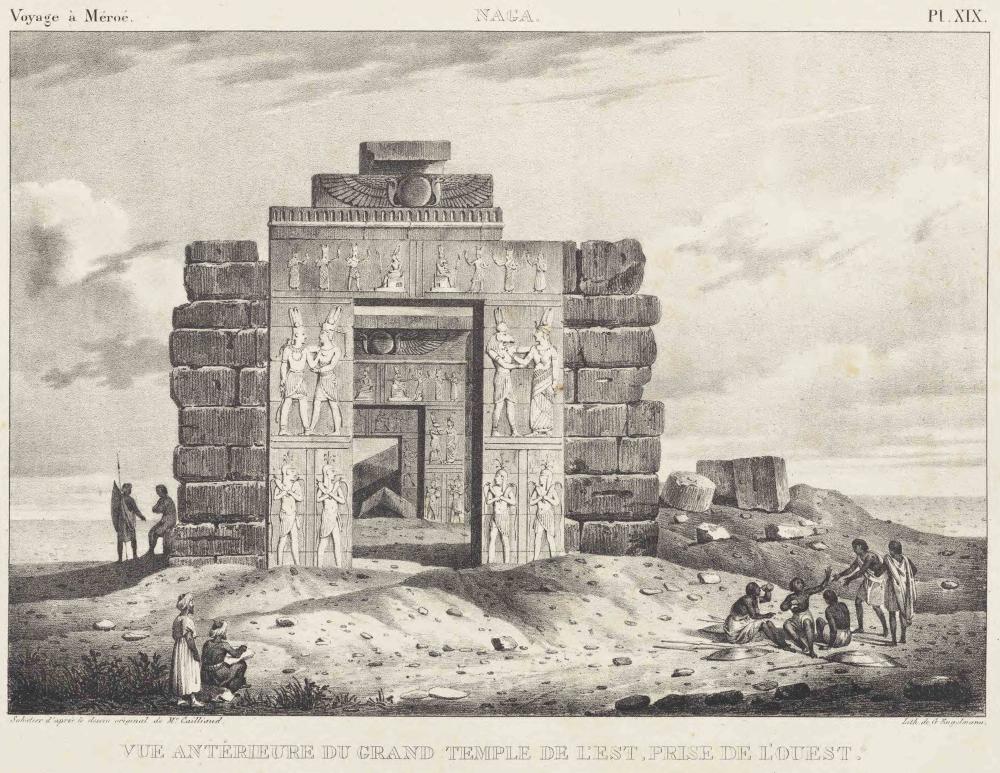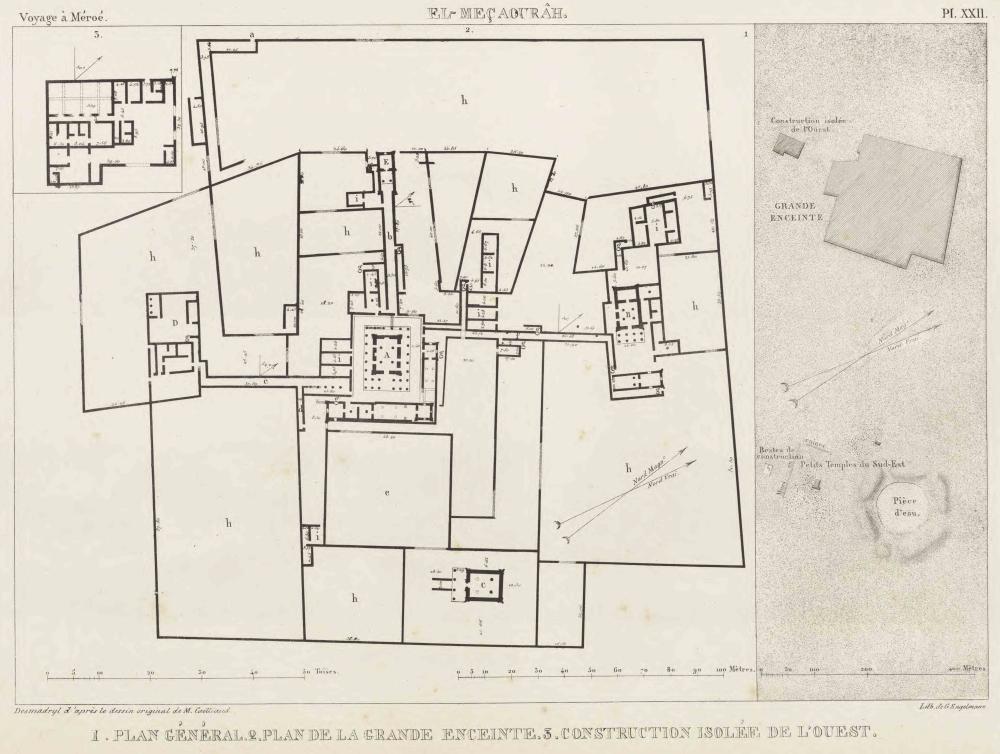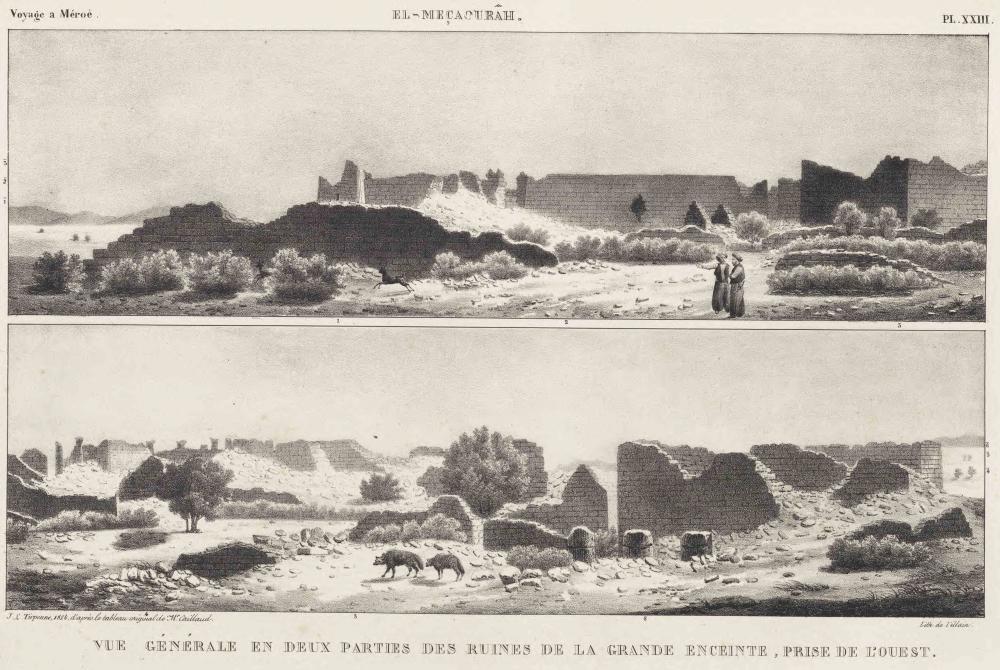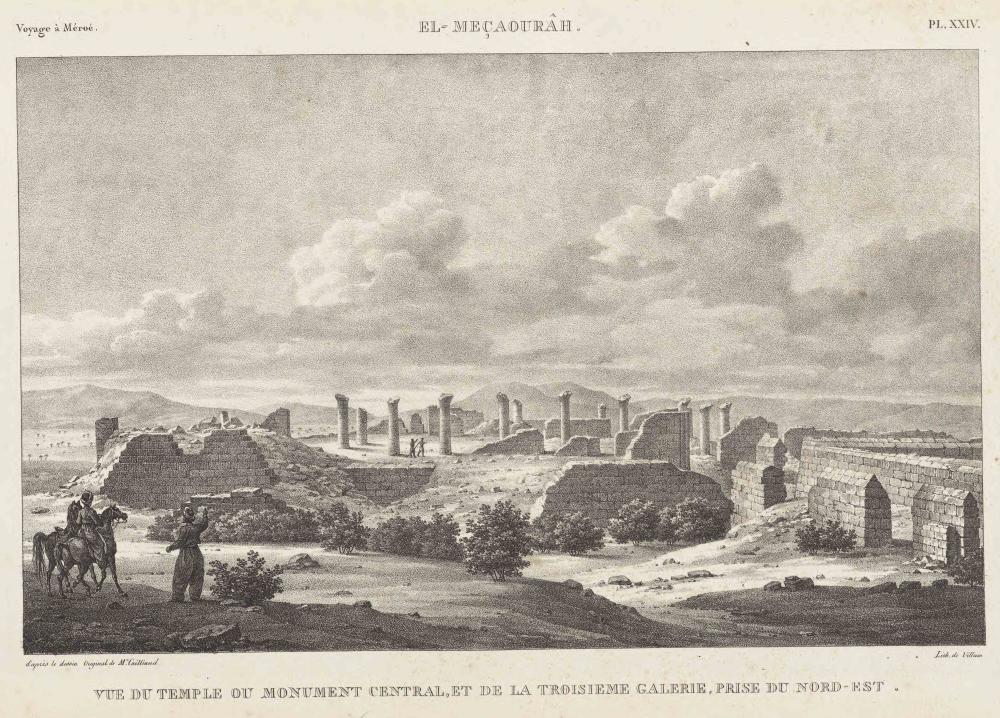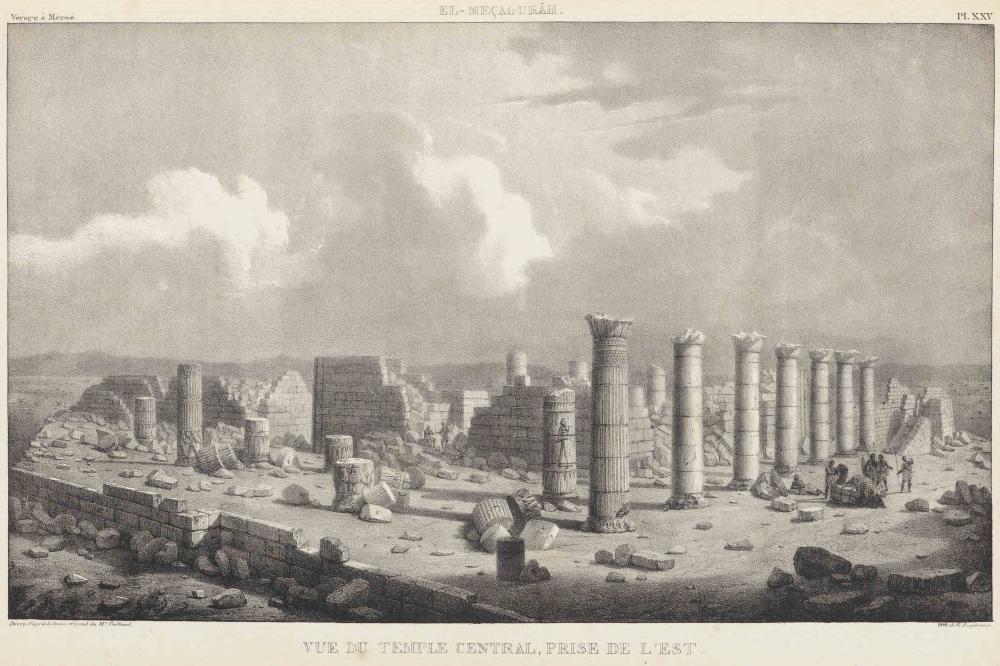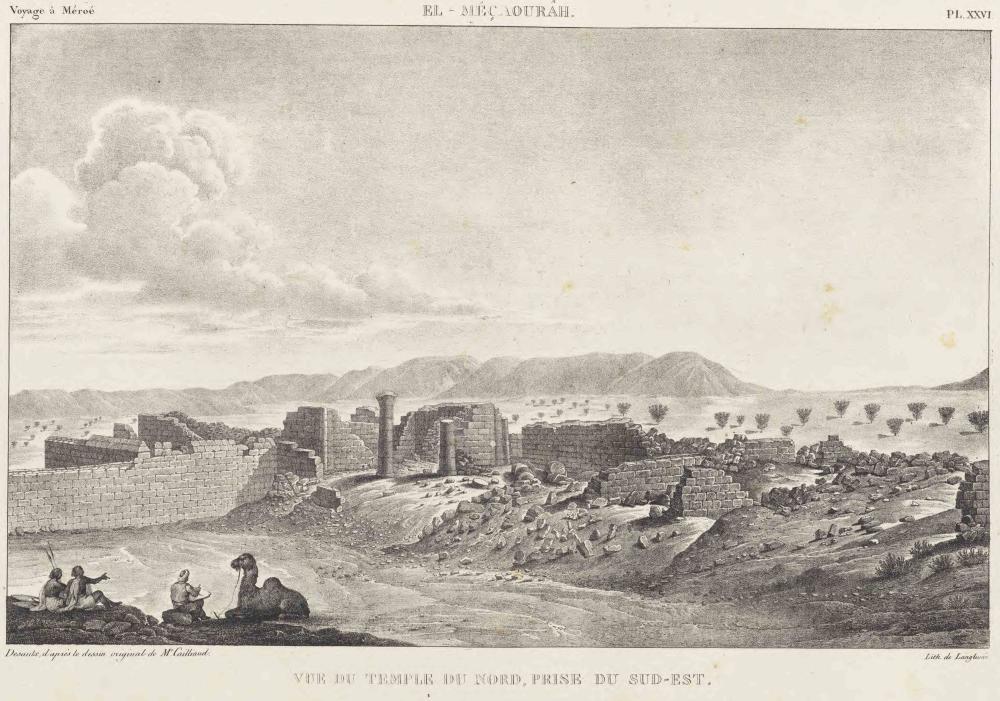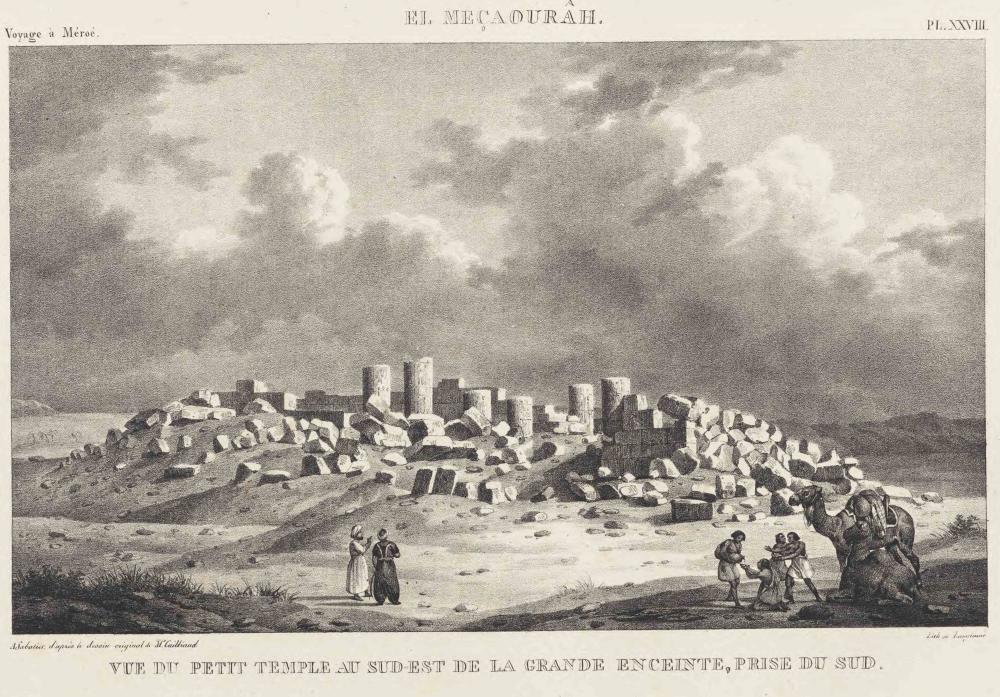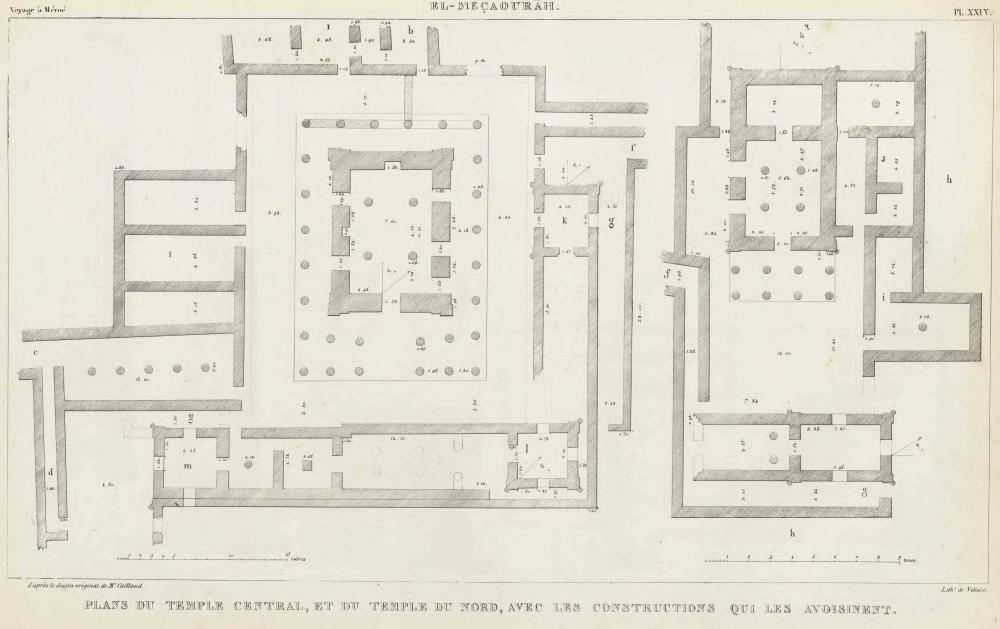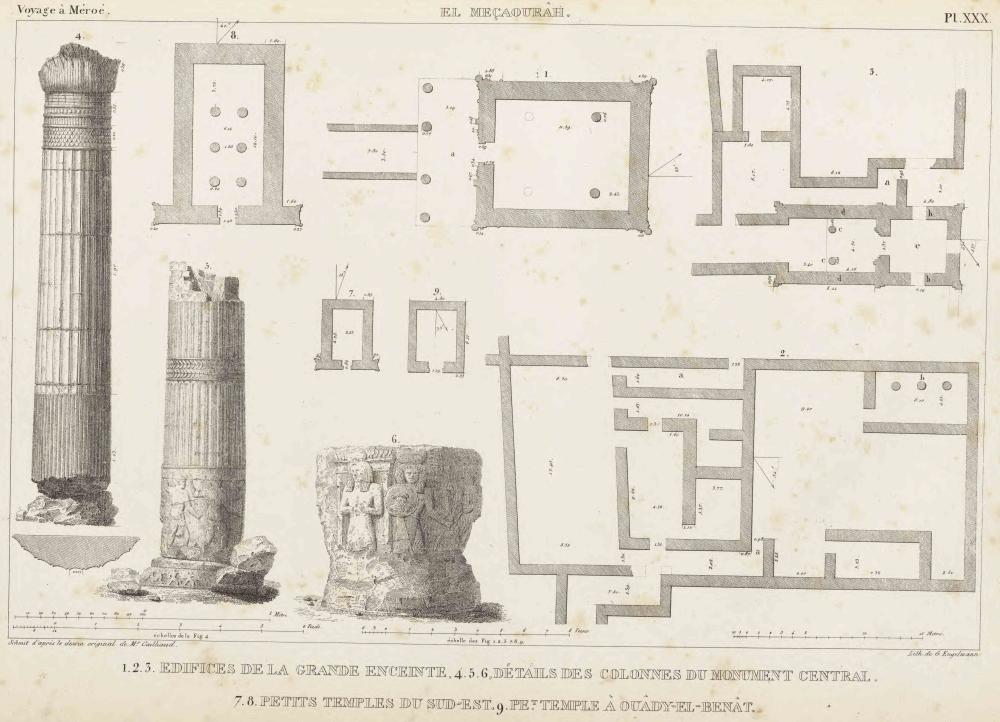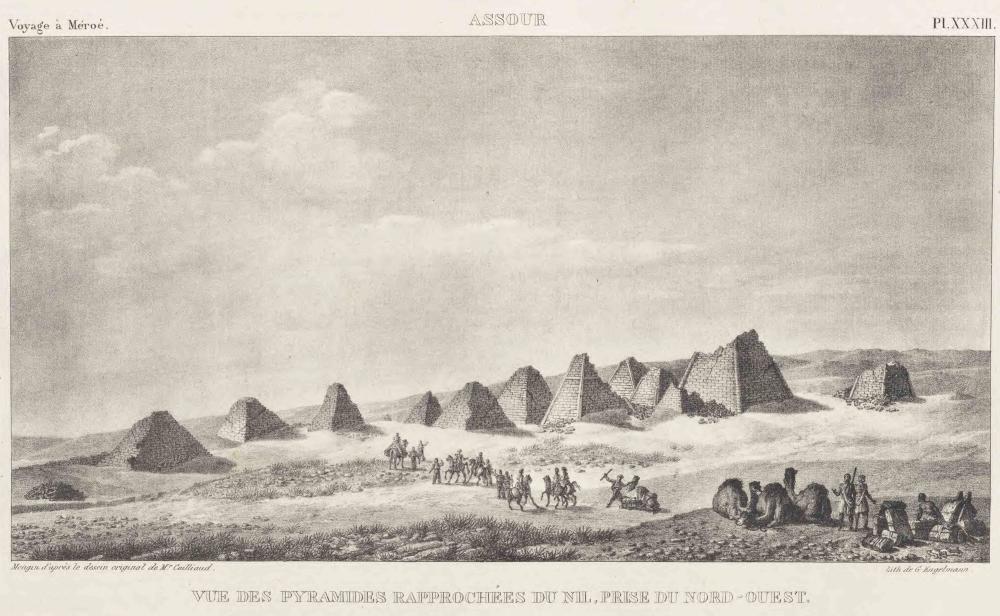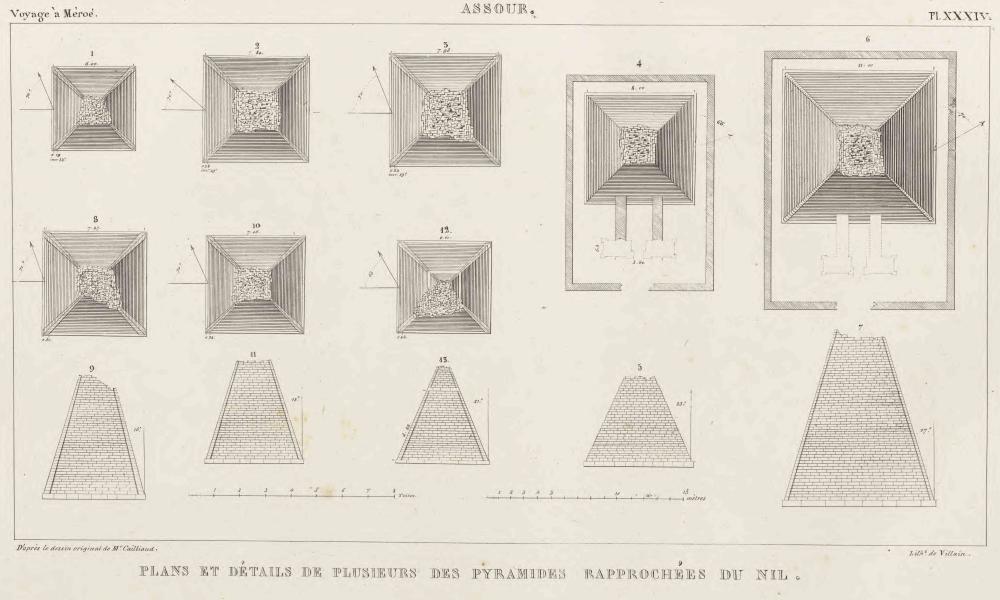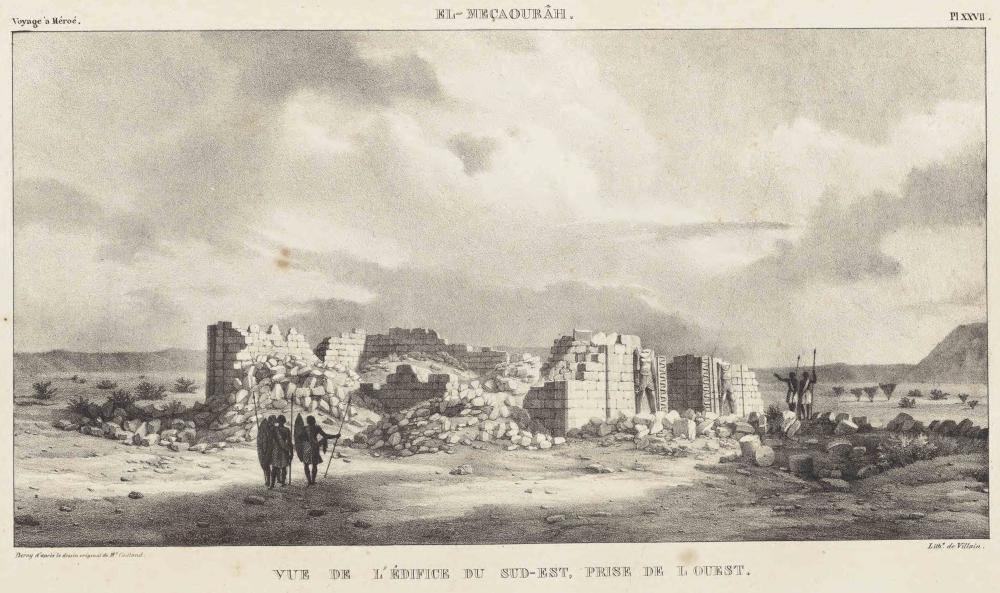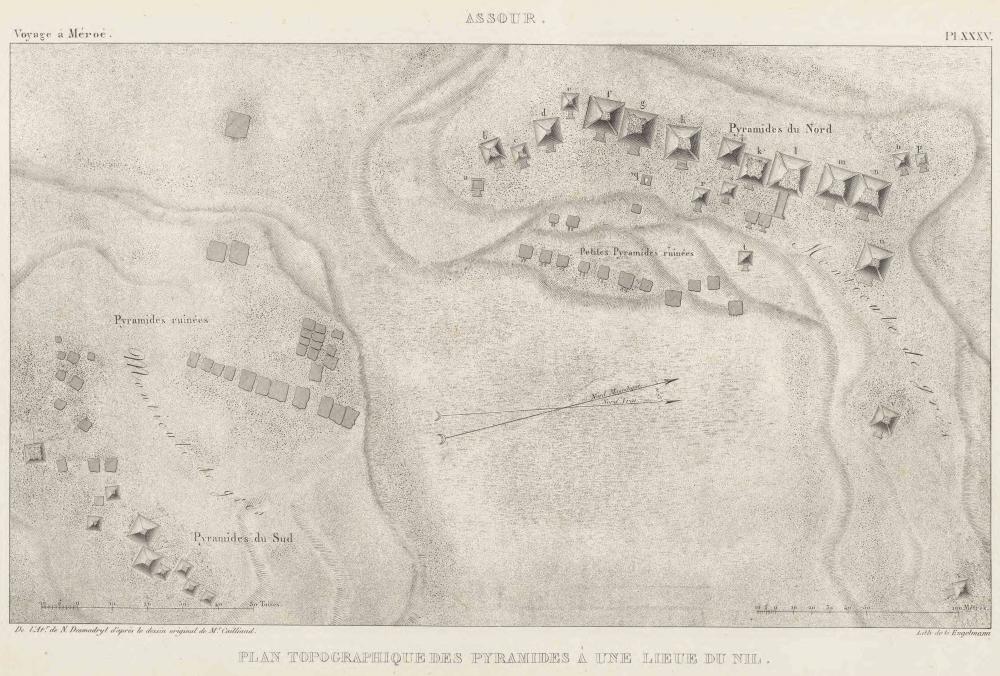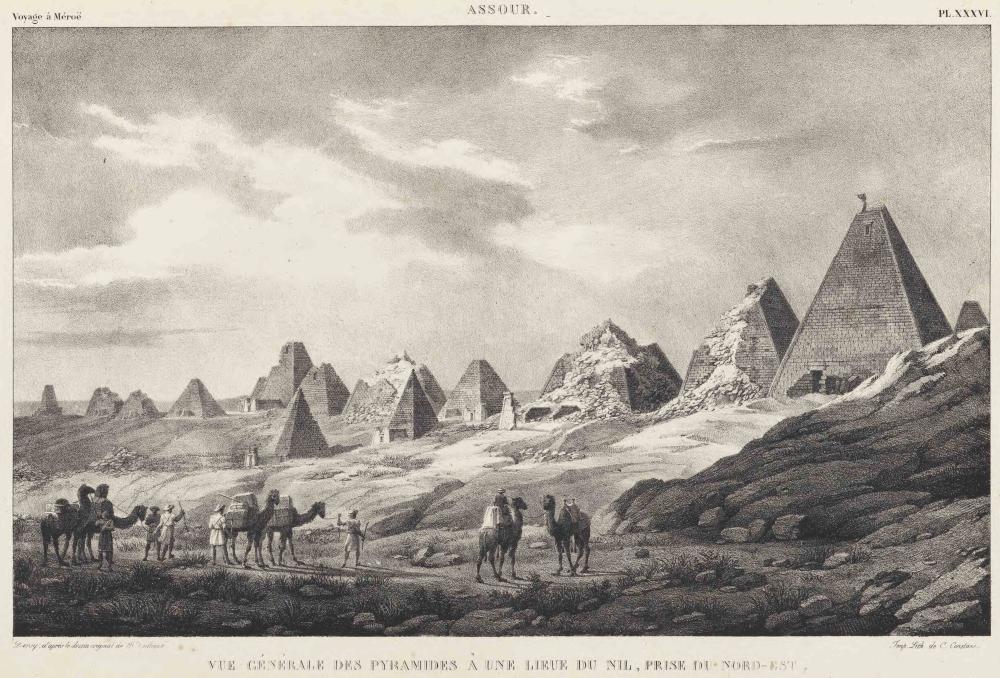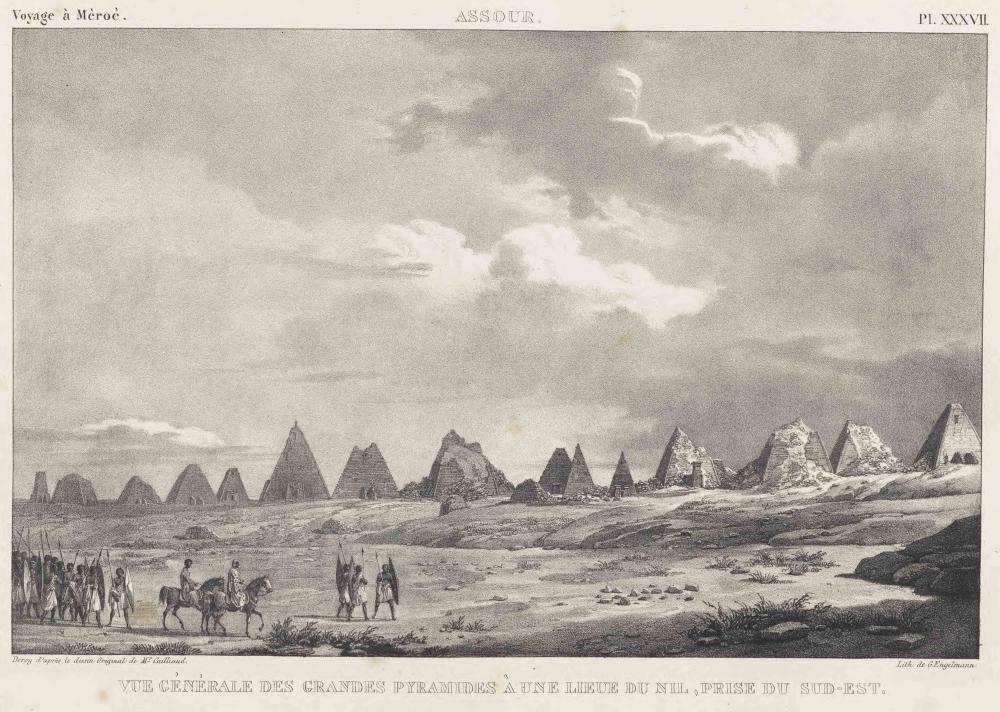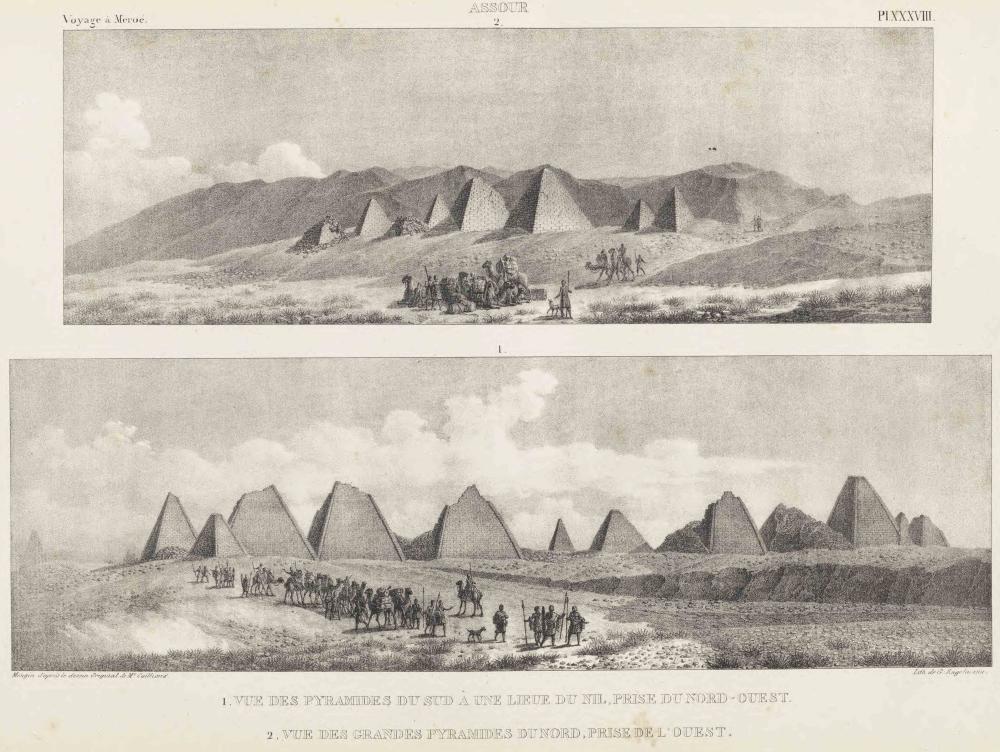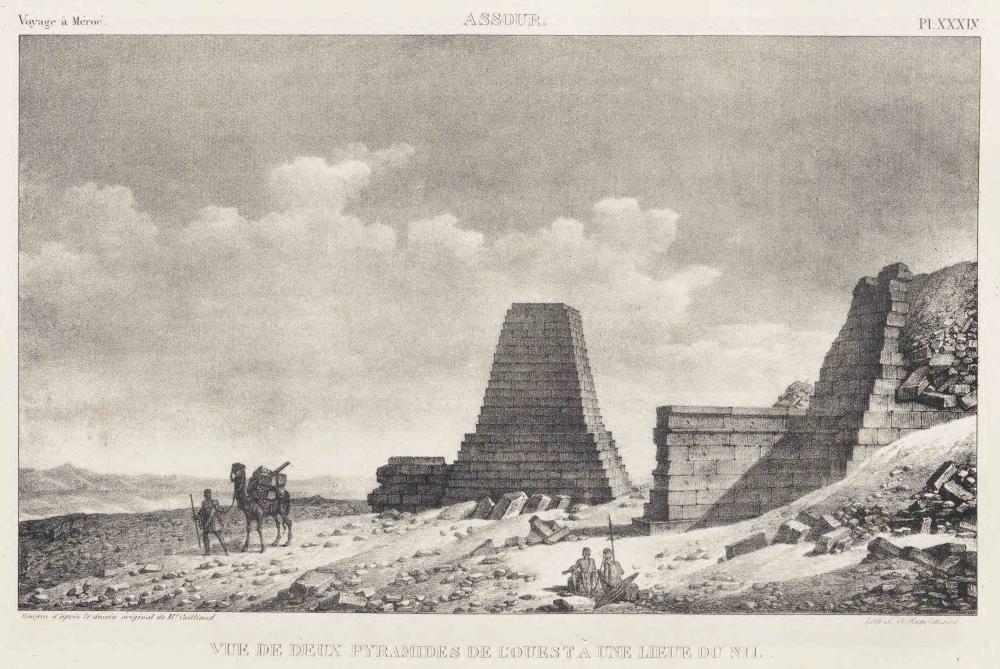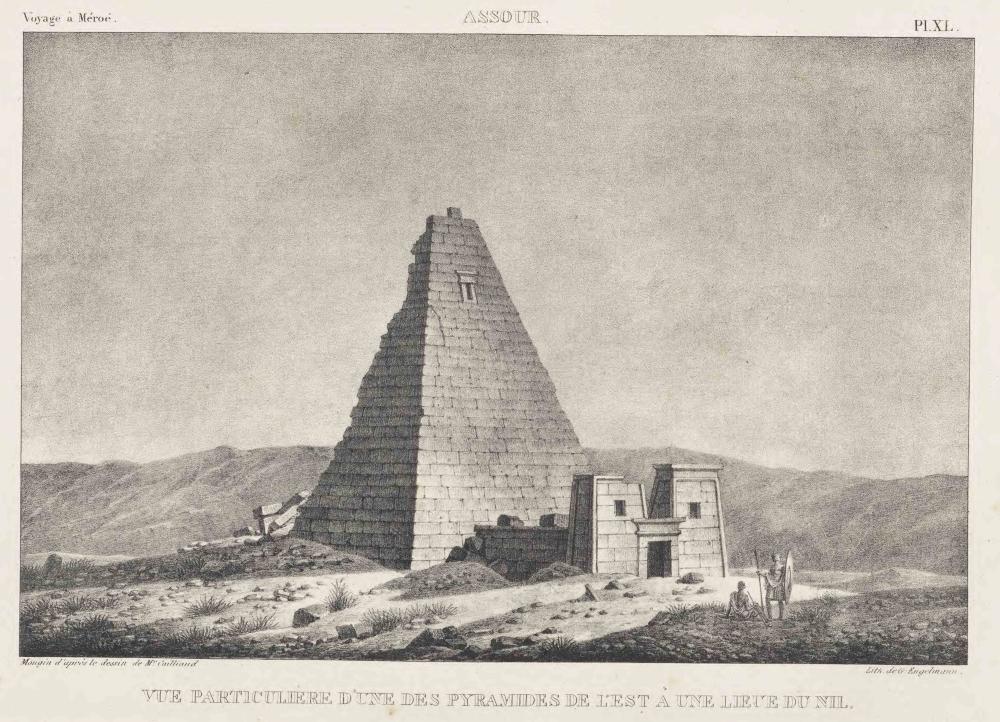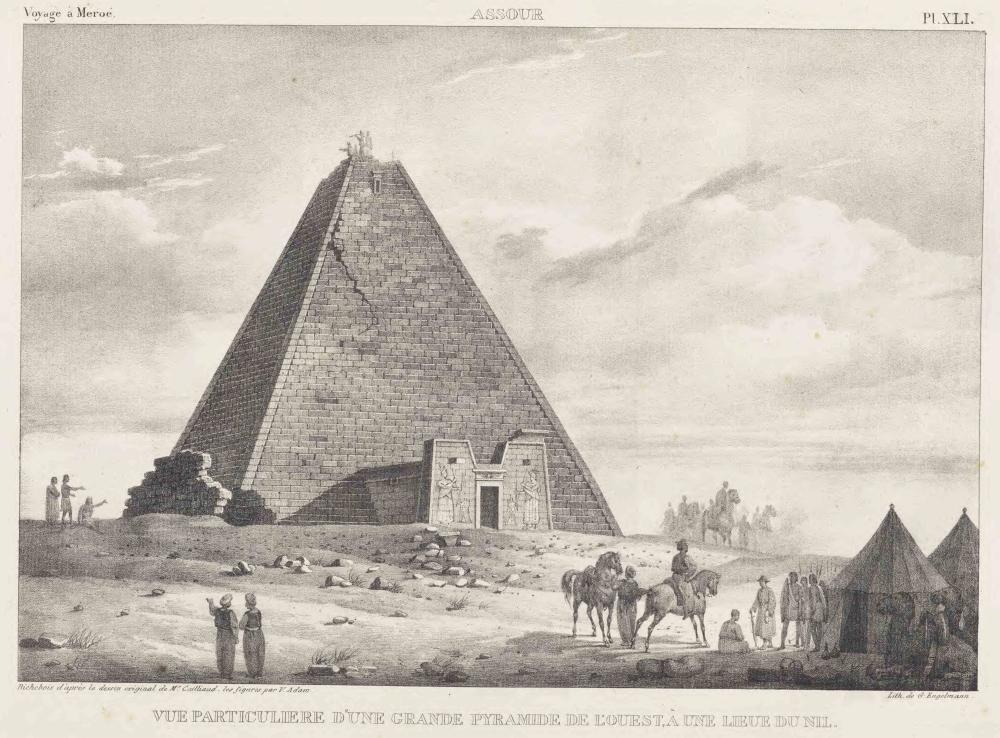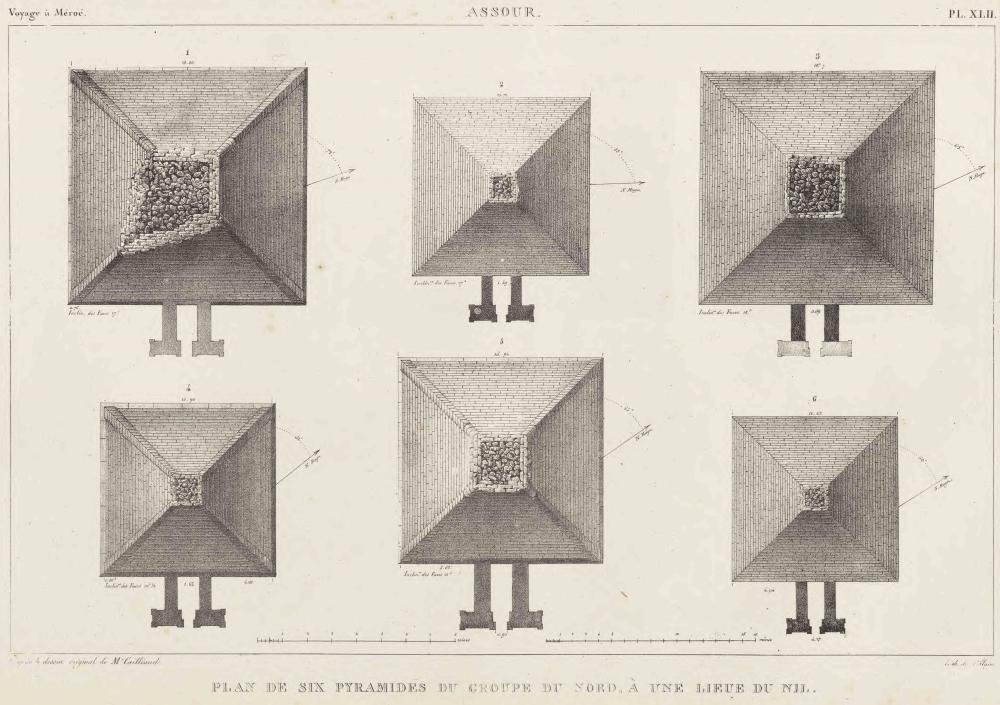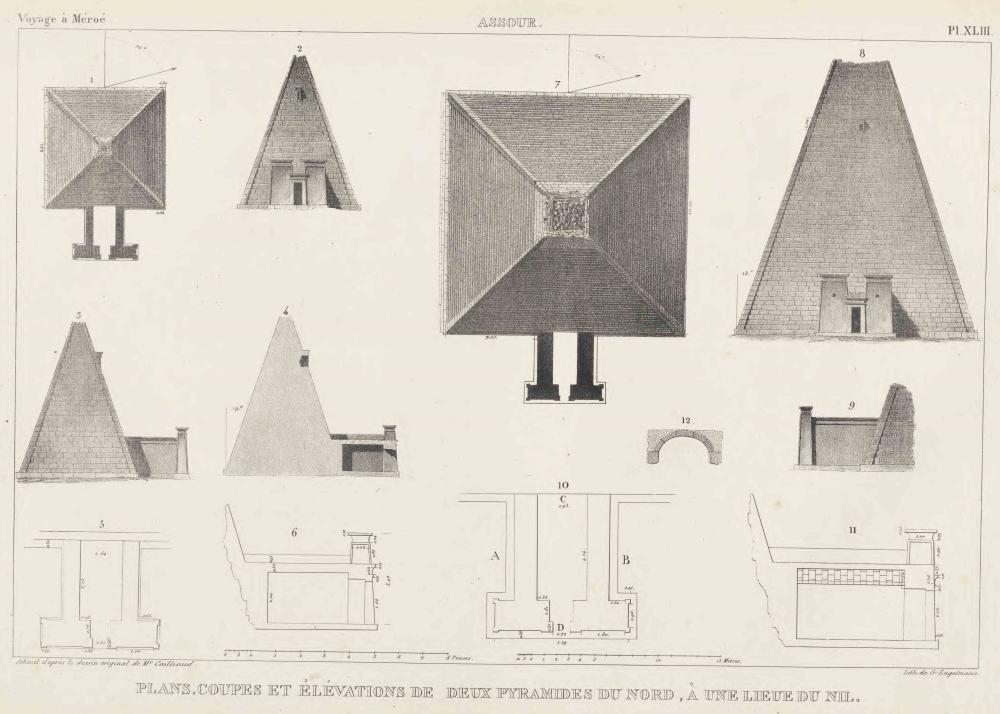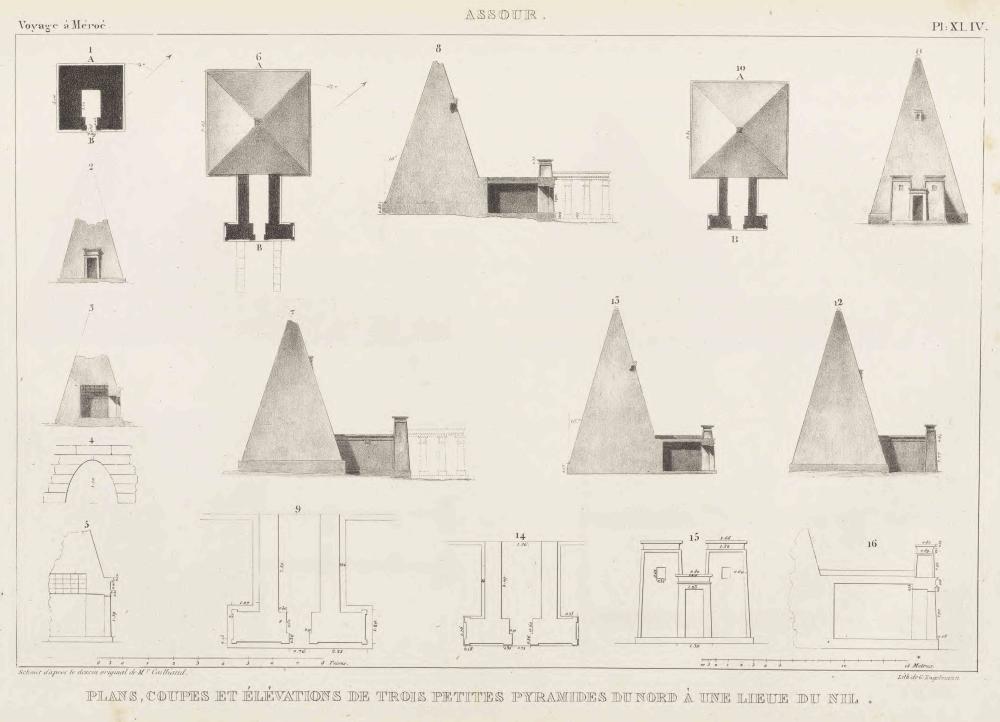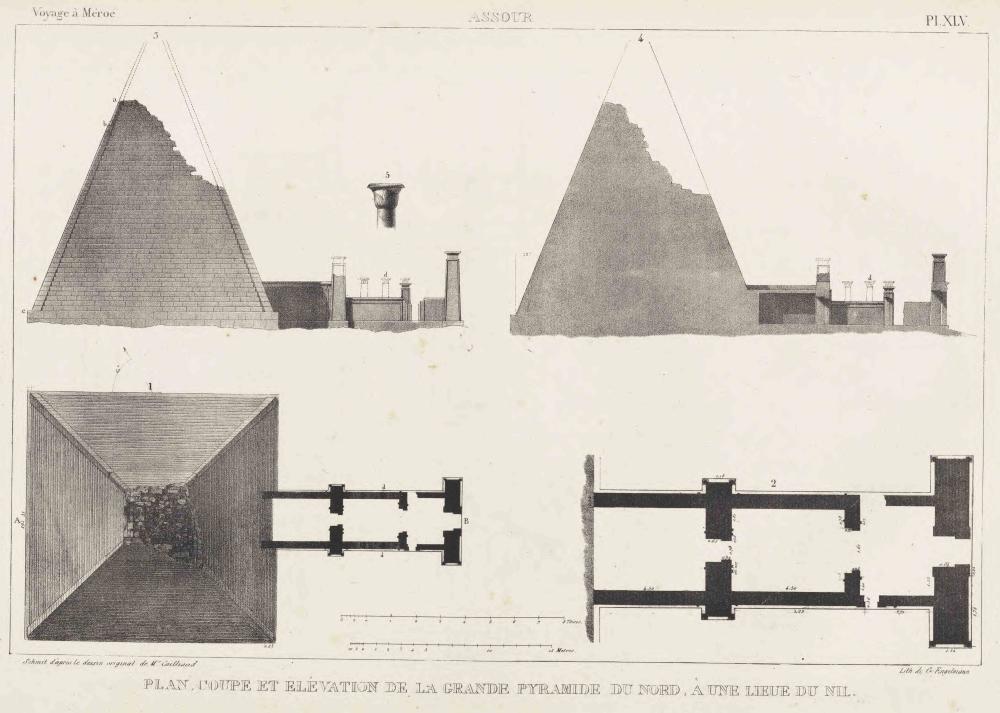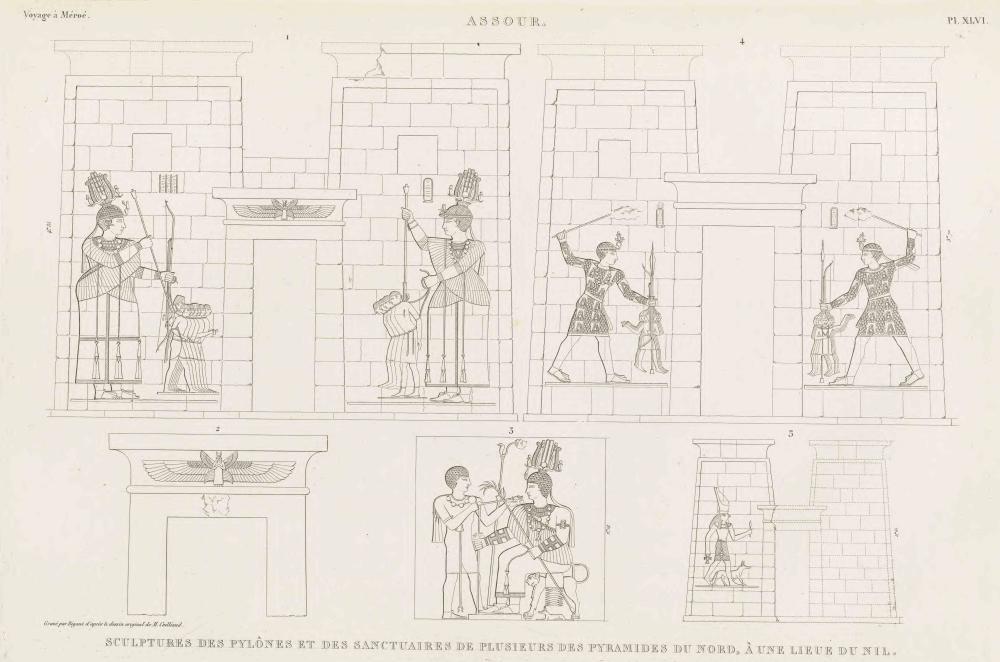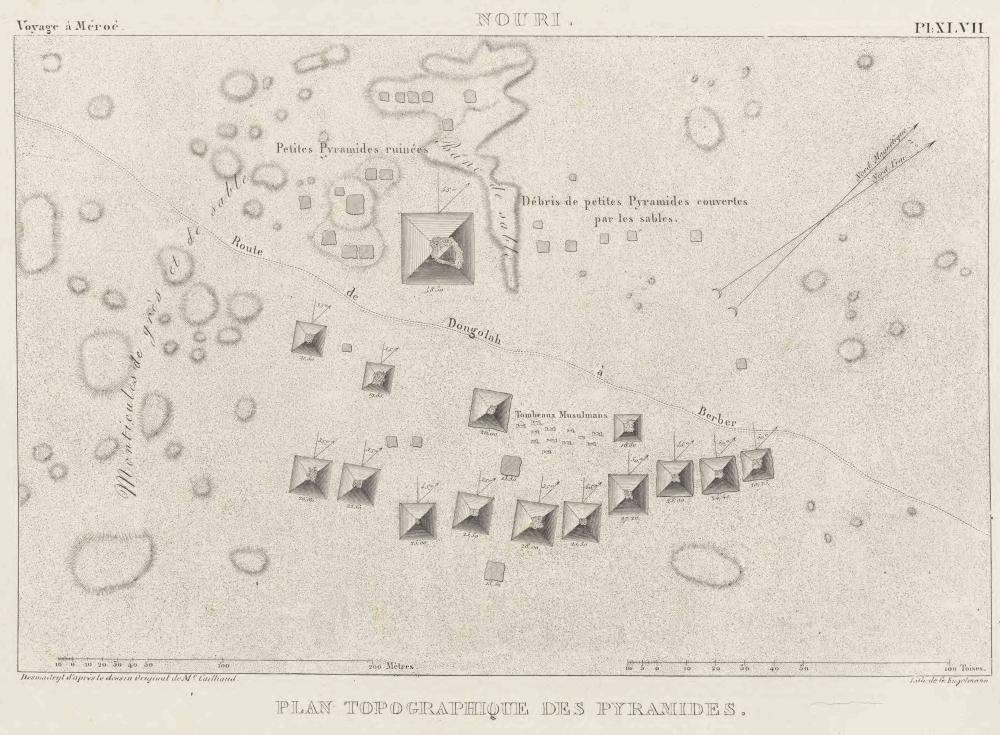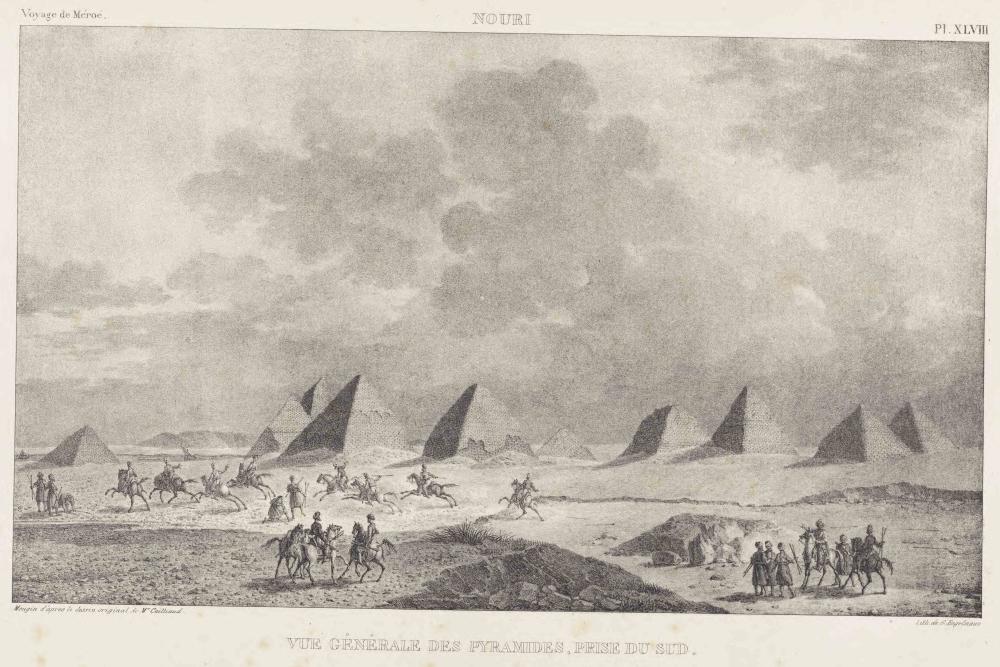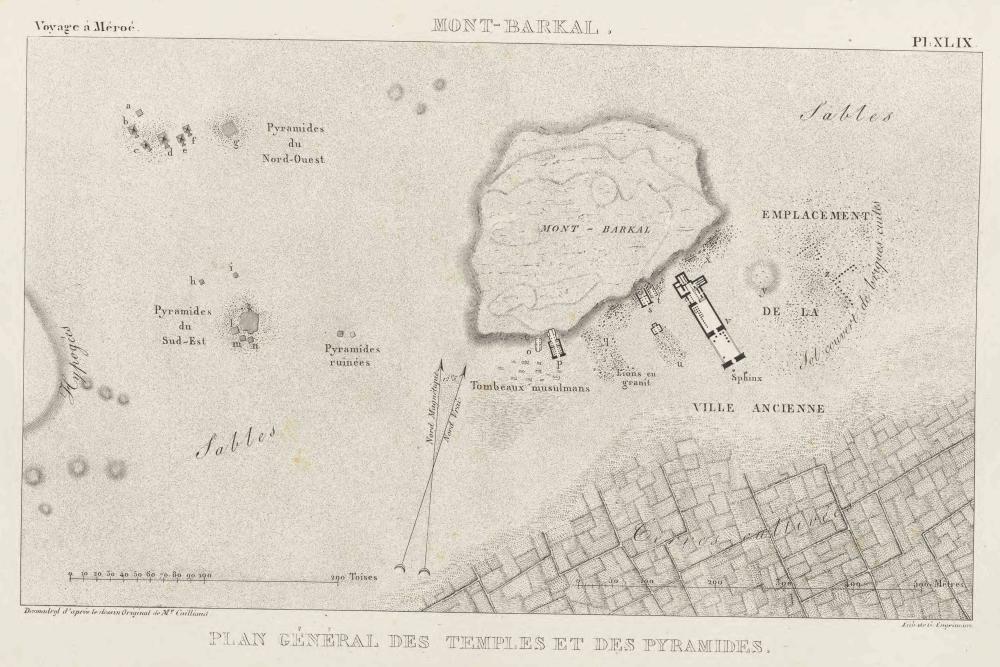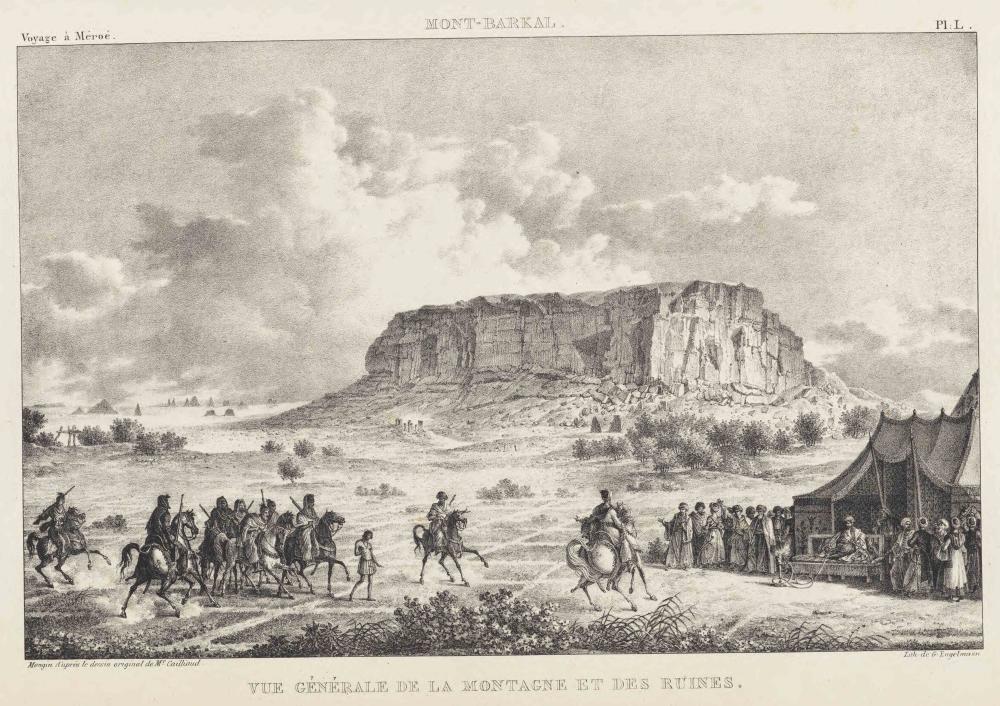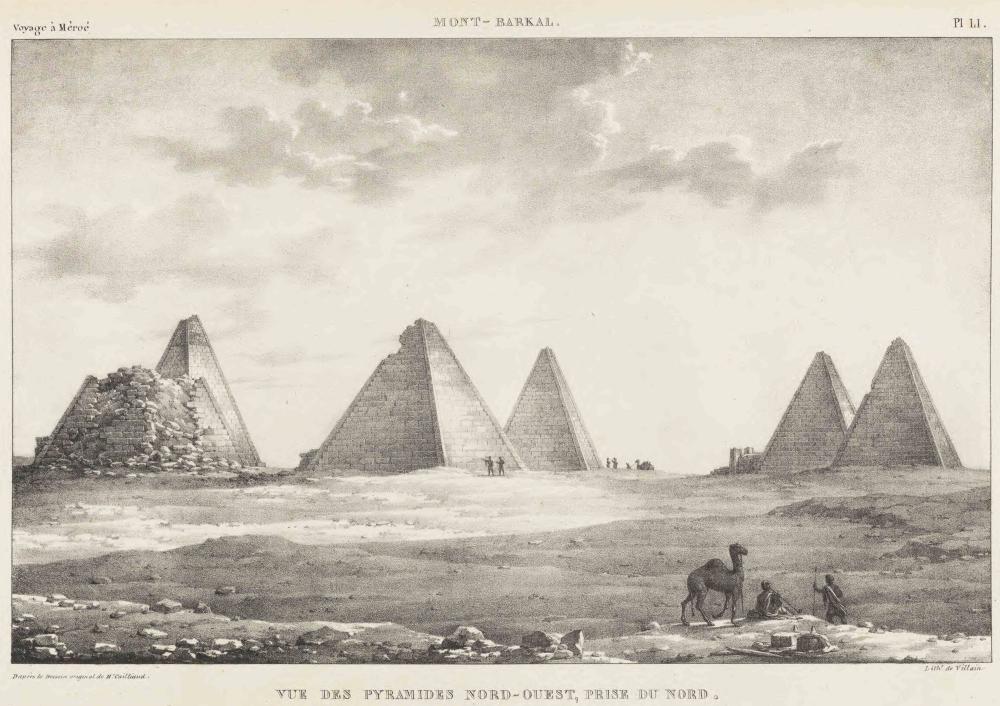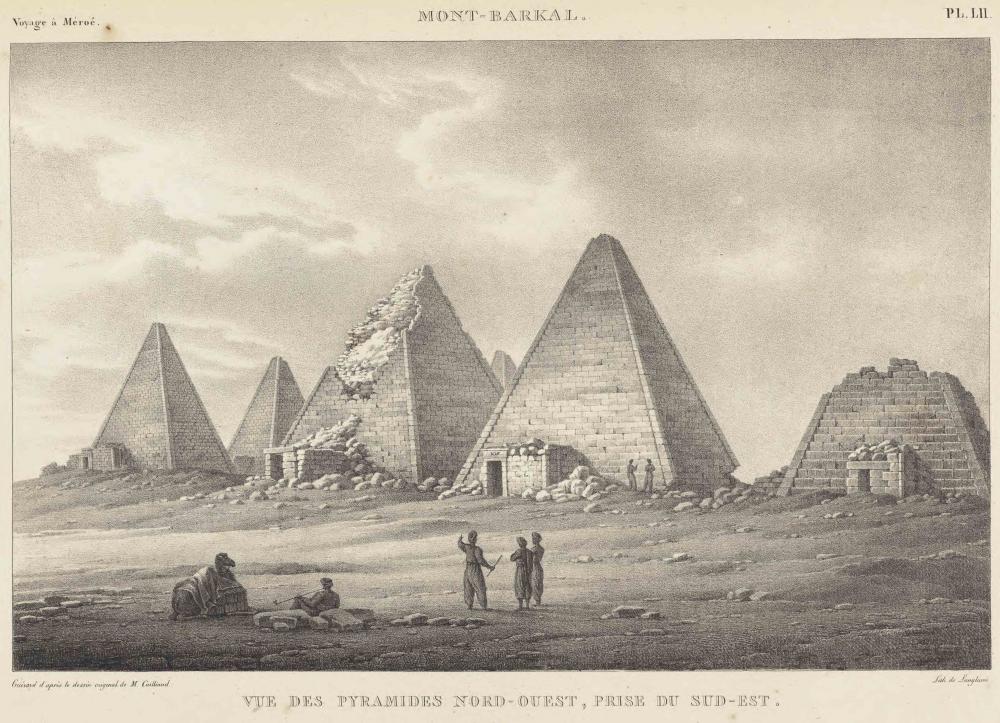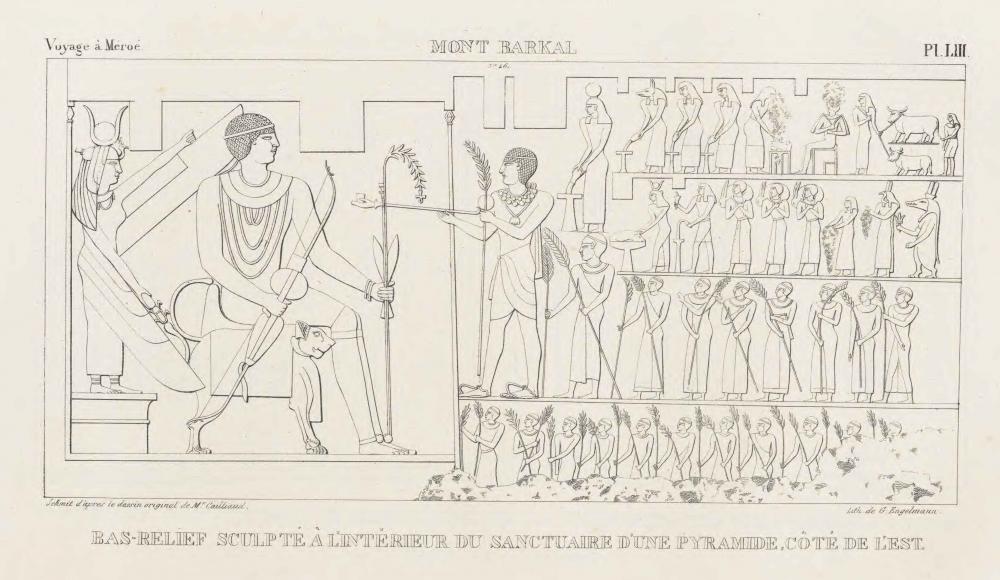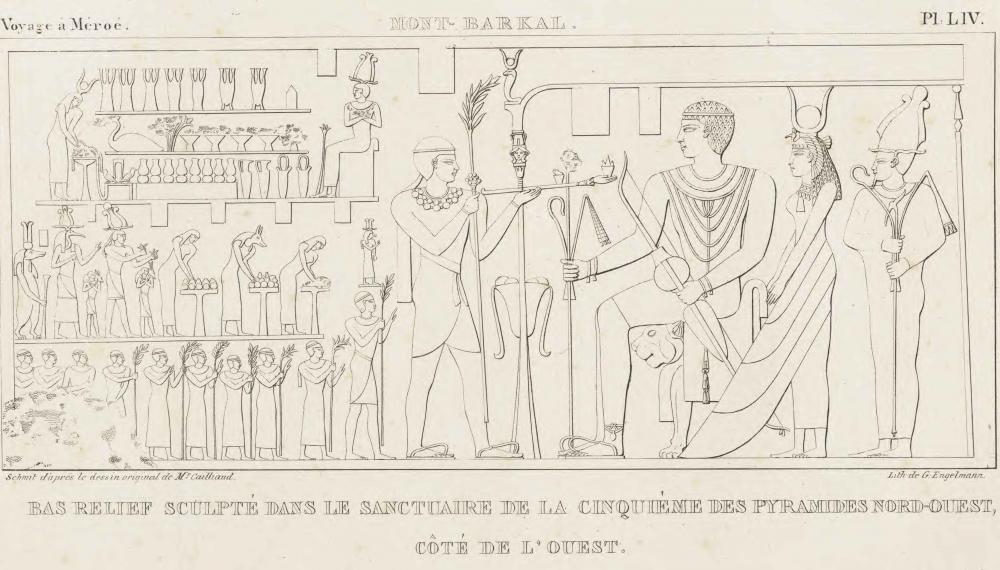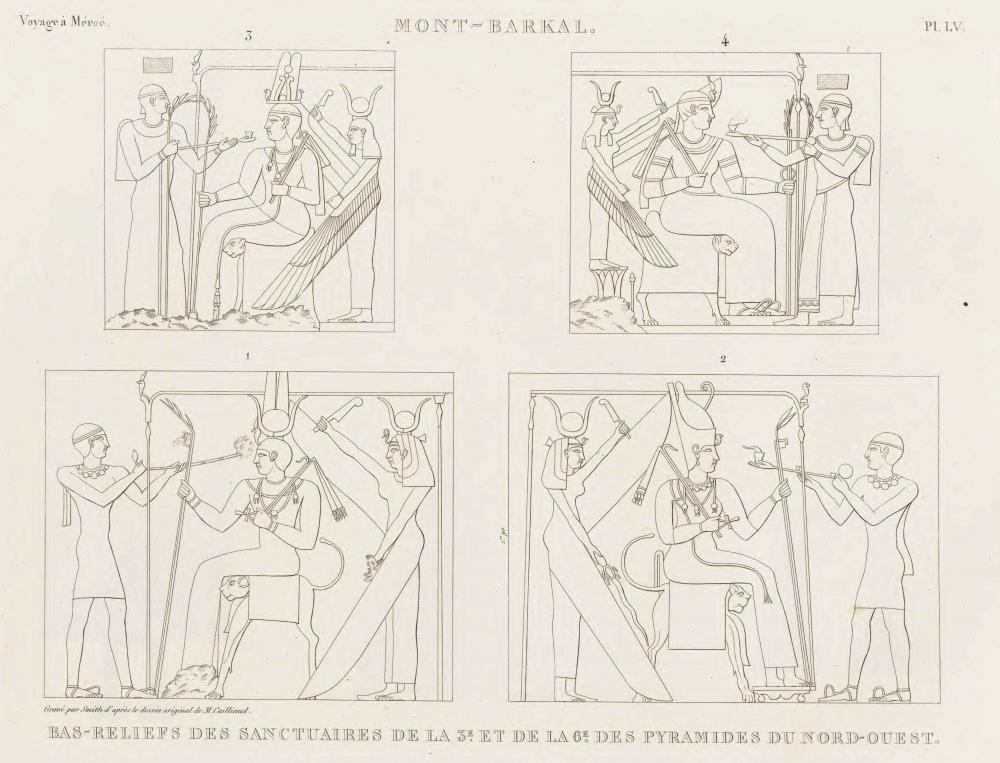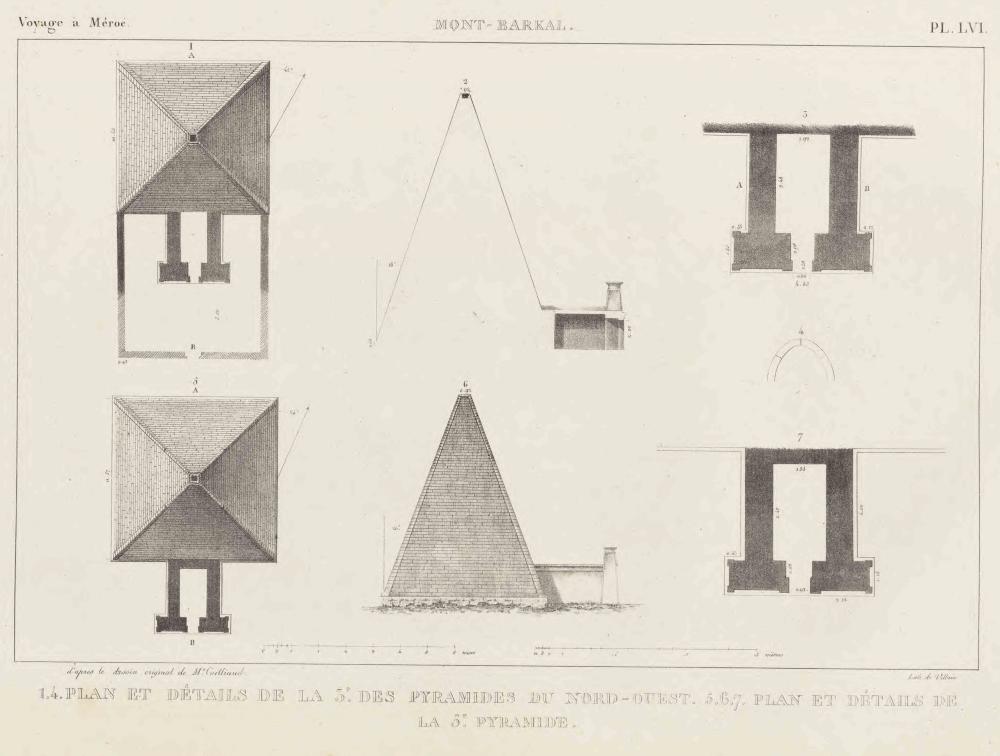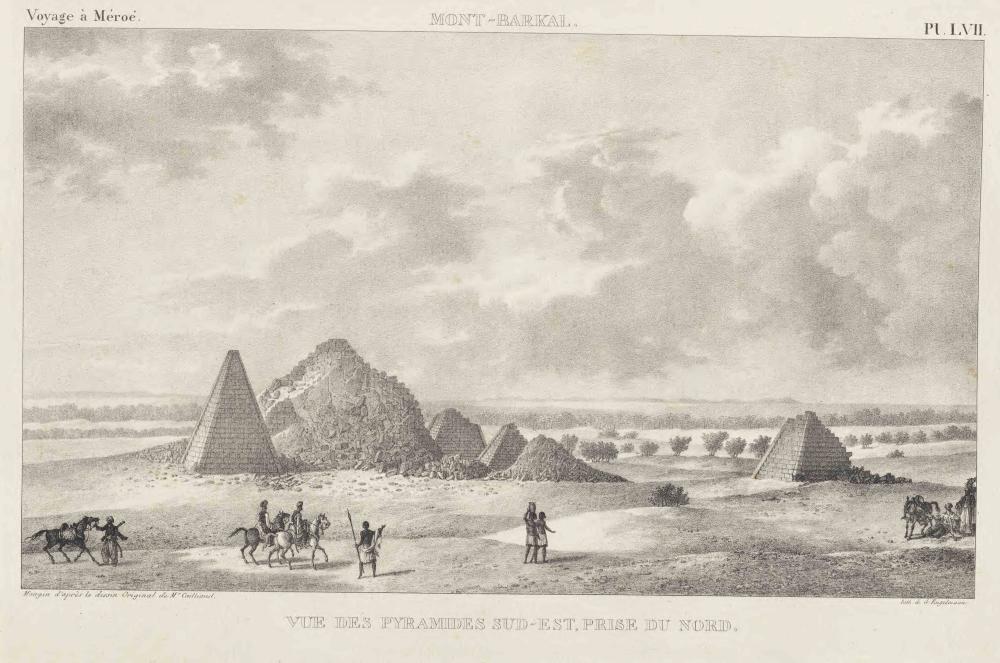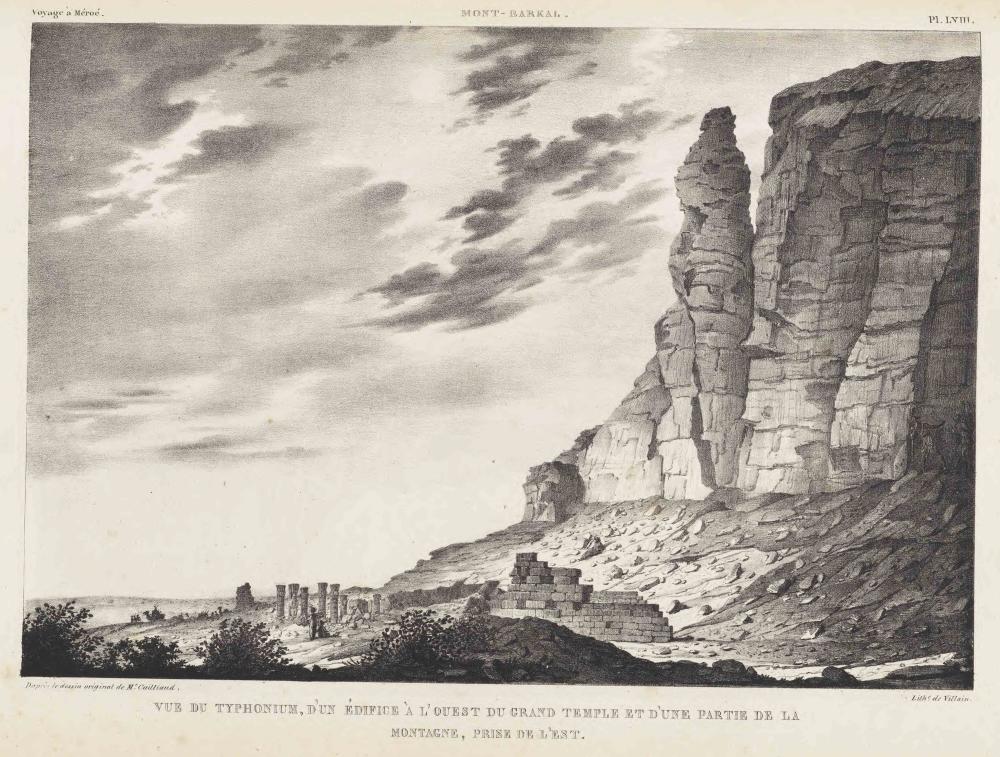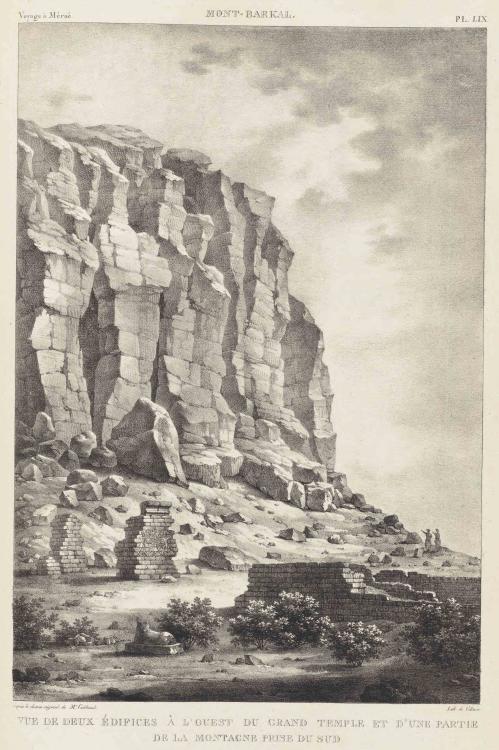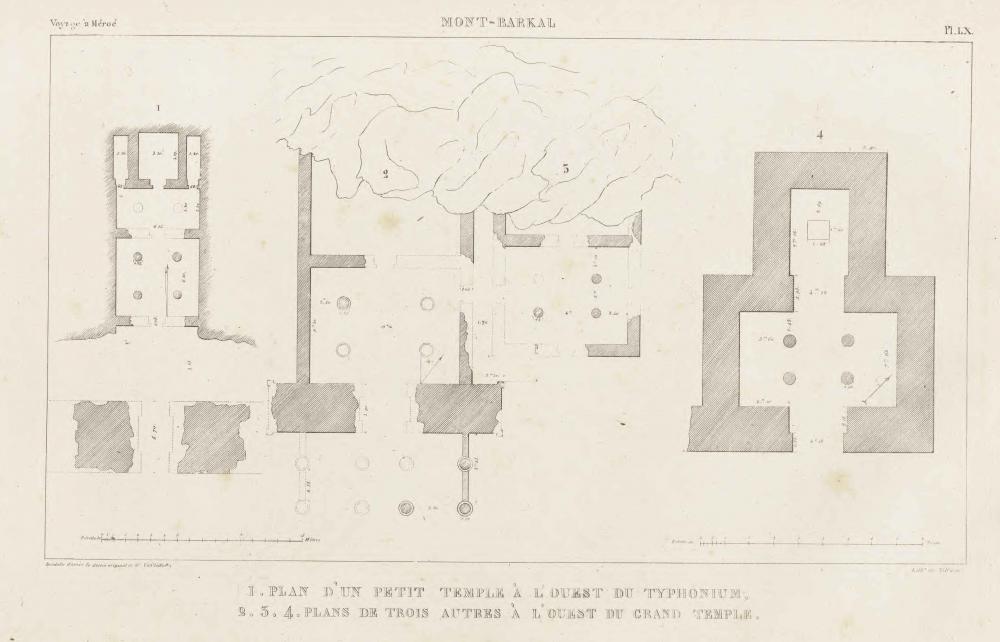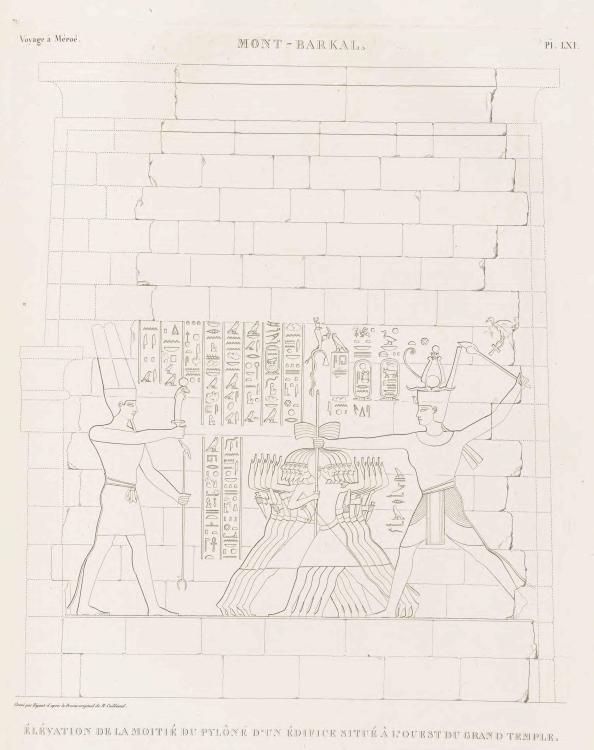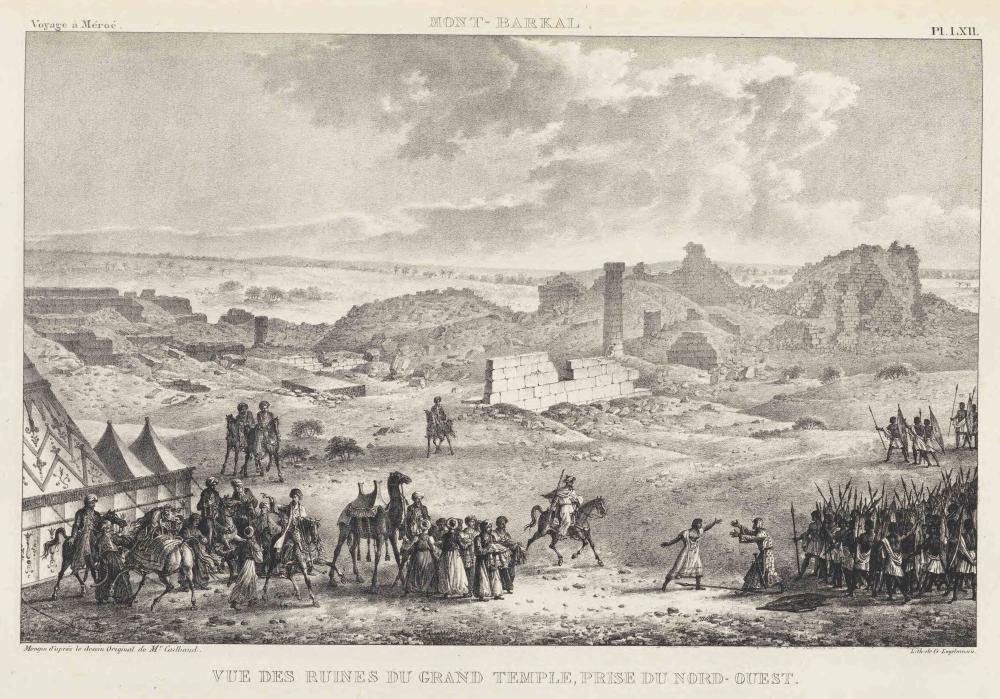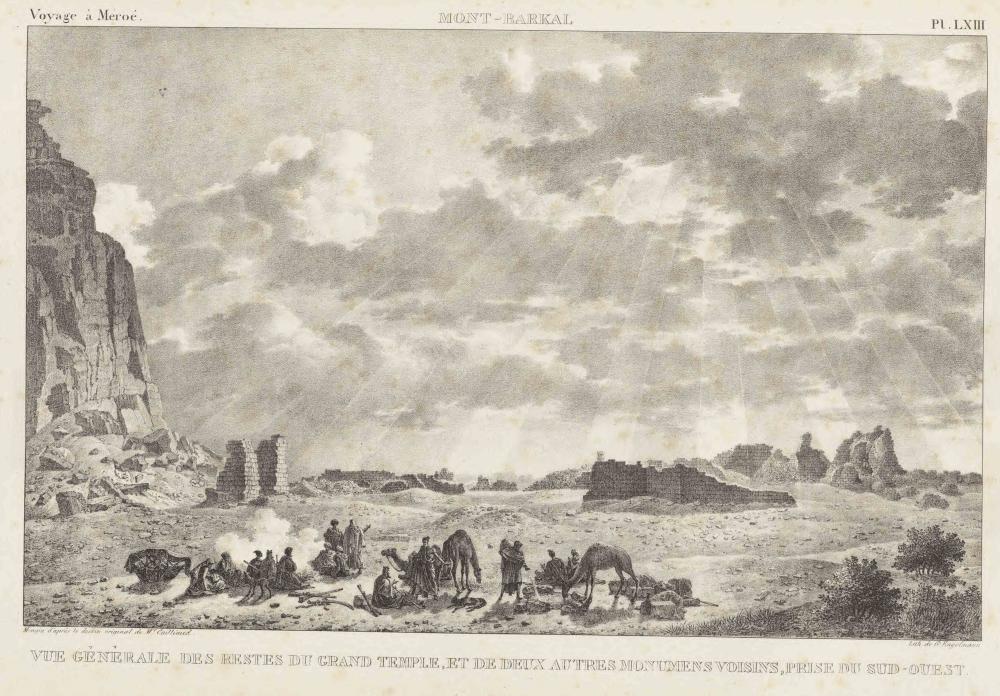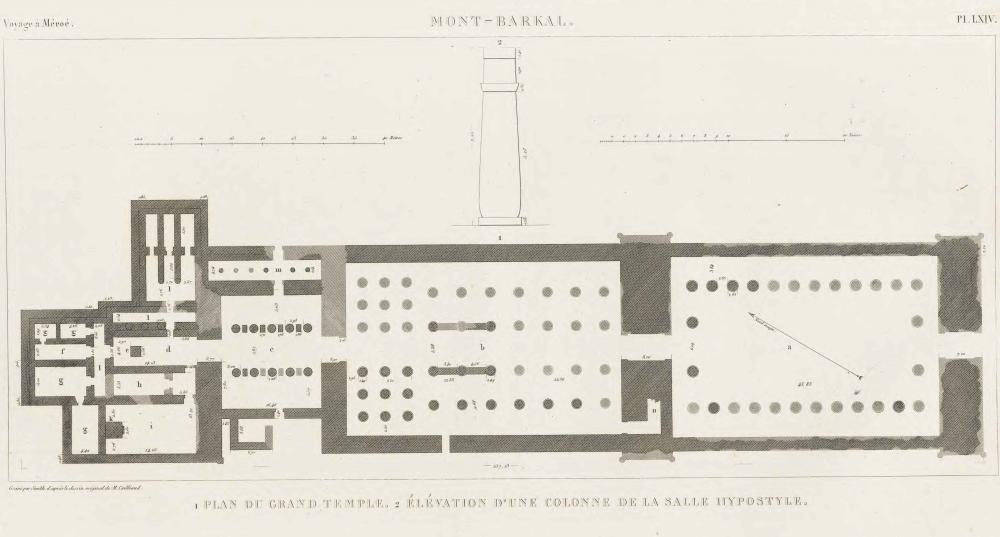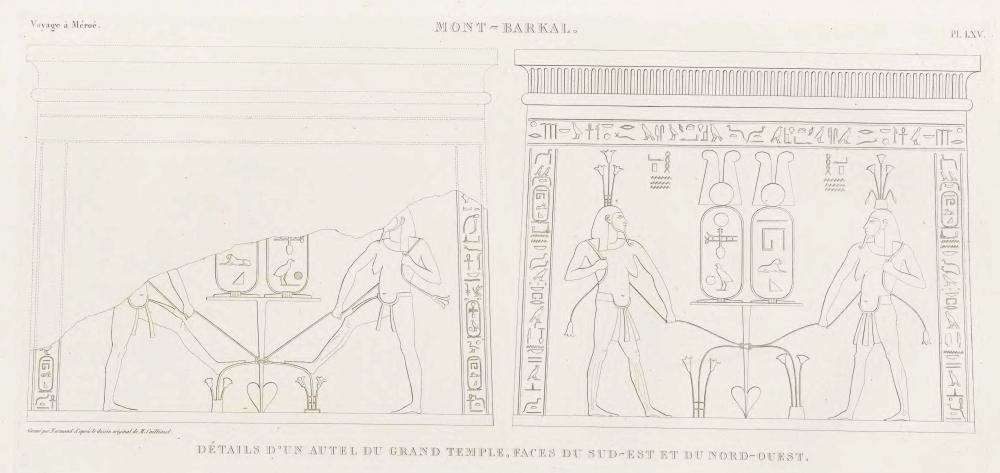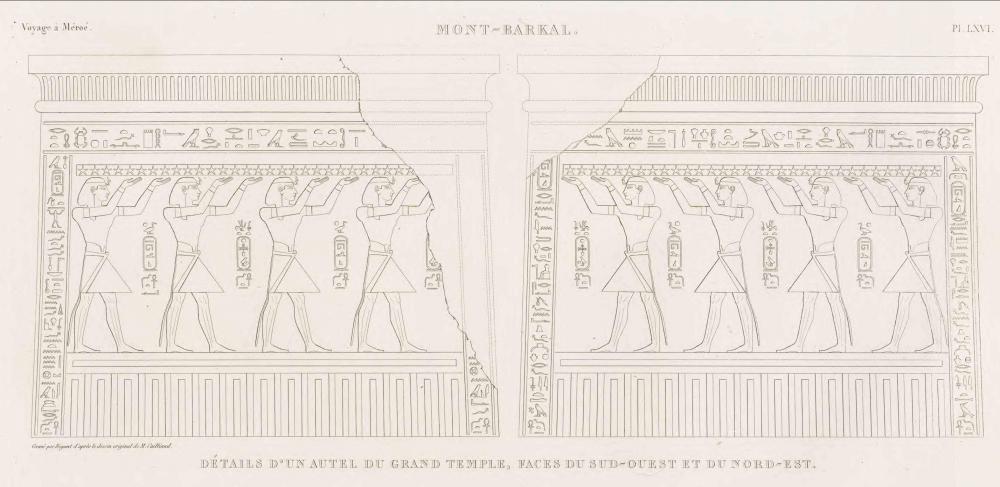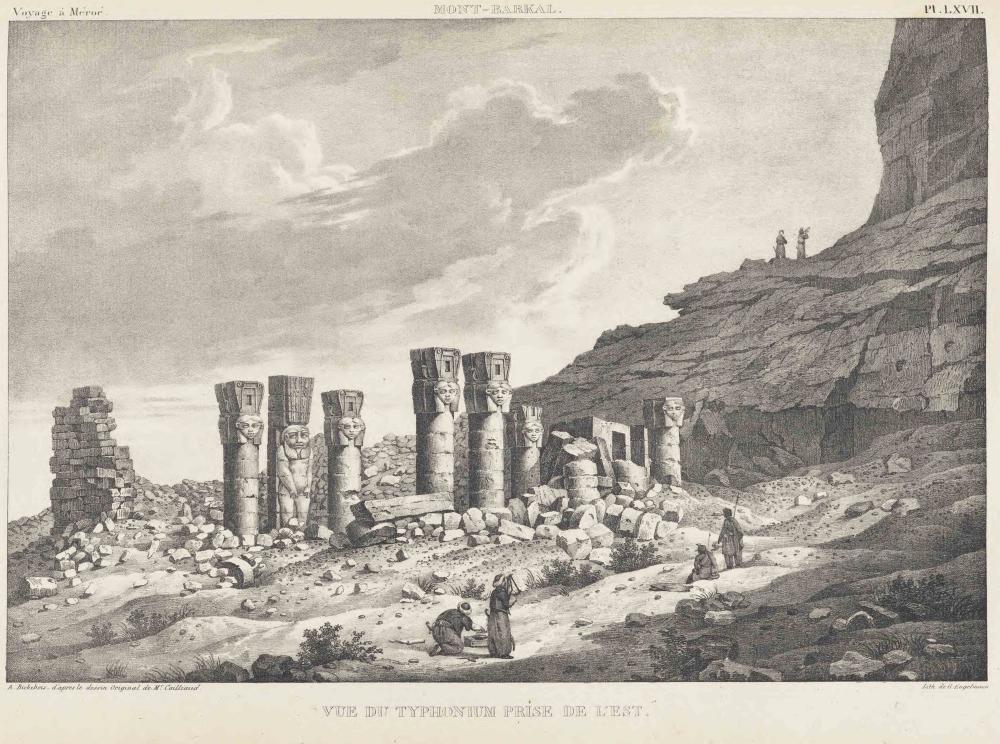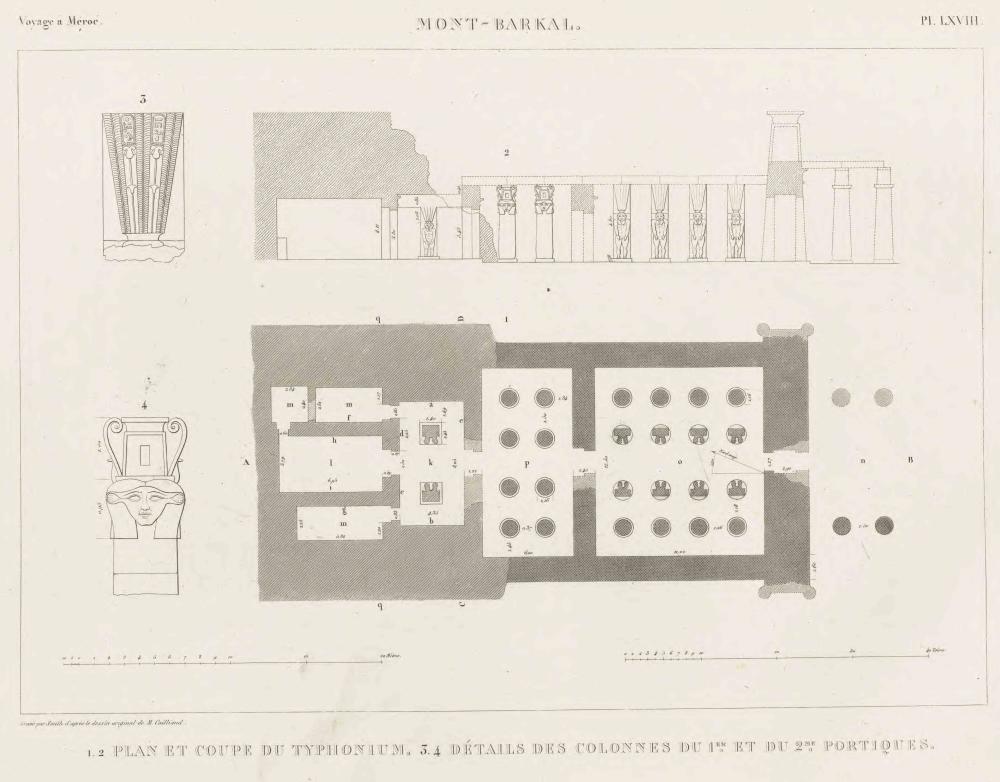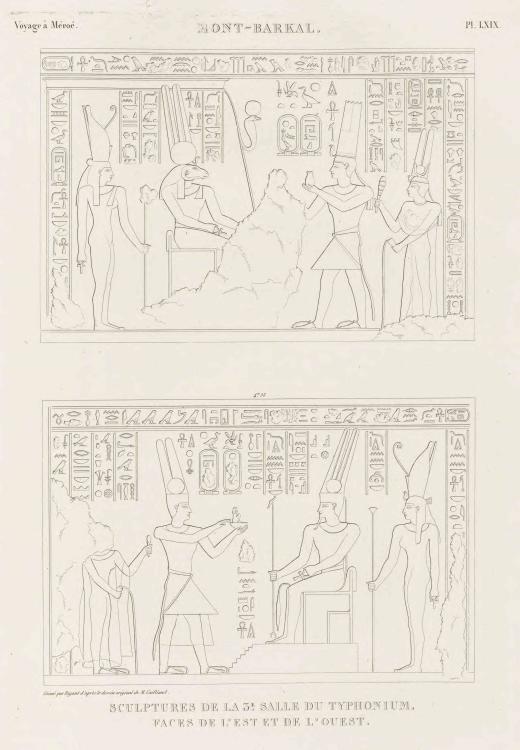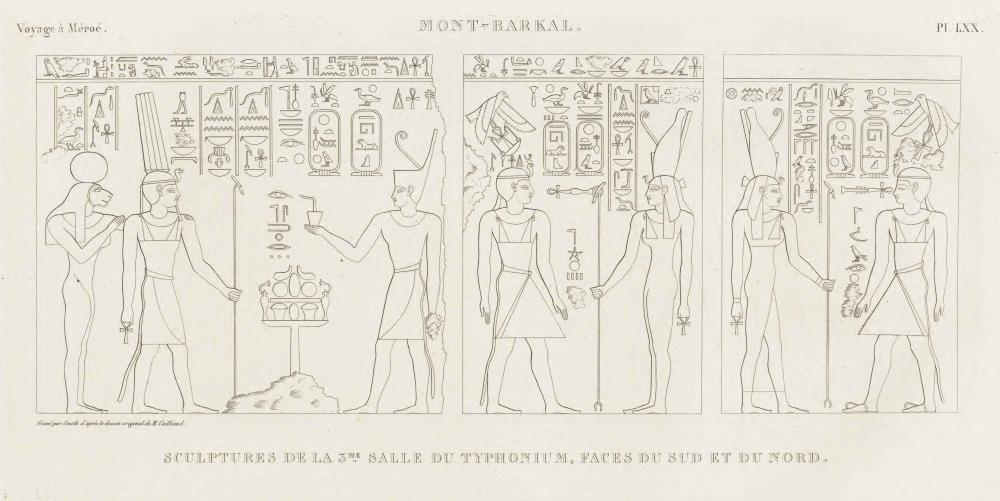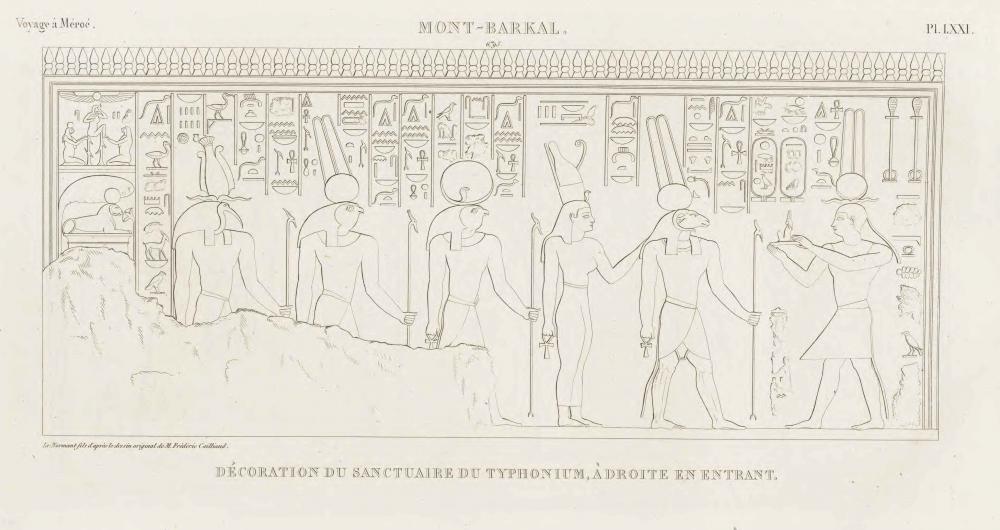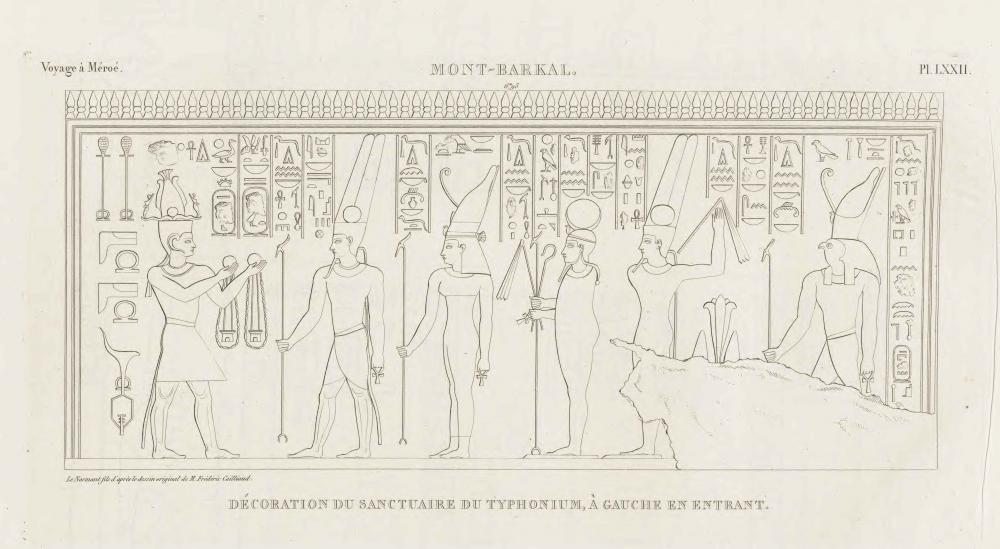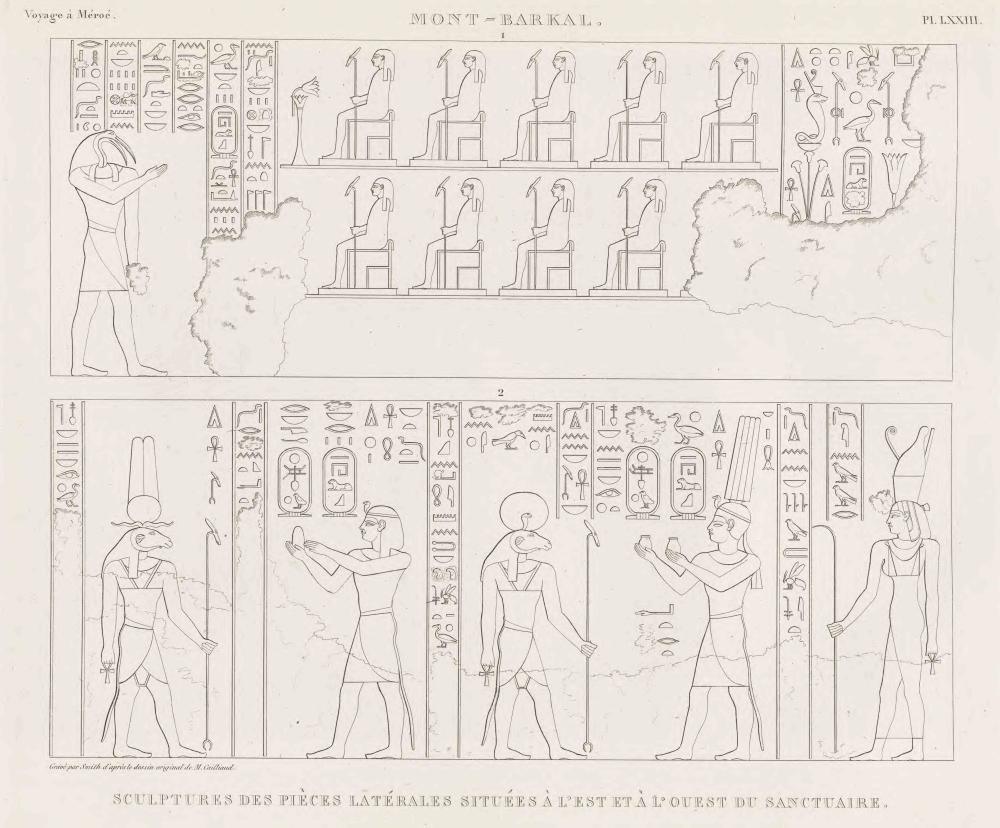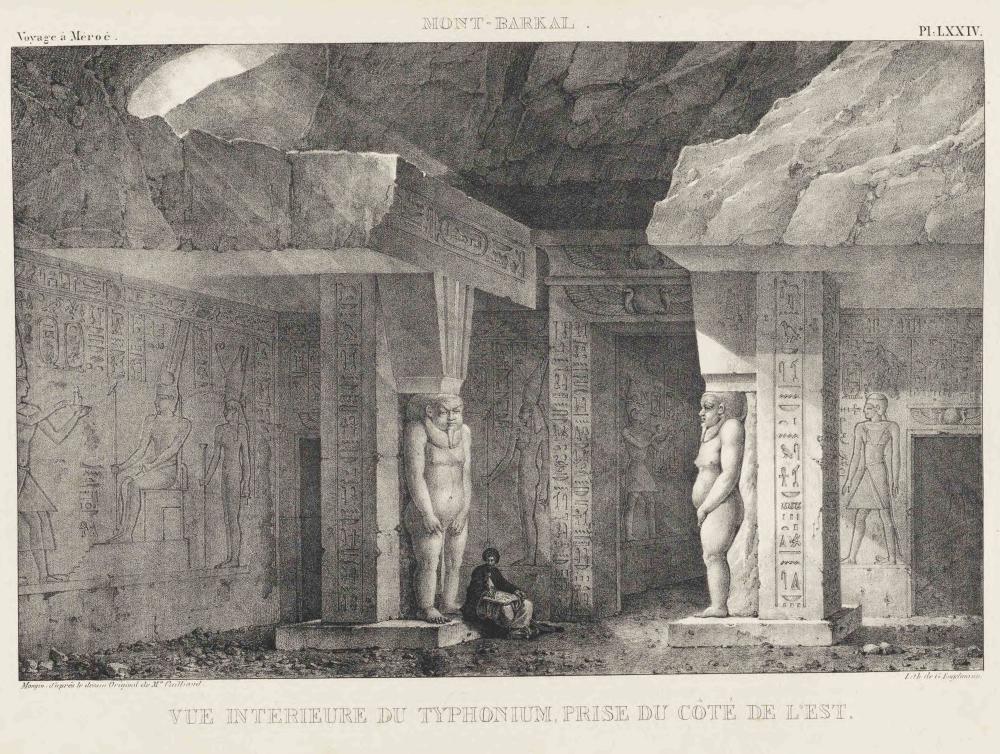-
Posts
2.332 -
Joined
-
Last visited
-
Days Won
60
Everything posted by Sundiata
-
You guys used the wrong reference for that special Persian Gate :-/ The Ishtar Gate was built by Nebuchadnezzar II of the Neo-Babylonian Empire in 575BCE in Babylon. Persepolis, the actual Achaemenid Persian capital should be the primary source for such buildings, like the CC, which is excellent. I've seen other people criticise the Persians for looking too Babylonian before in youtube comments. The Gate of All Nations, built by Xerxes I between 486 and 465BCE at Persepolis would be a much better option in my opinion.
-
Isn't that a little overkill? Siege workshop, archery range, cavalry stables for all civ's: definitely yes! But chariots and stables seems like a logical marriage. Camels and stables? Close enough for me. How many different camel-units is a single civ going to train anyway? Elephant stables, perhaps yes. Dog kennels: meh, a tech/upgrade called "kennels" at the barracks should do, I think. I like differentiating fishing hut, trading dock, and military shipyard, but then again, I'd also like to see a dedicated economic structure (civ-specific economic speciality) for every civ, as a pre-requisite for trade between markets, or allies. But that's a very tall wish-list, and only very few people actually modelling and coding in the possibilities... My excitement will jump through the roof if/when the stables and archery ranges are implemented for all civs... Perhaps the other stuff can come only after that.
-
I think it's been pointed out an uncomfortable amount of times that there are some core issues with 0AD... As a one man army, LordGood is going a long way mediating this, including elemental aspects of a fun game of this type: building variety and logical options/choices tied to those buildings like techs and units. Lack of building diversity takes away the fun in a game longer than 20min. Adding as much as 3 new (functional) building types per civ is awesome! coders should try to keep up with this man, because he clearly has vision, and his work leaves a very noticeable impression on the game.. For example, I saw Nescio and Leper working on a way to be able to display more building slots in the GUI over here, which already solves one potential problem. I know the AI is a different beast altogether, but LordGood's and Stanislas69's progress in the modelling department merits the attention from coders. This can be a nice communal project. Has anybody asked @Alexandermb wether he's interested in contributing models for this project? Three people working on it at the same time is sure to speed up the process considerably.
-
Why not just use a small, simple structure in one corner, very similar to an Iberian house, and place the stalls around that (market consisting of a "storehouse" and stalls, instead of just stalls). Something like lordgood's format for the Kushite market:
-
LordGood making it shine bright Lacedaemon!
-
Yes, the targets are very cool! Targets for archery range and dummies for barracks seems like a good distinguishing feature indeed...
-
Thanks! I lolled... Seen as it was probably painted, you wouldn't be able to tell either way
-
@LordGood, another thing: Everybody knows the 4 settlements that came together to form ancient Sparta: Limnae, Pitana, Mesoa and Cynosura (actually, I had to google that) But there's a 5th settlement, Amyklaion, or Amykles, site of the sanctuary of Amyklaion and the Throne of Apollo, 5km south of Sparta. You can actually see it on the southern edge of the map I shared in the previous post as Amyclae.
-
Holy moly that's cool! I love it!
-
@Nescio's explanation of the term temenos is indeed more accurate than mine @LordGood I'm no Sparta-expert, but realising how difficult it is to find good inspiration with such a scarcity of remains from the period, I thought I'd share these... They're a little too fanciful to my understanding of Sparta, but they are based on ancient descriptions, and are some of the very few tentative reconstructions of the city I've come across. Maybe it will help.
-
@serveurix, it's called a Temenos, basically a sacred enclosure, from the Greek verb τέμνω (temnō), "to cut", in reference to the action of cutting off a piece of land by walling it. The term is commonly used in regard to Greek as well as Egyptian culture, where sanctuaries and temples where often walled. It serves a symbolic purpose (separating that which belongs to the god from the rest), as well as a secondary defensive purpose, protecting the massive riches inside the temple from potential raiders (lot's of gold). https://en.wikipedia.org/wiki/Temenos
-

Age of Empires definitive edition [remaster]
Sundiata replied to Lion.Kanzen's topic in Introductions & Off-Topic Discussion
I think this is one of the points where 0AD has a potentially major advantage over AoE. The 200 pop-cap thing was one the most aggravating limits in the game, and 0AD can potentially handle thousands of units. A lot of room for epicness right there. But without a battalion and army system, it's going to be a hot mess. Armour upgrade researched at the blacksmith makes perfect sense. I also think tower upgrades at the tower make a lot more sense than at a granary. Alternatively they could be researched at the fortress or a "research institution" like a library. -
Scythian references by Evgeny Kray and Alexander Deruchenko: And finally this: Scythian horse fully equipped with reproductions of horse accoutrements found in ancient Scythian chief grave.
-

===[TASK]=== Crowd Sourced - Thracians (Faction)
Sundiata replied to Cleo's topic in Game Modification
-

The Kingdom of Kush: A proper introduction [Illustrated]
Sundiata replied to Sundiata's topic in Official tasks
Ok, @balduin, I see you like licenses... It's really not that important because these things are not meant to be in the game. If it's for in the game, I'll make/write it specifically for that purpose. Anyway, for you: I hereby explicitly grant permission to anyone to use anything of my own writing or creation, and have posted in this thread, under the following licence: CC BY-SA 3.0 I am 100% for animated storyboards, but are there any animators in the community willing to work on this? There's a bunch of nice features on the video recording stuff in Atlas, so theoretically you can use 0AD itself as the platform to create these animated histories for each civ. But it's a lot of complicated work not a lot of people know how to do, me thinks... Quoting myself here: "Video-editing features can be used more often to make pretty "short-video's" introducing all of the civ's in a 45sec. format for example.." related?- 1.038 replies
-
- 1
-

-
- civ profile
- history
- (and 5 more)
-

The Kingdom of Kush: A proper introduction [Illustrated]
Sundiata replied to Sundiata's topic in Official tasks
@balduin lol, I just made it for fun because I was bored, it's entirely created with storyboardthat.com, so it's definitely not meant to be in game. By the way, everything I write and produce which is published here is free for all... As long as it's a much more mature style than this, it would be a nice idea for all the civs.- 1.038 replies
-
- civ profile
- history
- (and 5 more)
-
I second Tomcelmare. I really love what you're doing here! I hope you continue these updates for all the civ's. They make the game look all the more beautiful... Archery range, siege workshop and stables are clearly distinguishable to me. I'm sure props like a horse and saddle, a semi-completed siege-weapon and bows and arrows lying around will clarify their respective roles even further. I have one small suggestion. If you intend the archery range to be a building from where you recruit archers, maybe close the outside face of the building on the opposite side of the targets, to create a more enclosed structure on that end, other wise it might look like you're recruiting people from an open space.
-

The Kingdom of Kush: A proper introduction [Illustrated]
Sundiata replied to Sundiata's topic in Official tasks
The Kingdom of Kush: A (very) Short History A very compact, crash-course in Kushite History I still have so much to do, but still managed to get bored, and made a very short, simple storyboard on post-Egyptian Kush (using Storyboard That). Just for fun. Basically Kush for dummies. A useful intro for school-kids and people looking for a bite-sized 5min introduction on this history. Individual scenes:- 1.038 replies
-
- 6
-

-

-
- civ profile
- history
- (and 5 more)
-
Like these ones, for example?
-

Vox Populi - The Ultimate Balance Mod
Sundiata replied to Hannibal_Barca's topic in Game Modification
@Nescio: The references actually include a war-elephant statuette from Meroe, with mahout... In the Lepsius collection alone, six elephants are depicted, 2 of them held by a rope, one elephant can be seen between the feet of a ruler, the same way dogs and lions are sometimes depicted and one deity(?) can be seen riding an elephant: Elephant depictions feature prominently in Musawwarat es Sufra, and important sites in Meroe itself. Ptolemies to their North acquired part of their elephant-corps, specifically from the Island of Meroe, (the location of Musawwarat) as well as mahouts... Axumites, to the South of Kush, acquired some of their war-elephants from the southern reaches of Kush. Finally, I'll share the following image of the war elephants in Musawwarat again, showing it in a bigger context. An oversized Kushite ruler is seen standing with one foot on the back of each of the two elephants, leading prisoners of war by a rope, as if to say that victory was delivered on the backs of these elephants. Also, you said: "The usage of war elephants is well attested for...". I need to remark that most of that "attesting" is done by sometimes ambiguous classical authors, and blindly parroted by historians ever since. I'm not doubting the use of war-elephants in those empires, I'm just clarifying that even in those "logical examples", clear evidence is often lacking. Their history is just taken for granted, while that of Kush is simply overlooked even though there is a significant amount of really tangible information to go on compared to other states of the time. Either way, most academics in the field consider Kush to have fielded war-elephants, at least occasionally, including, but absolutely not limited to, David Nicolle Phd, who i quoted here. About siege-towers and battering rams: There is a very clear reference to the use of battering rams and siege-towers dating from the 8th century BCE. Written in stone, using hieroglyphs, a stela dedicated by Piye of the 25th (Kushite) dynasty narrates the conquest of Egypt. I have had no luck finding references that date to 500BCE - 1AD time-period though. I have to clearly remark that there were many impressive fortifications in Kush, and internal struggles unavoidably led to siege-warfare within Kushite territory. When rulers put down internal rebellions, it often included retaking forts and fortified towns/cities. The nature of these fortifications was such that siege was necessary. I will be sharing more images of Meroitic period fortifications soon. The frequent forays in to Southern Egypt also meant taking some mighty impressive forts, some originally built during the Middle Kingdom but reoccupied by Ptolemies at some point. I would prefer a simple battering ram over the complex tower though... -
Zuper nice... Standing ovation!
-
This is a very relevant point, and also the reason why I think it's so important to attract (much) more people to 0AD. I'm really not expecting 10 people to implement the entire design-document and manage the slew of daily user-requests, all on their free time. I think attracting more people can be done "relatively easily" by updating the main web-site, especially using much better screenshots than the ones that are there now. Video-editing features can be used more often to make pretty "short-video's" introducing all of the civ's in a 45sec. format for example.. Creating a development report every month/two months doesn't seem too much work to do, but essential to maintaining interest (it gives people something to look forward to, in between releases). There used to be these cool weekly development reports on the main site (I totally loved them), but every week is clearly overkill.. There needs to be some kind of "PR-department" creating/managing/planning promotional materials so that, for example, pretty screenshots, or concept art created by lordgood can be featured, new models like stanislass' Thracians or alaexander and lion's Xiognu minifaction can be shown off, or code improvements explained and new mods can be presented. This "PR-team" should have access to the official website/facebook/youtube/twitter/instagram acoounts and update at least once a week (if only with a single screenshot), and contact important gaming-sites ahead of every realese. These relatively low investments of time and effort, that don't even need to be handled by the development team (maybe just reviewed by them), would do wonders in terms of attracting new players and potential contributors. Some are bound to be coders... 0AD is still shockingly unknown, and in dire need of some good ol' marketing! It would just be nice to have something a little more coherent to market. Why not include a simple campaign for the first time. That would be revolutionary. Romans for example. Nothing too crazy. You play 5 maps, one after the other, each incrementally more difficult than the last. Then you integrate it with the tutorial (for the first map at least). Generate random maps with the right setting, and modify to liking with triggers and all. Is that beyond the realm of feasibility? How often are the Departments of Computer Science in universities contacted? Can't people write specific, pre-determined sections of code as a part of their bachelor's program or thesis or extra credit? It's an open-source project after all... It's historical so there's educational aspects... Advanced classes in digital art departments could probably model a new civ in less than two days (imagine 20 people working on a single civ as a class-project)...
-

The Kingdom of Kush: A proper introduction [Illustrated]
Sundiata replied to Sundiata's topic in Official tasks
The Kingdom of Kush: Voyage a Meroë, au fleuve Blanc: au-delà de Fâzoql dans le midi du royaume de Sennâr, à Syouah et dans cinq autres oasis, fait dans les années 1819, 1820, 1821 et 1822 : accompagné de cartes géographiques, de planches représentant les monuments de ces contrées, avec des détails relatifs à l'état moderne et à l'histoire naturelle In this post, I will be sharing 60 plates from the book, "Voyage a Meroë", written and illustrated by Frédéric Cailliaud (a French naturalist, mineralogist and conchologist) and Jomard, Edme-François (a French cartographer, engineer, and archaeologist). As with the Lepsius Collection, I'm sharing all of the plates relevant to ancient Kush because of their rarity and historical value in general. What makes the plates so valuable is that they represent the earliest archaeological survey of Kushite remains in Sudan. Many of the sites have since been destroyed or degraded. These plates were produced between 1819 and 1822, just over a decade before the infamous Italian "explorer"/treasure-hunter, Giuseppe Ferlini destroyed over 40 Kushite pyramids in his search for gold... As such, these plates illustrate the most complete and in intact state of Meroitic pyramids in "modern" times, as well as many details on temples now lost. If you pay attention, you will see that the Lepsius expedition, some 20 years later, surveyed many of the same sites, and gives you an idea of the quality and accuracy of the works. About Frédéric Cailliaud: "He travelled in Egypt, Nubia, and Ethiopia, collecting minerals and making observations. He was a part of the military expedition that his patron Viceroy Muhammad Ali sent south to conquer the Kingdom of Sennar, but also marched further into Fazogli where Caillaud searched for outcroppings of gold while the commander Ismail, son of Muhammad Ali, enslaved locals and slaughtered all who resisted him. Although he failed to find any sizeable deposits of gold in the mountains along the modern Sudan-Ethiopia border, he did make a sufficiently detailed survey of the area to be published after he returned to France in 1827. "Shortly after his return, he published Travels in the Oasis of Thebes, with never-before-seen information on the people and places of the Western Desert. His Travels to Meroë (mer-oh-ay) not only offered similarly pioneering information on the peoples and regions south of the Nile’s first cataract, but also constituted the first scientific survey of Sudanese monuments. In addition, he brought back a large corpus of correctly copied textual material that, along with objects in his newly acquired collection, helped the historian Jean-François Champollion decipher the hieroglyphic language of ancient Egypt. So esteemed were Cailliaud’s contributions to knowledge that in 1824 he was awarded the French Legion of Honor."[1] He was curator of the museum at Nantes from 1836 to 1869" -Wikipedia- I will simply share the plates in their original order. Download the images to appreciate the details (they're very HQ). Naga = Naqa Ouad-Beyt-Naga = Wad Ben Naqa El-Mecaourah = Musawwarat es Sufra Assour = Begrawiya Royal Necropolis at Meroë Mont Barkal = Gebel Barkal (Napata) Nouri = Nuri Voyage a Meroë, the plates:- 1.038 replies
-
- 4
-

-
- civ profile
- history
- (and 5 more)
-

Terra Magna Infrastructure / Kushites Mod Integration
Sundiata replied to balduin's topic in Rise of the East
Yeah, Hannibal was kind enough to ask me wether it was ok with me, and asked me some follow-up questions to fill some gaps/corrections for the civ. I didn't see a problem with the faction being present in different mods. Every mod is different by definition. I look forward to Terra Magna for very different reason than why Vox Populi is so interesting. @LordGood weren't you the original source of the leak? @wowgetoffyourcellphone also repeatedly said that people could use his developments in DE for their own mods. Anyway, the main reason I like the civ in different mods is it's the best way to test it out. Mistakes are easily found and corrected, and what still needs doing also becomes a lot more clear. -

Terra Magna Infrastructure / Kushites Mod Integration
Sundiata replied to balduin's topic in Rise of the East
@balduin Of course, by all means, why wouldn't @niektb continue? The mods leave you free to do what you want

